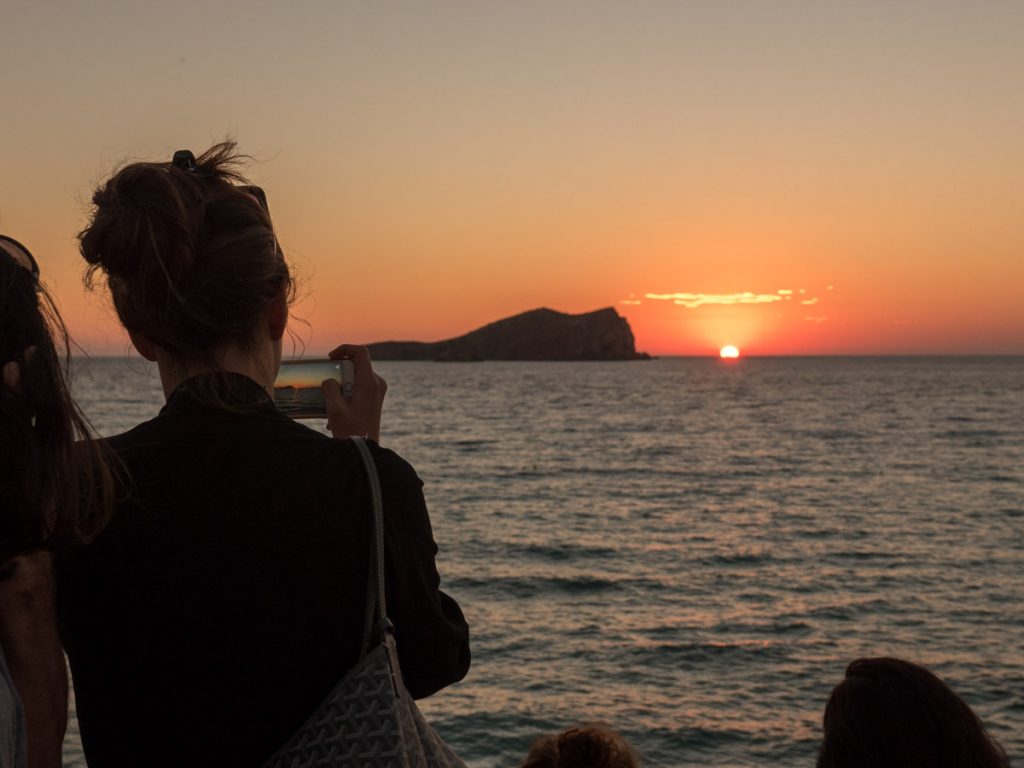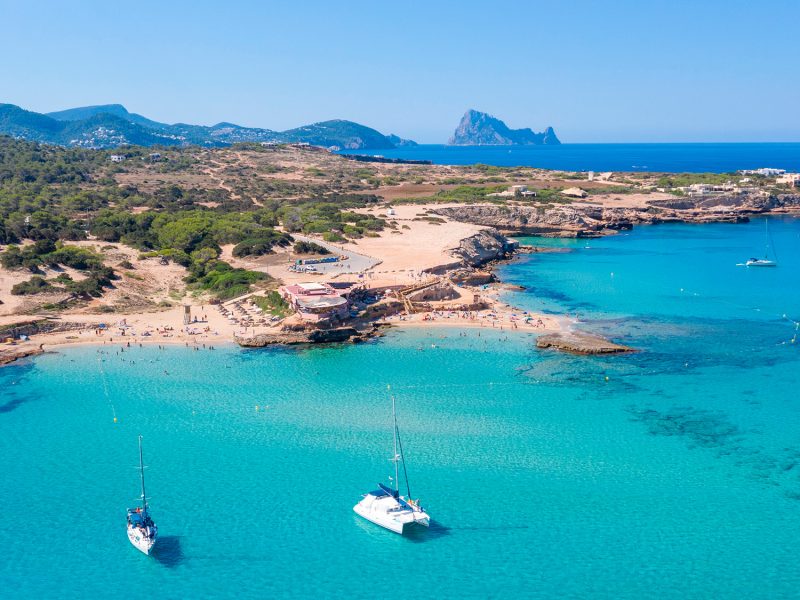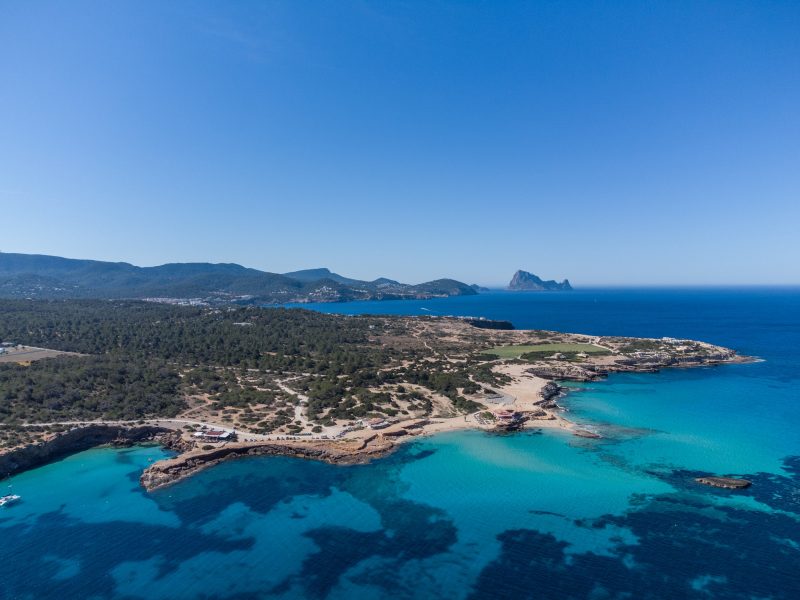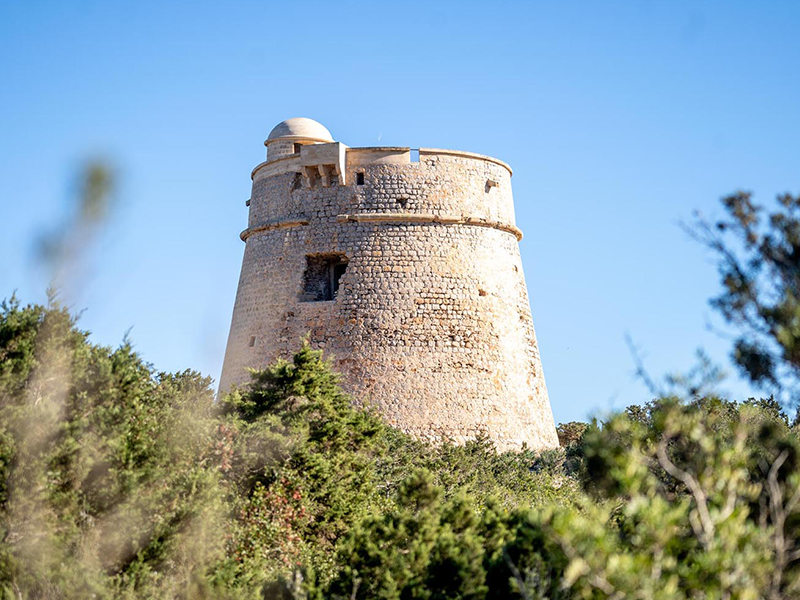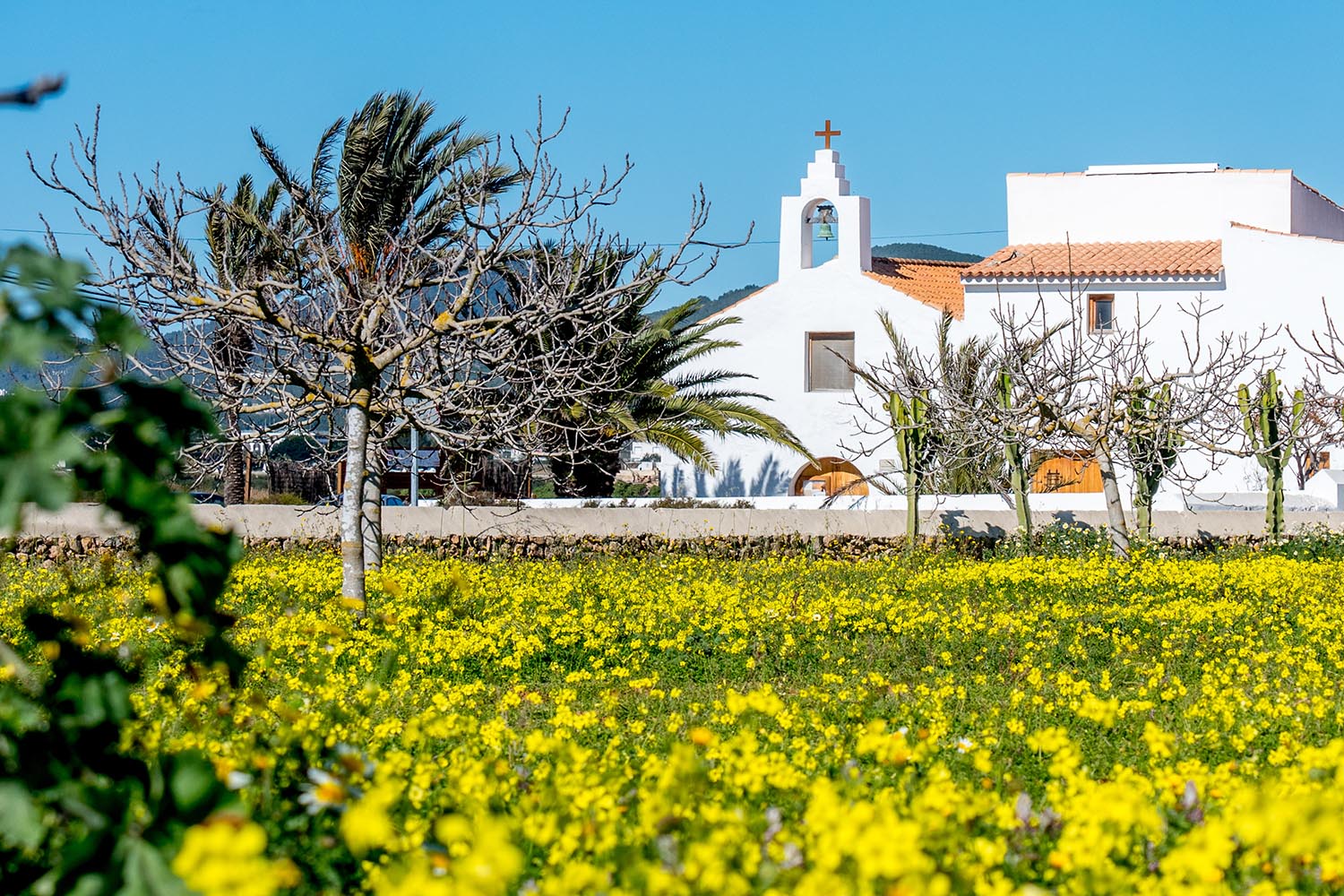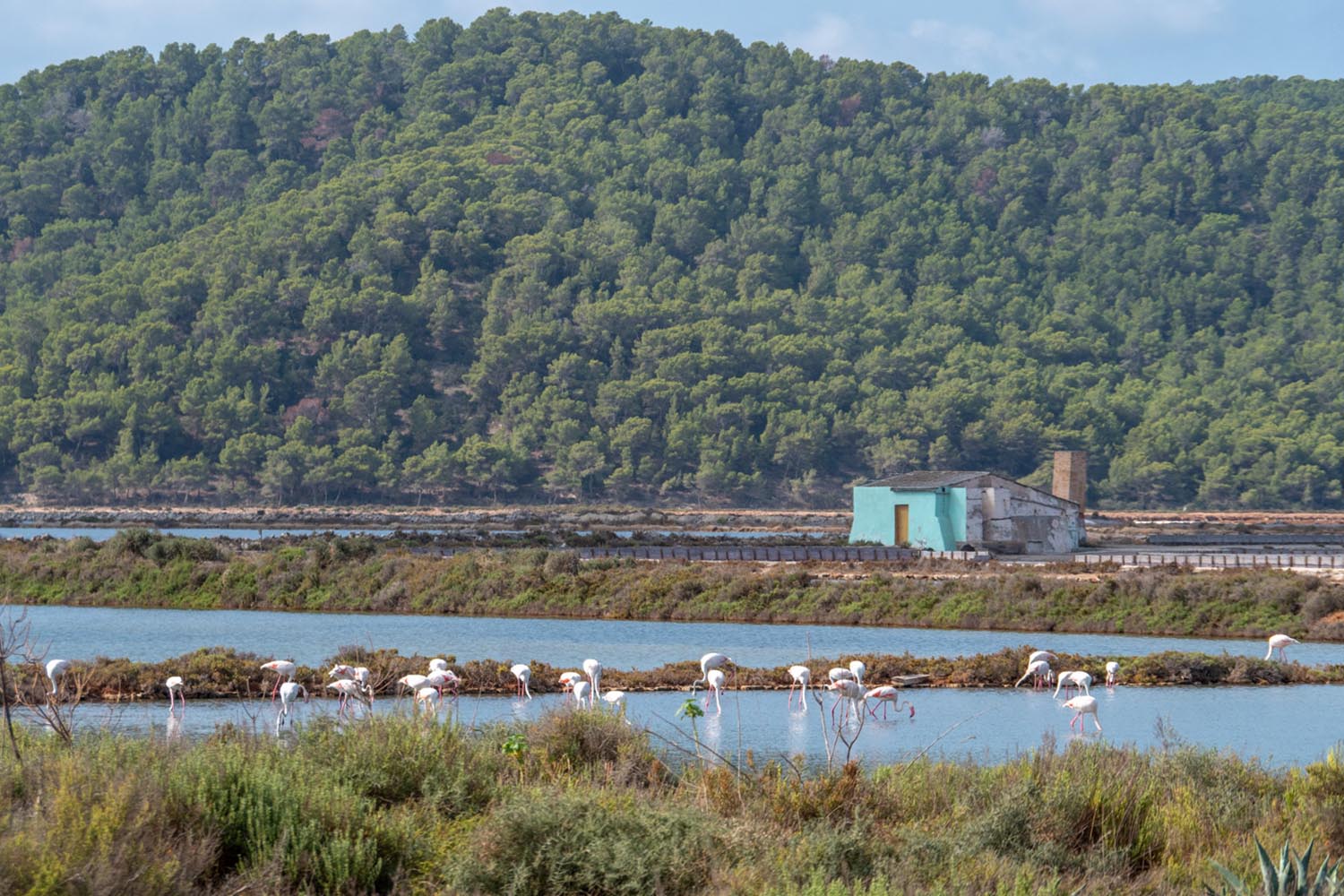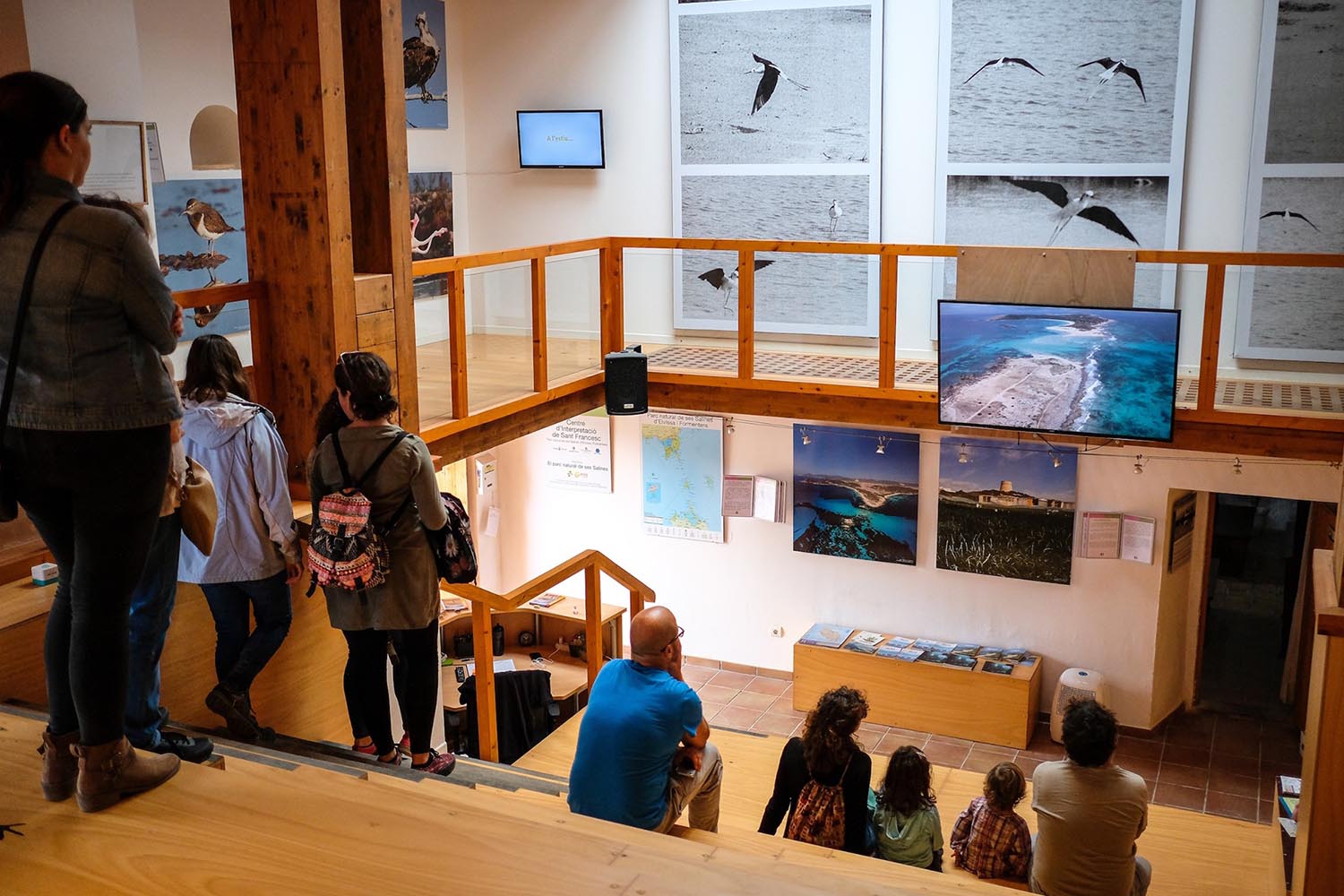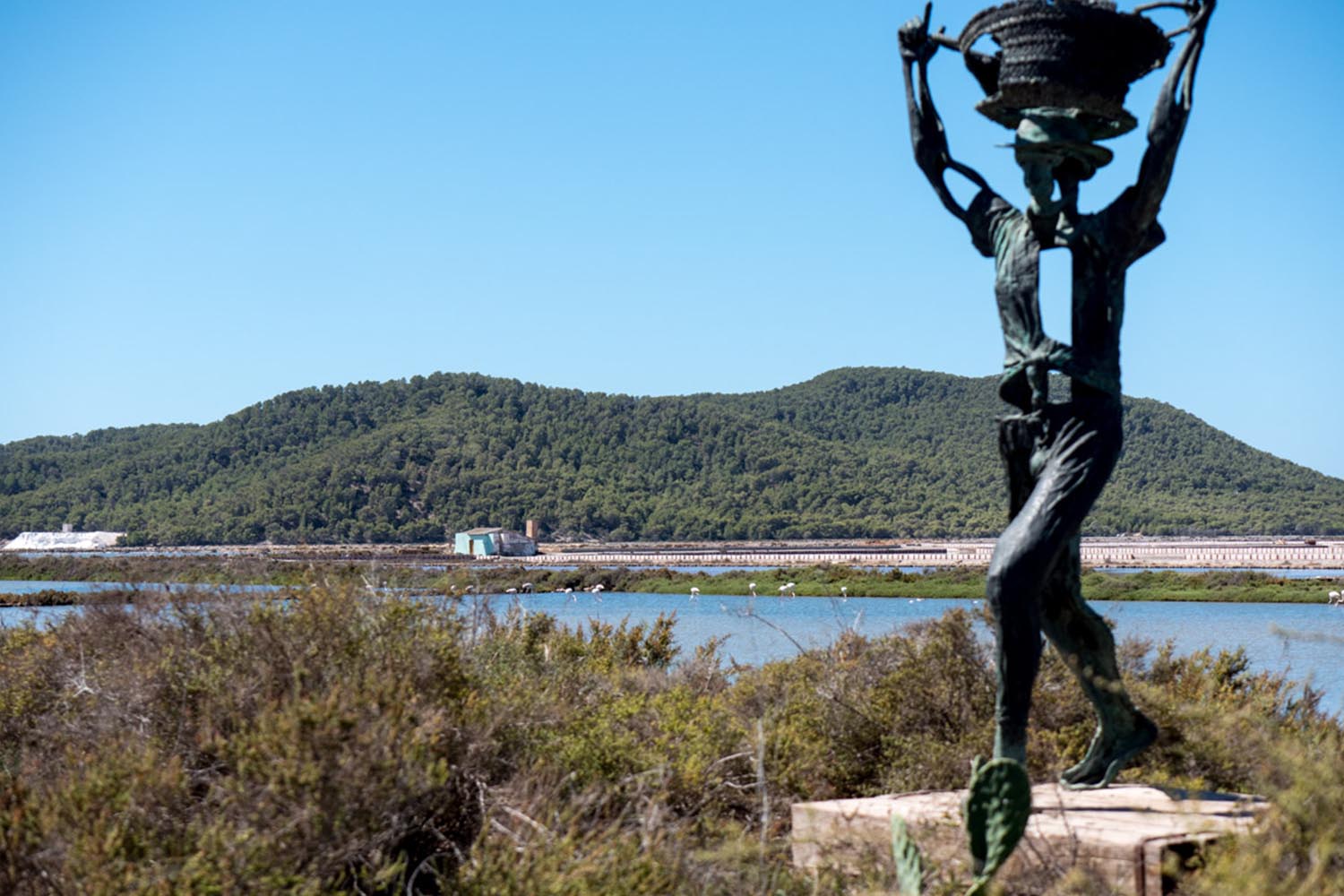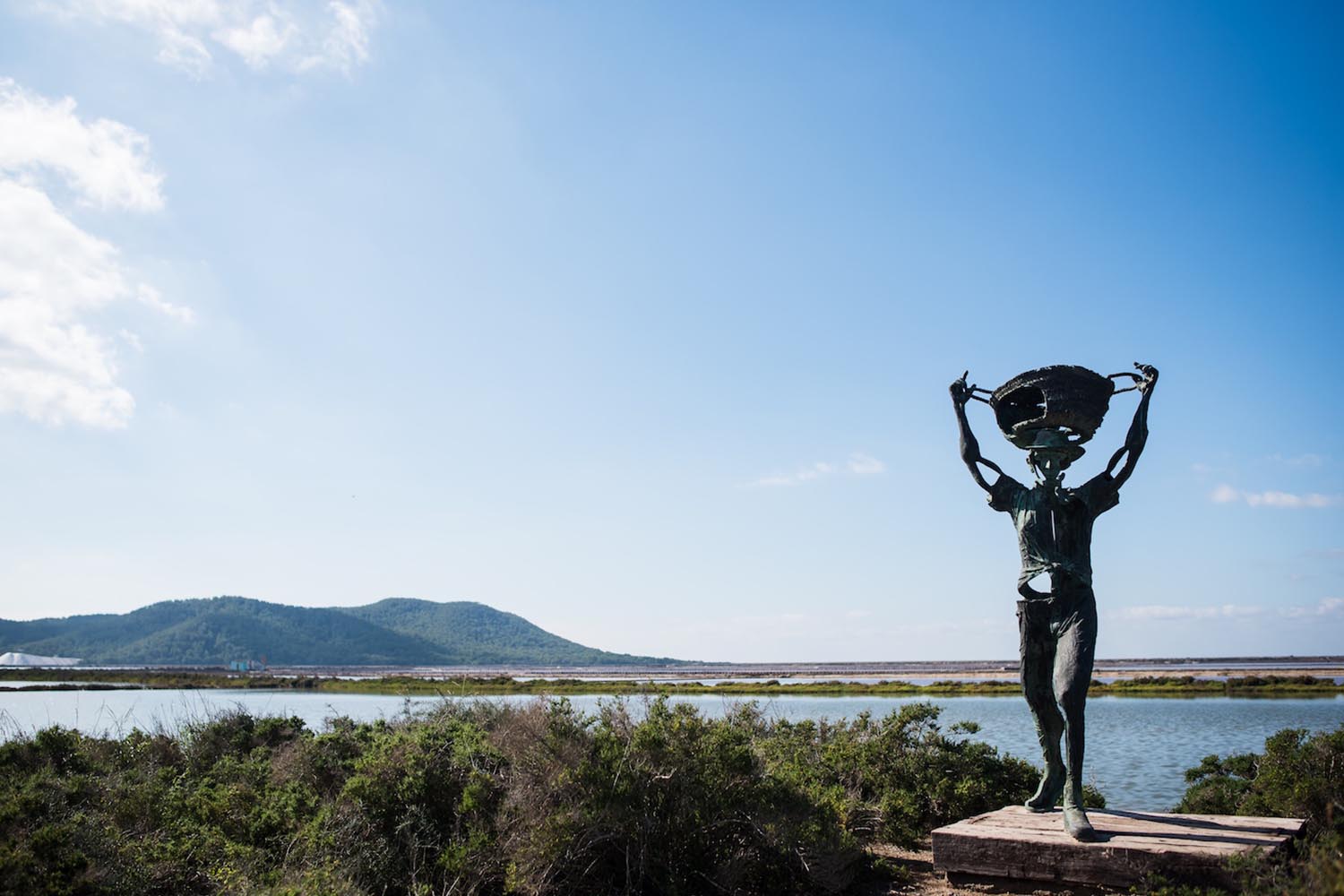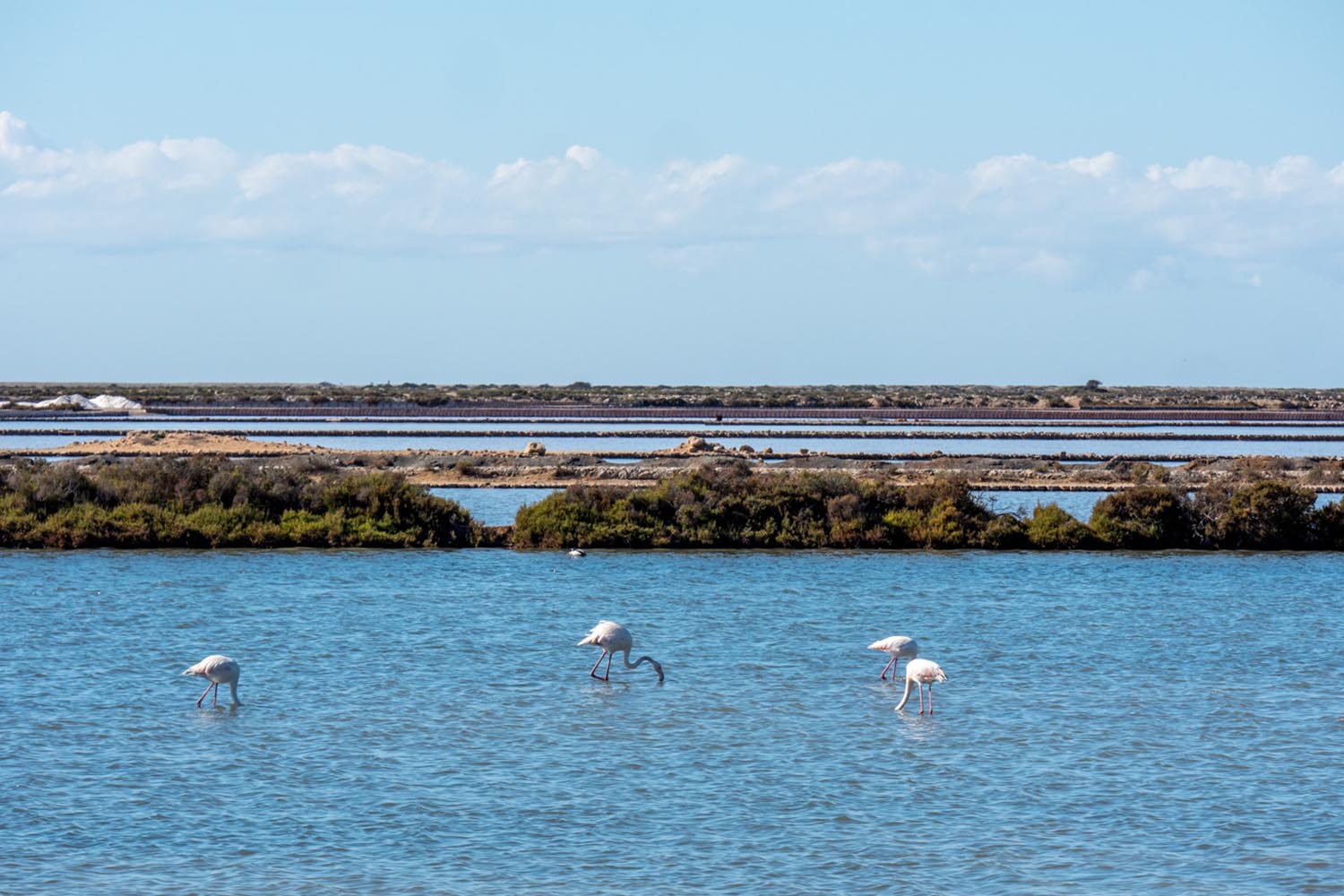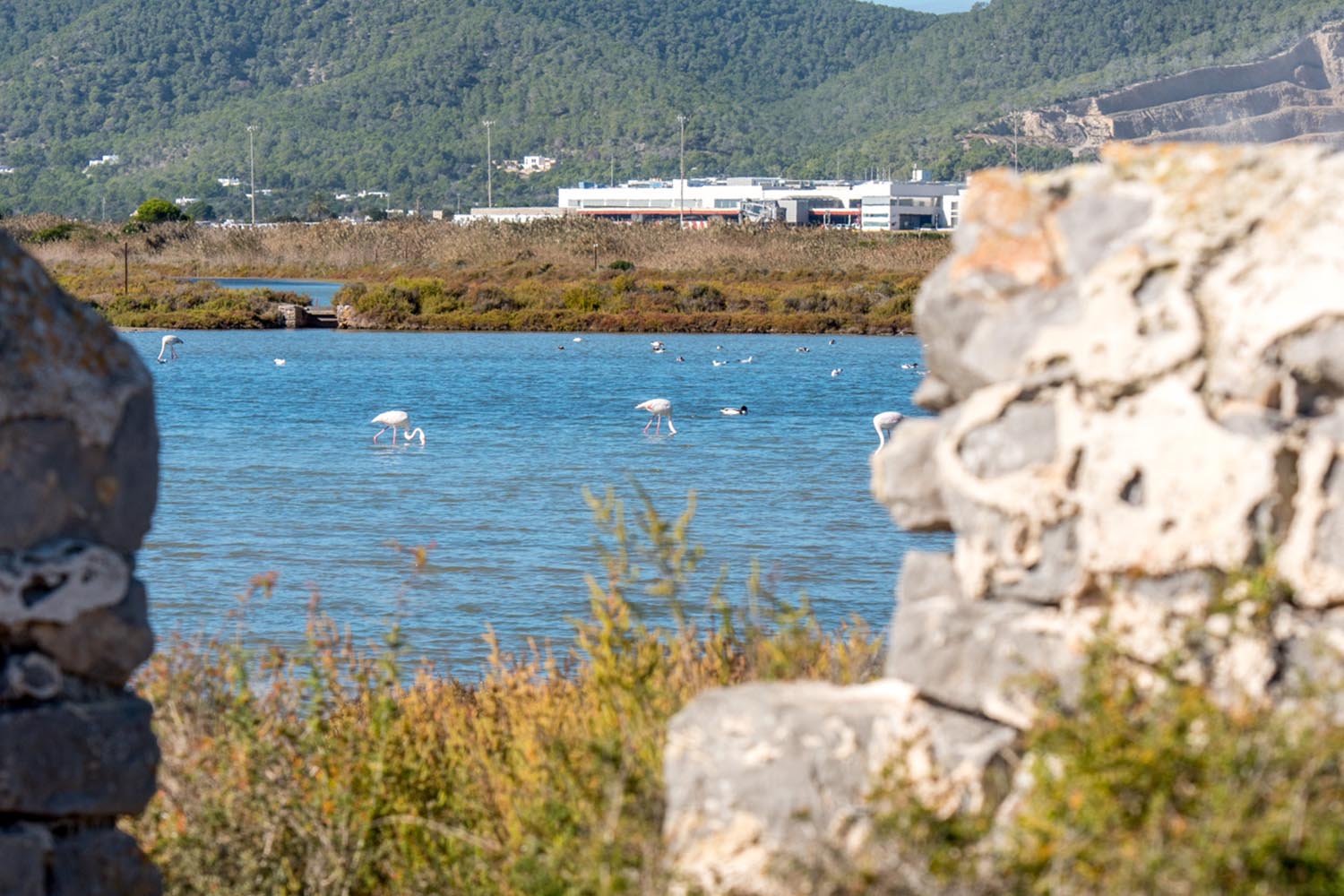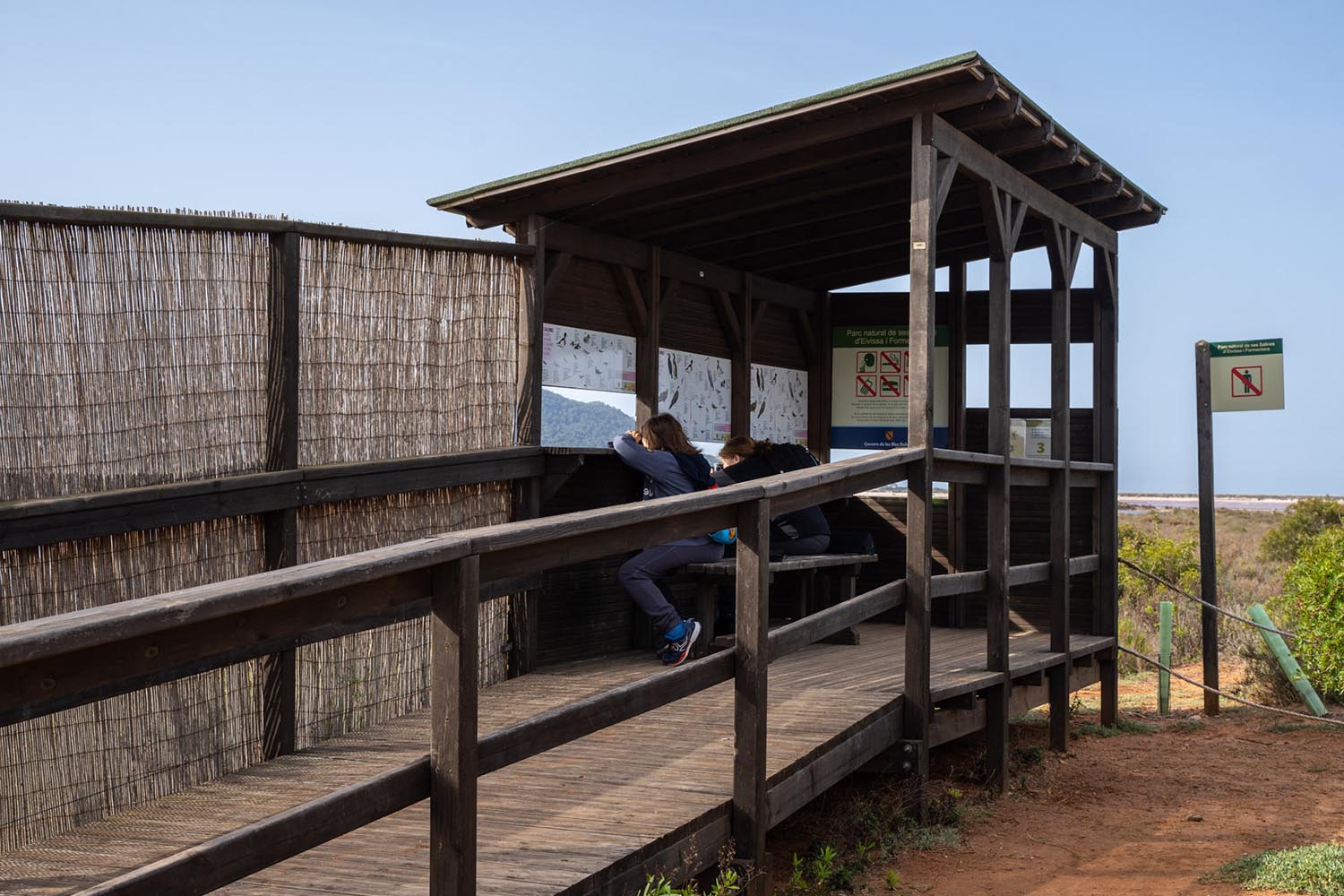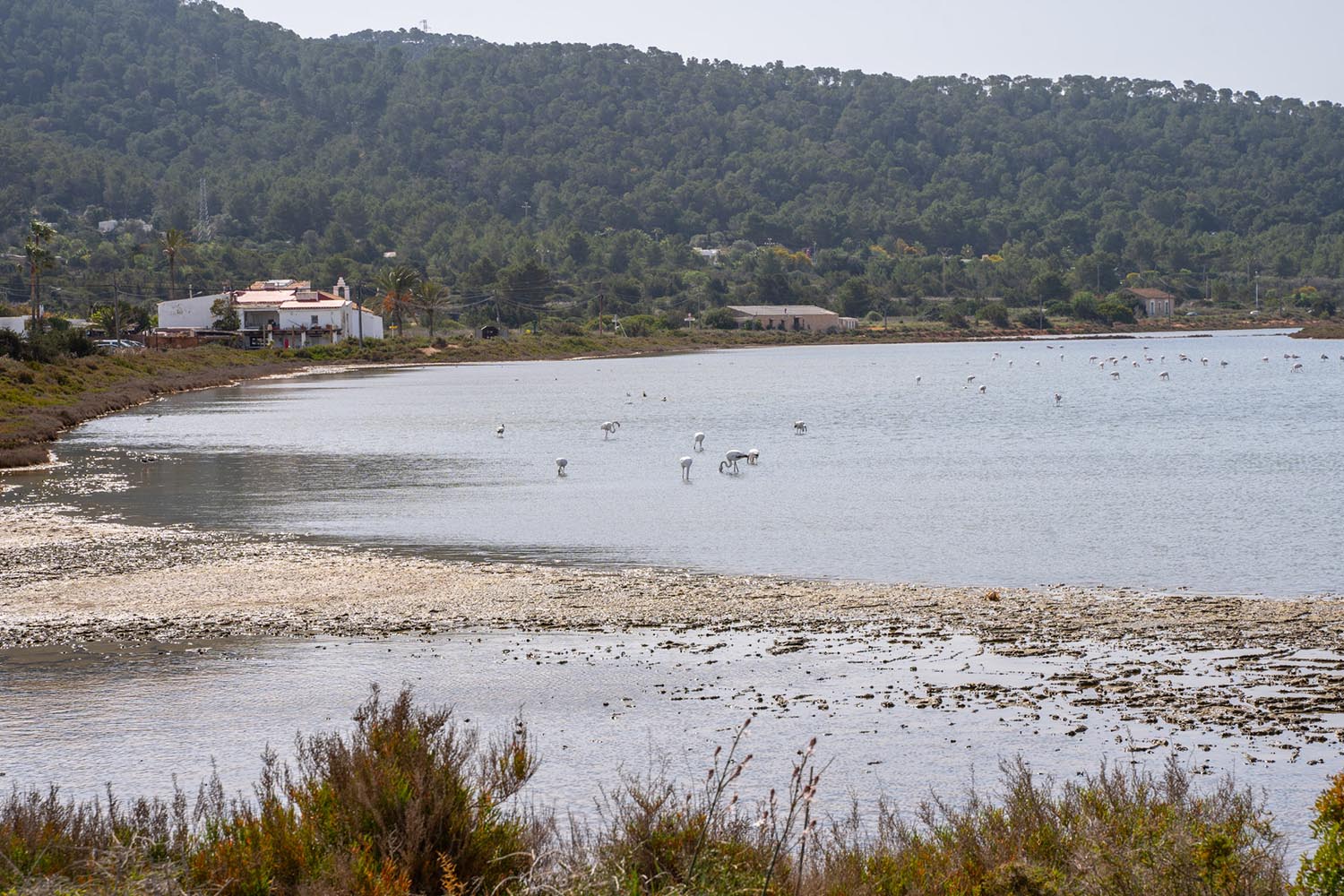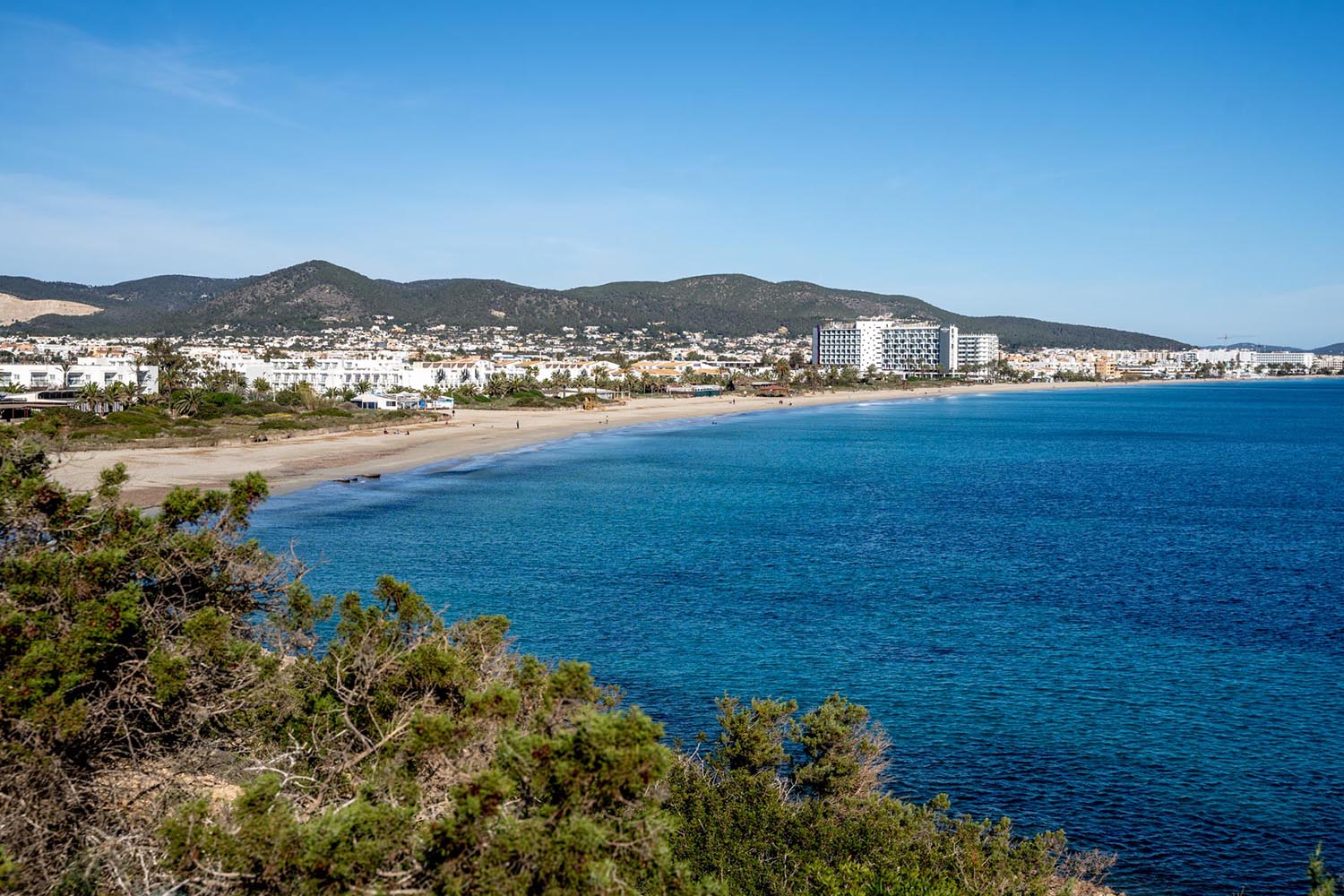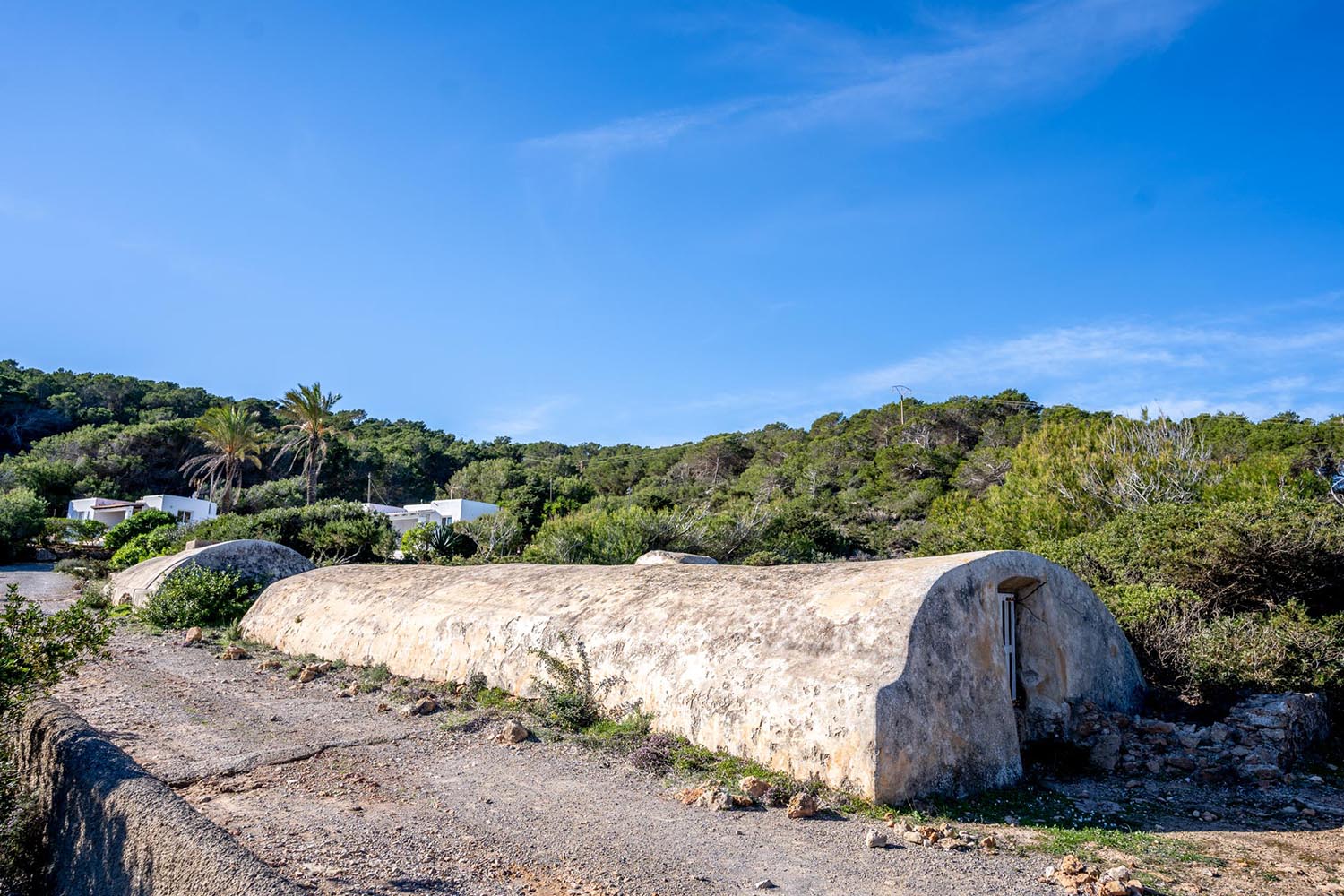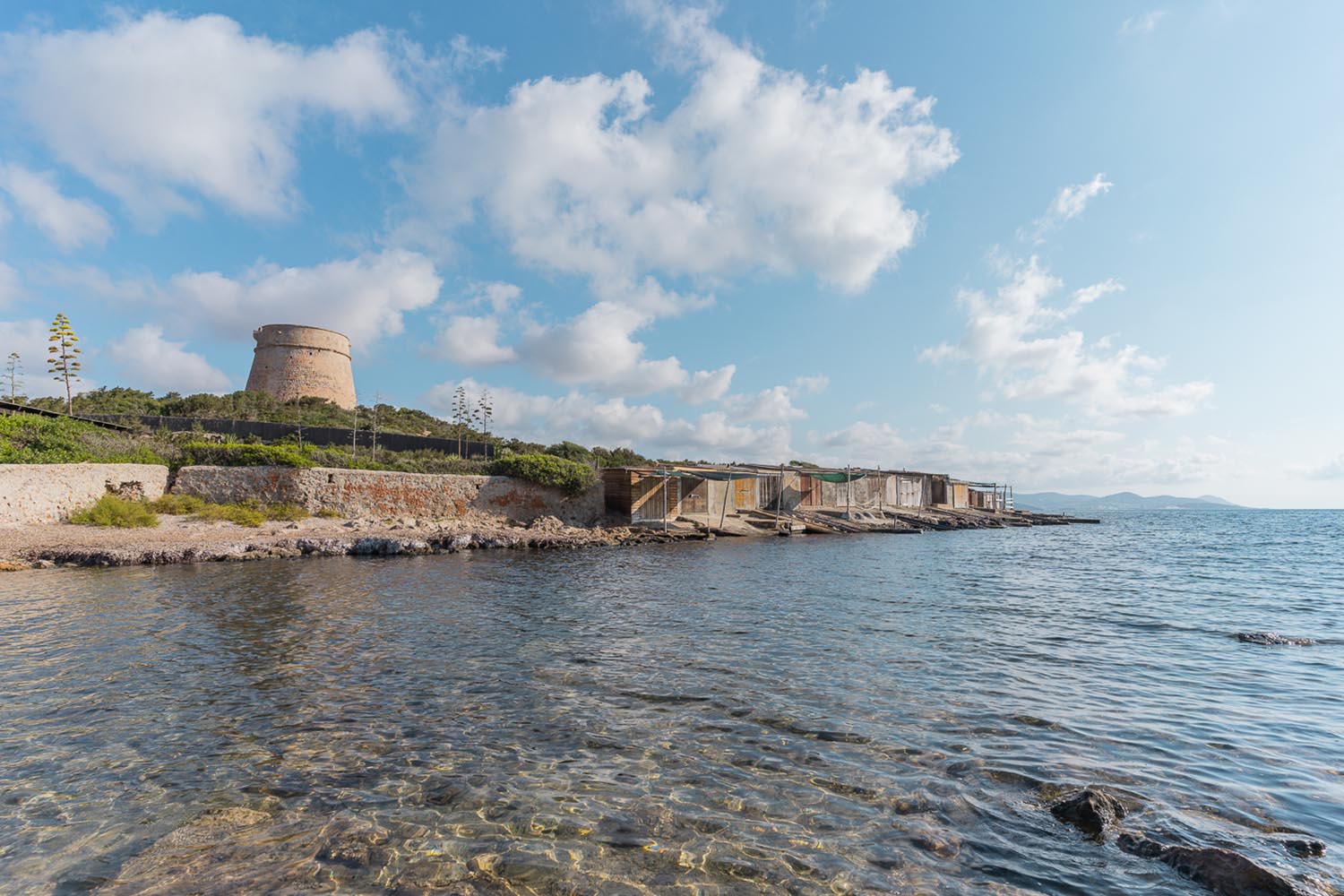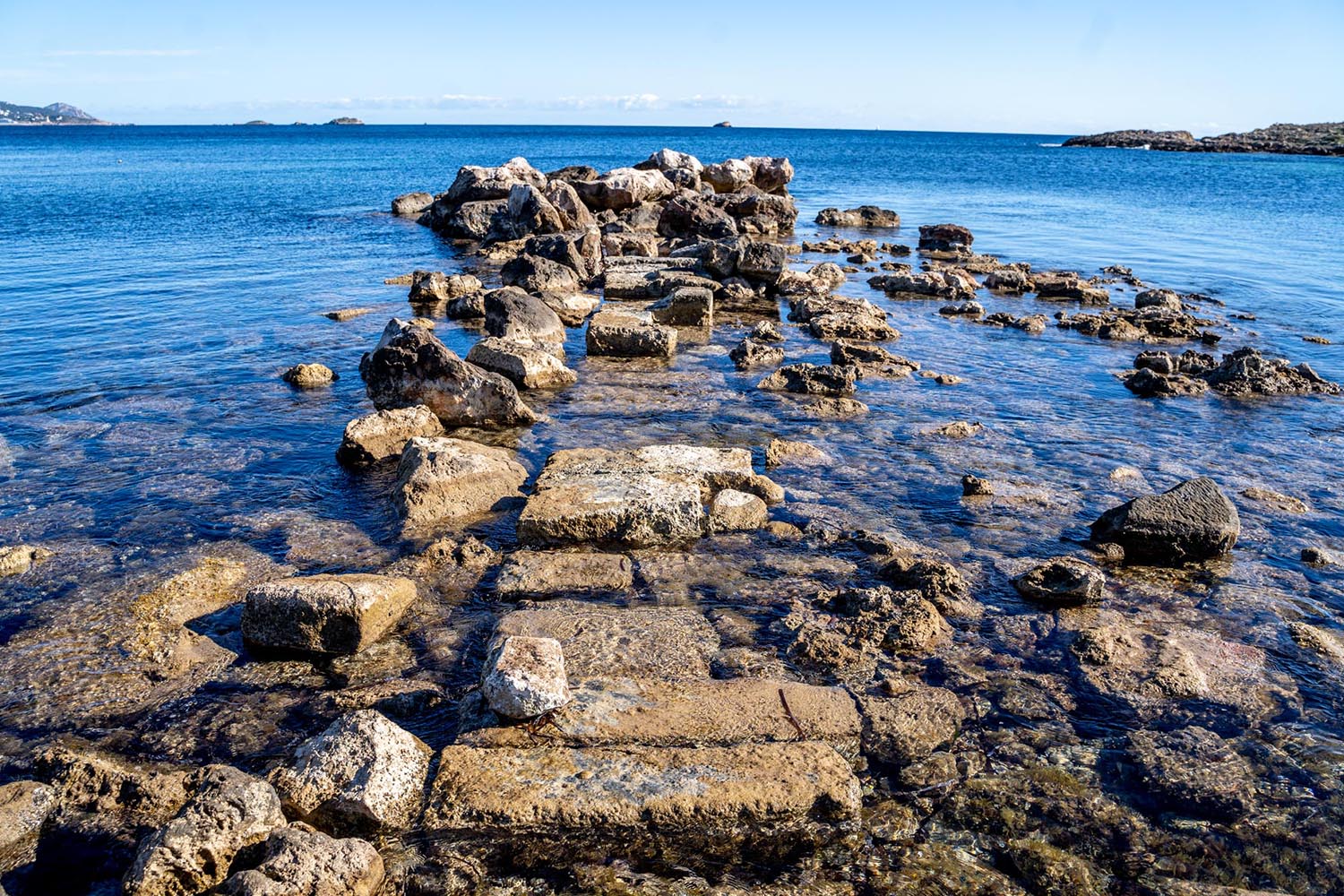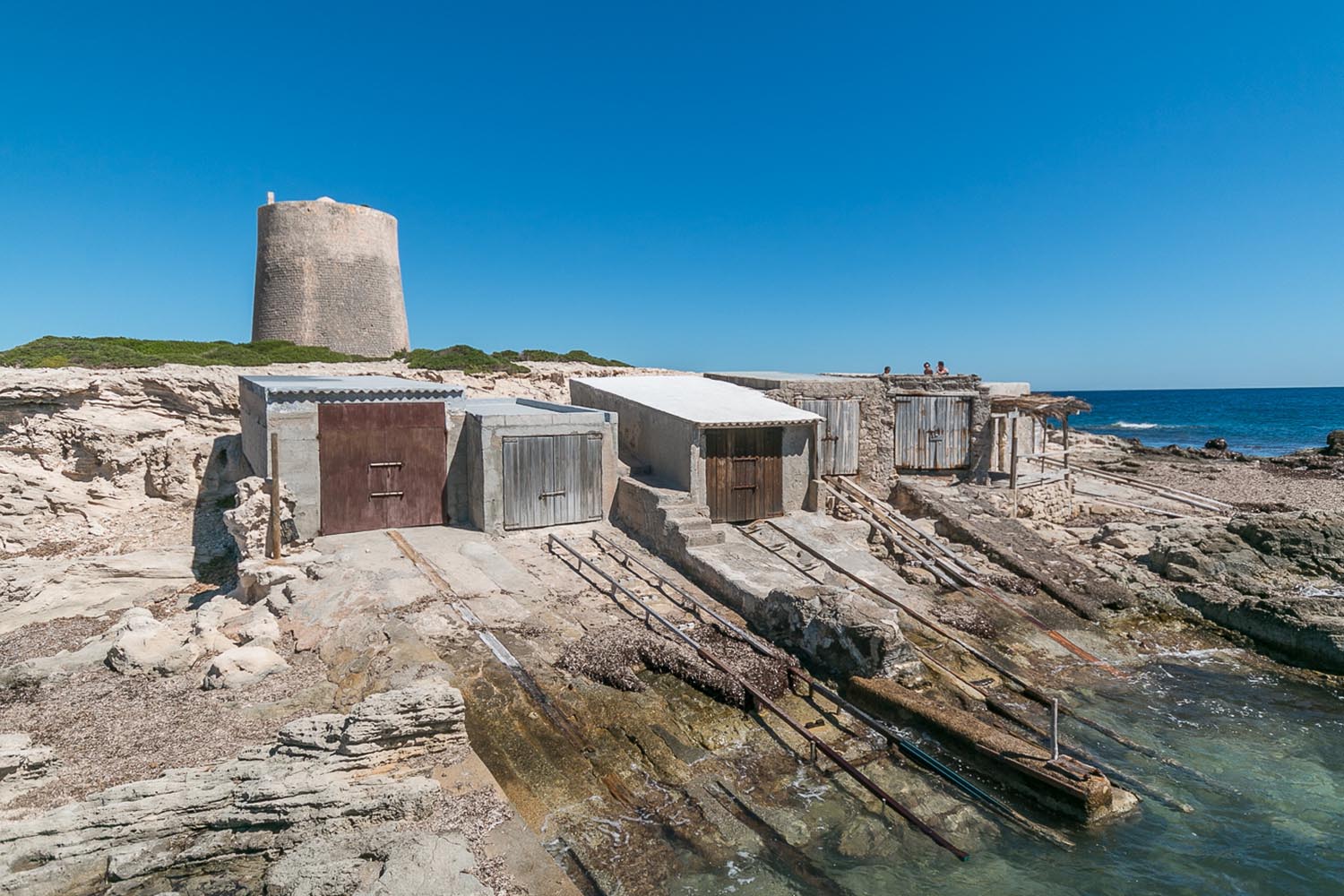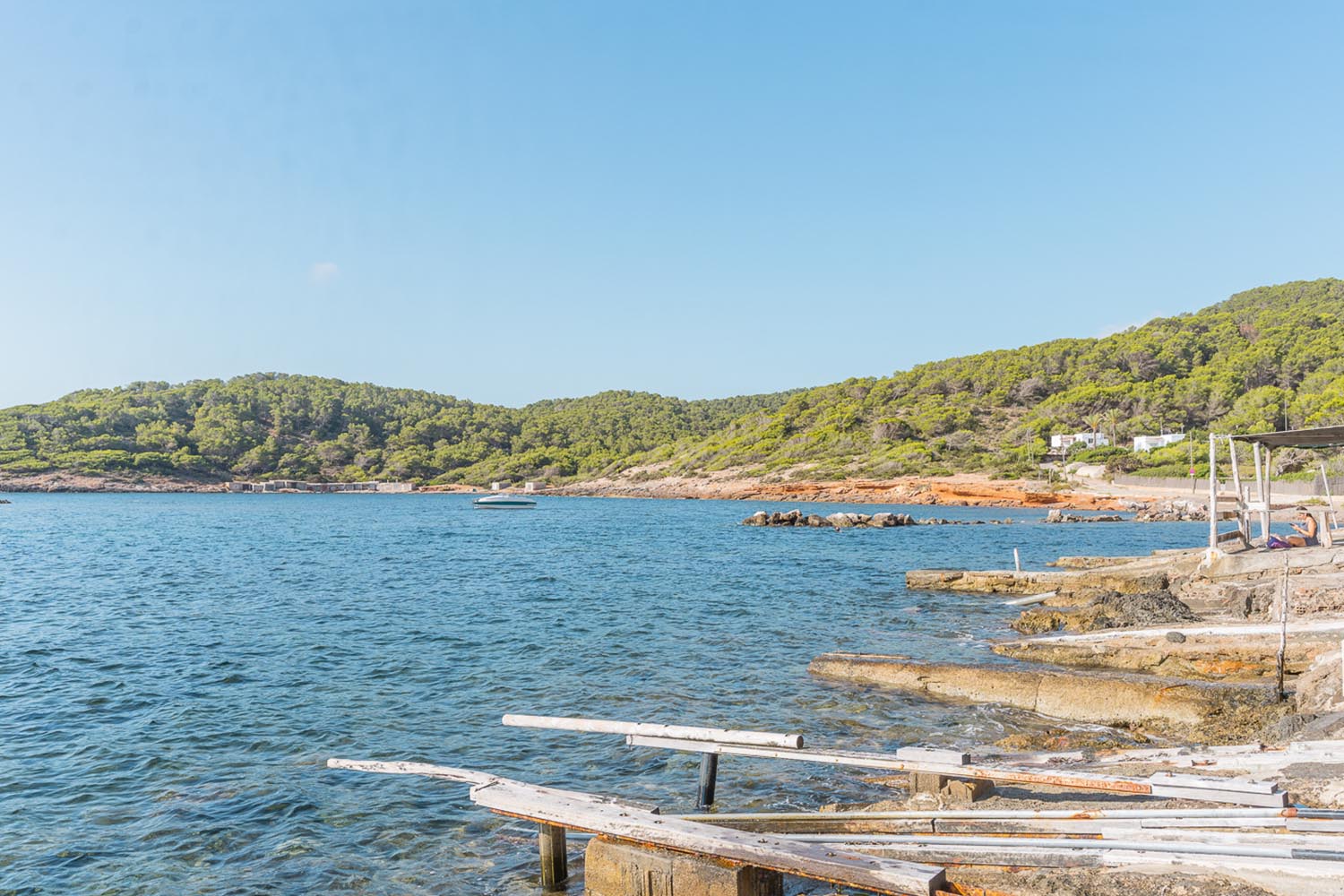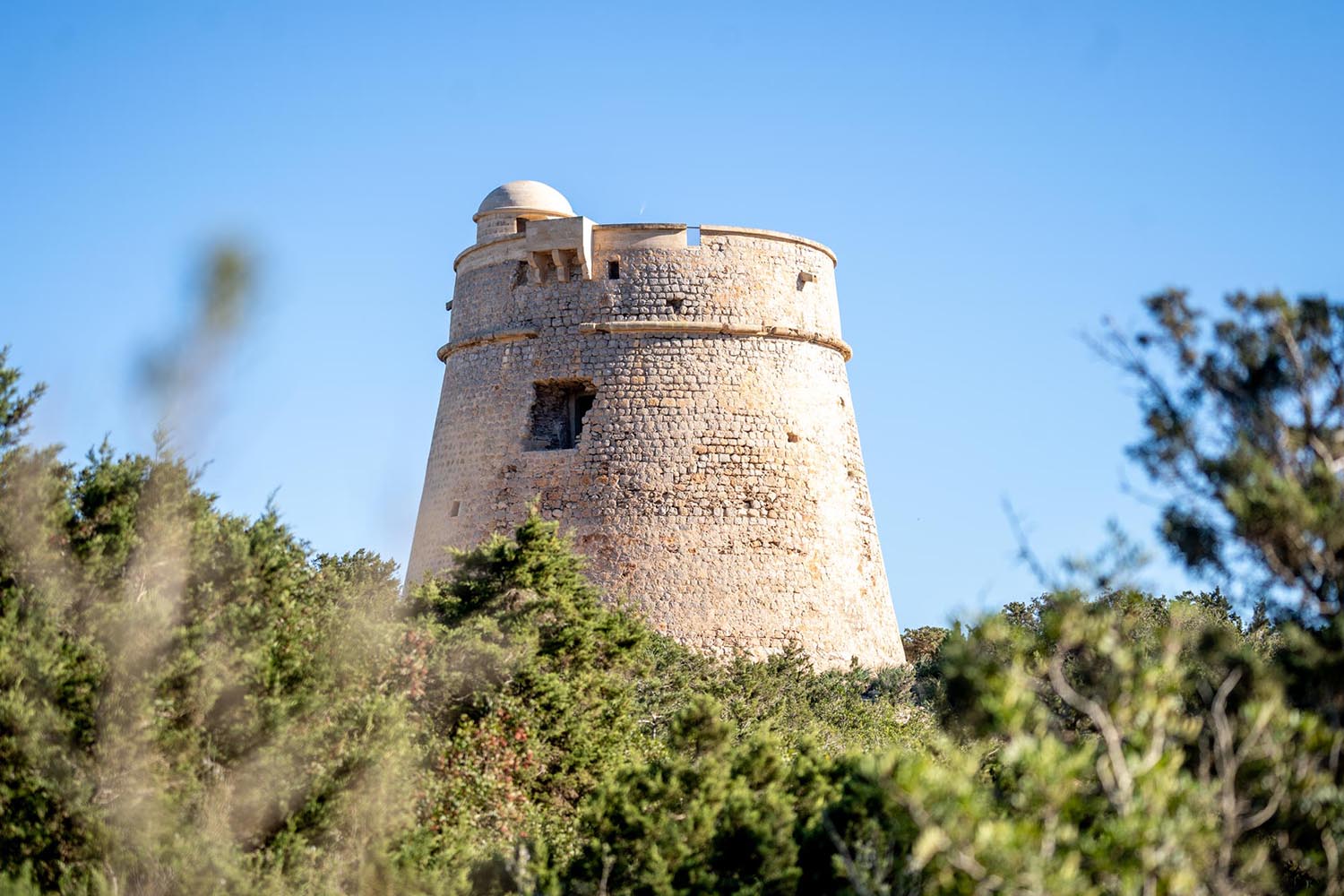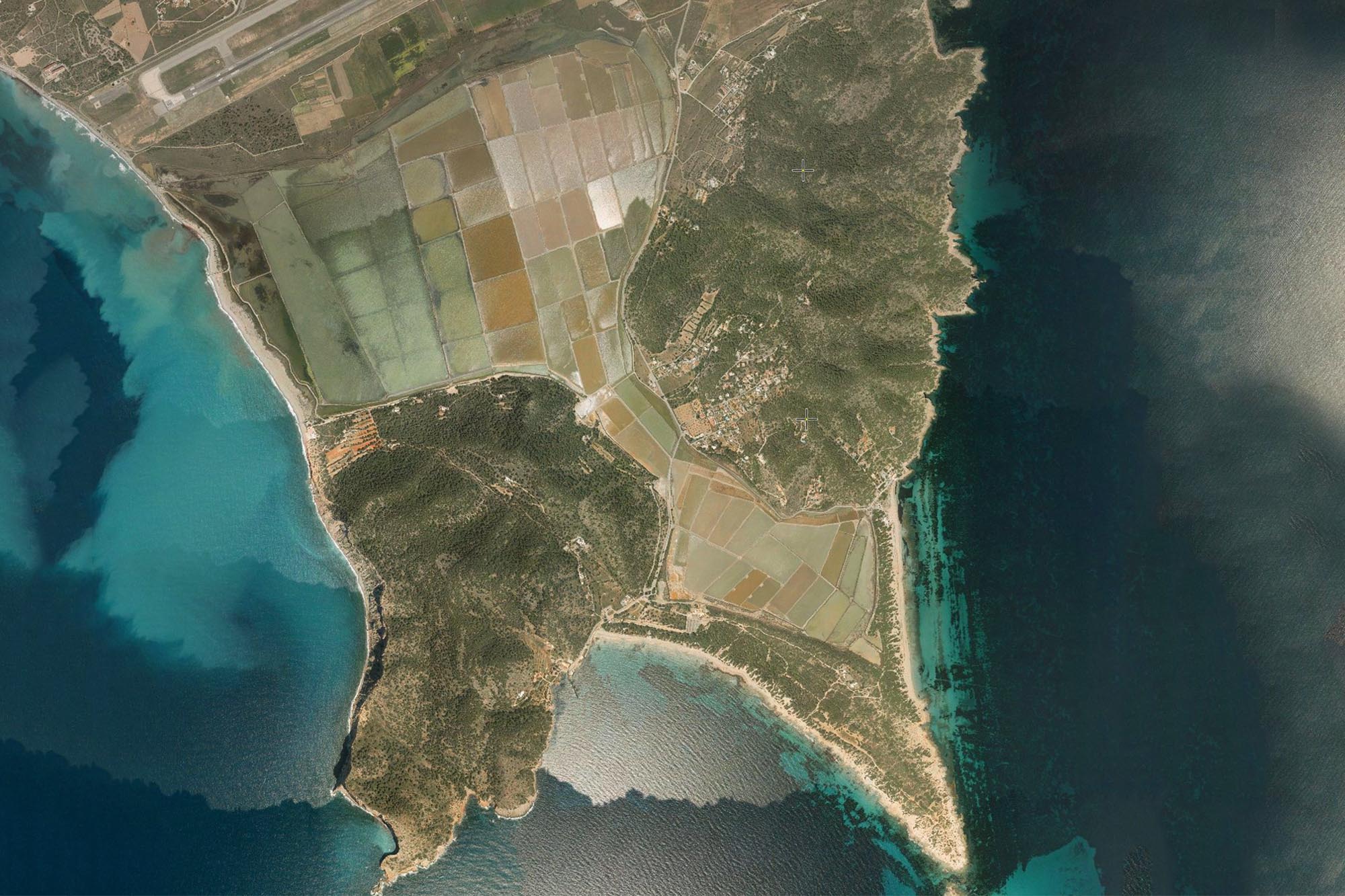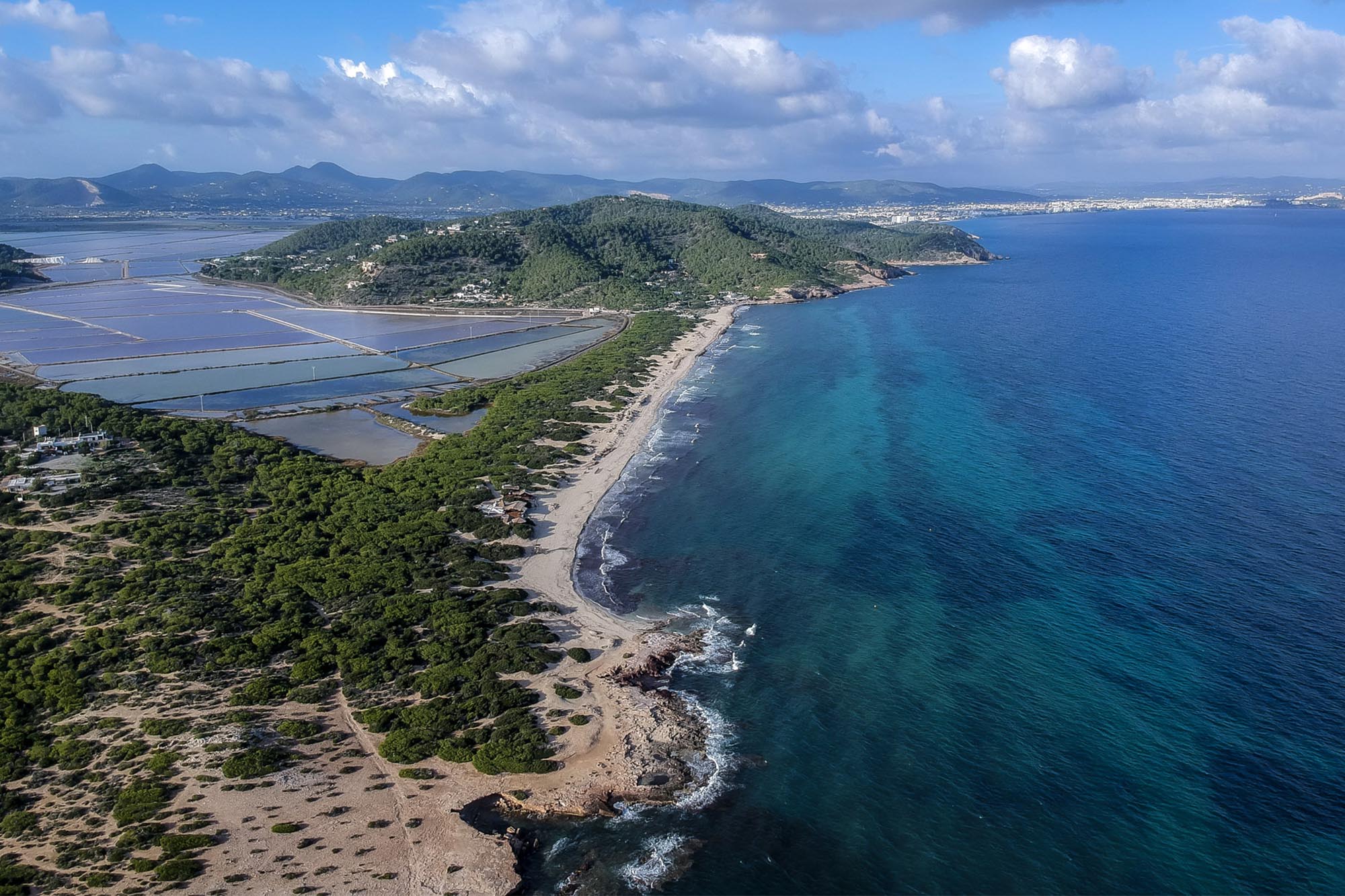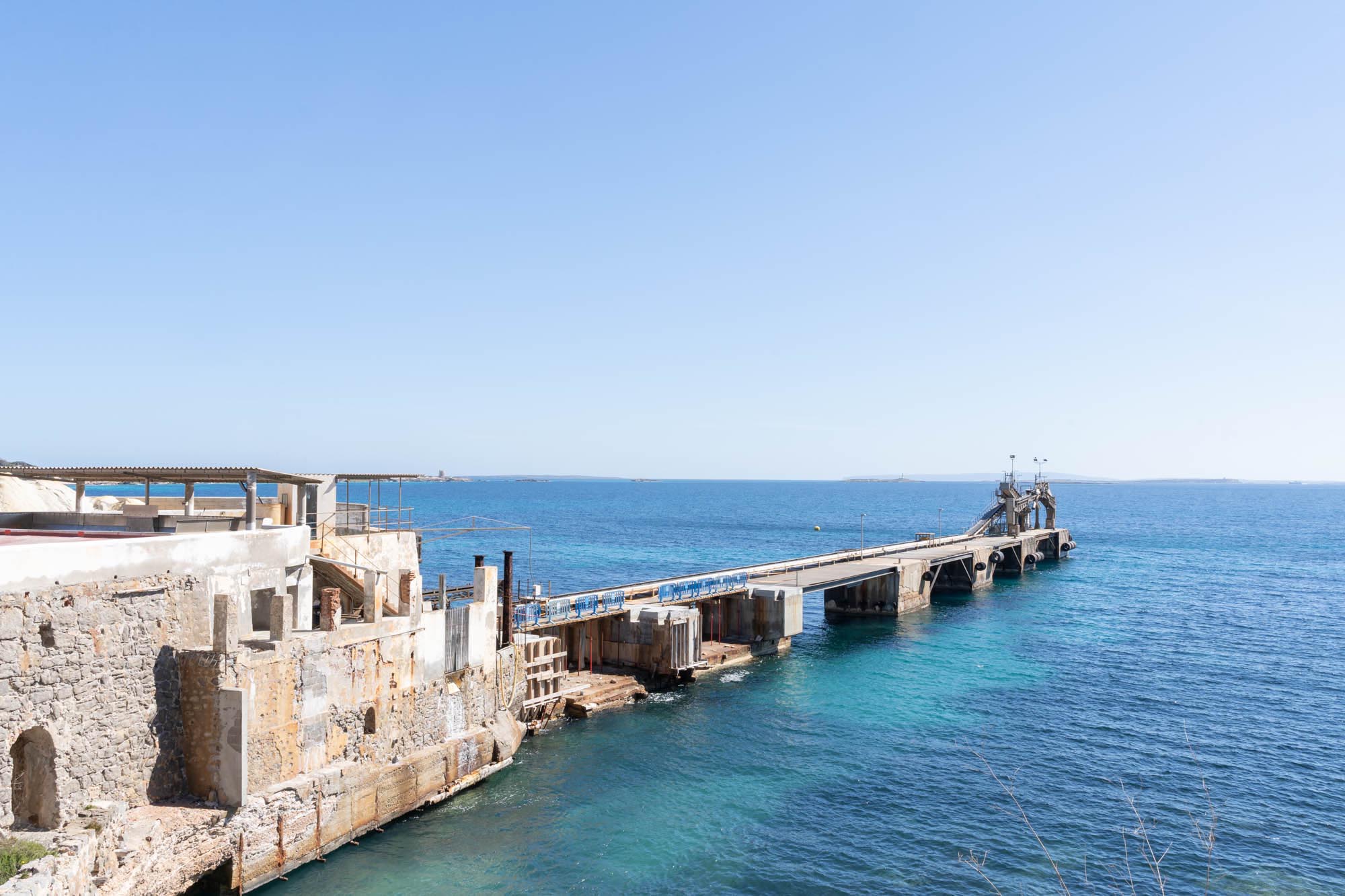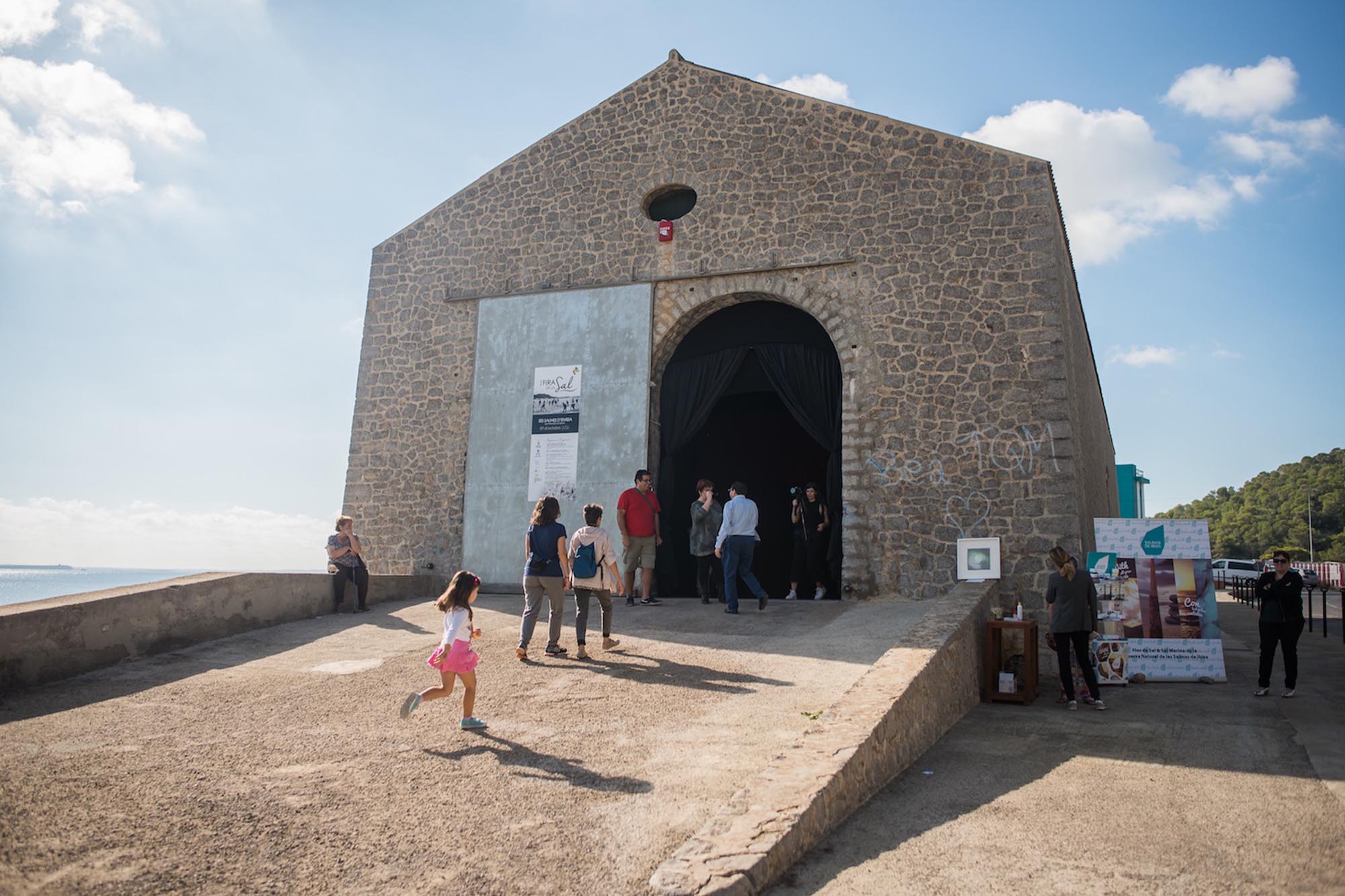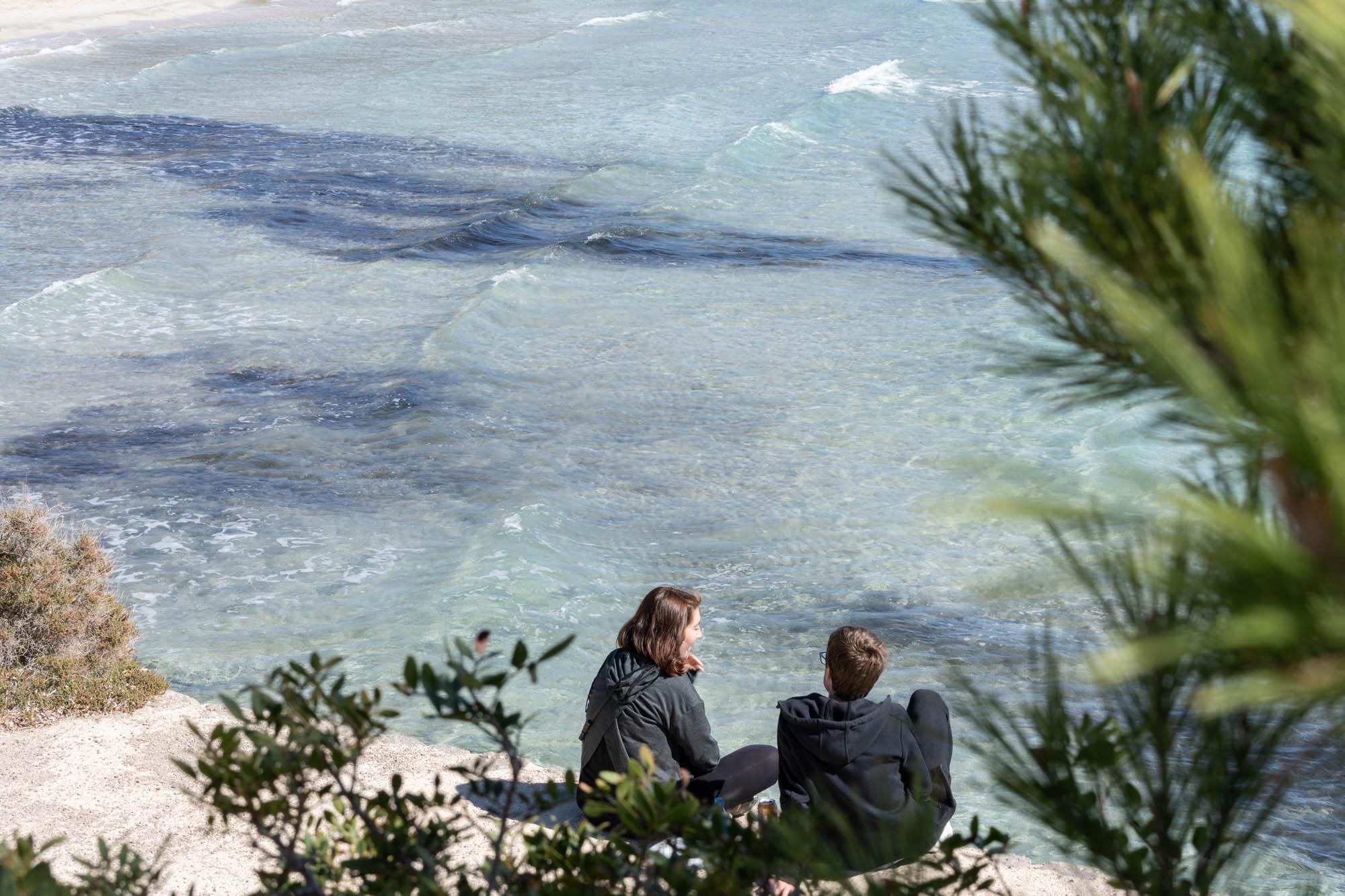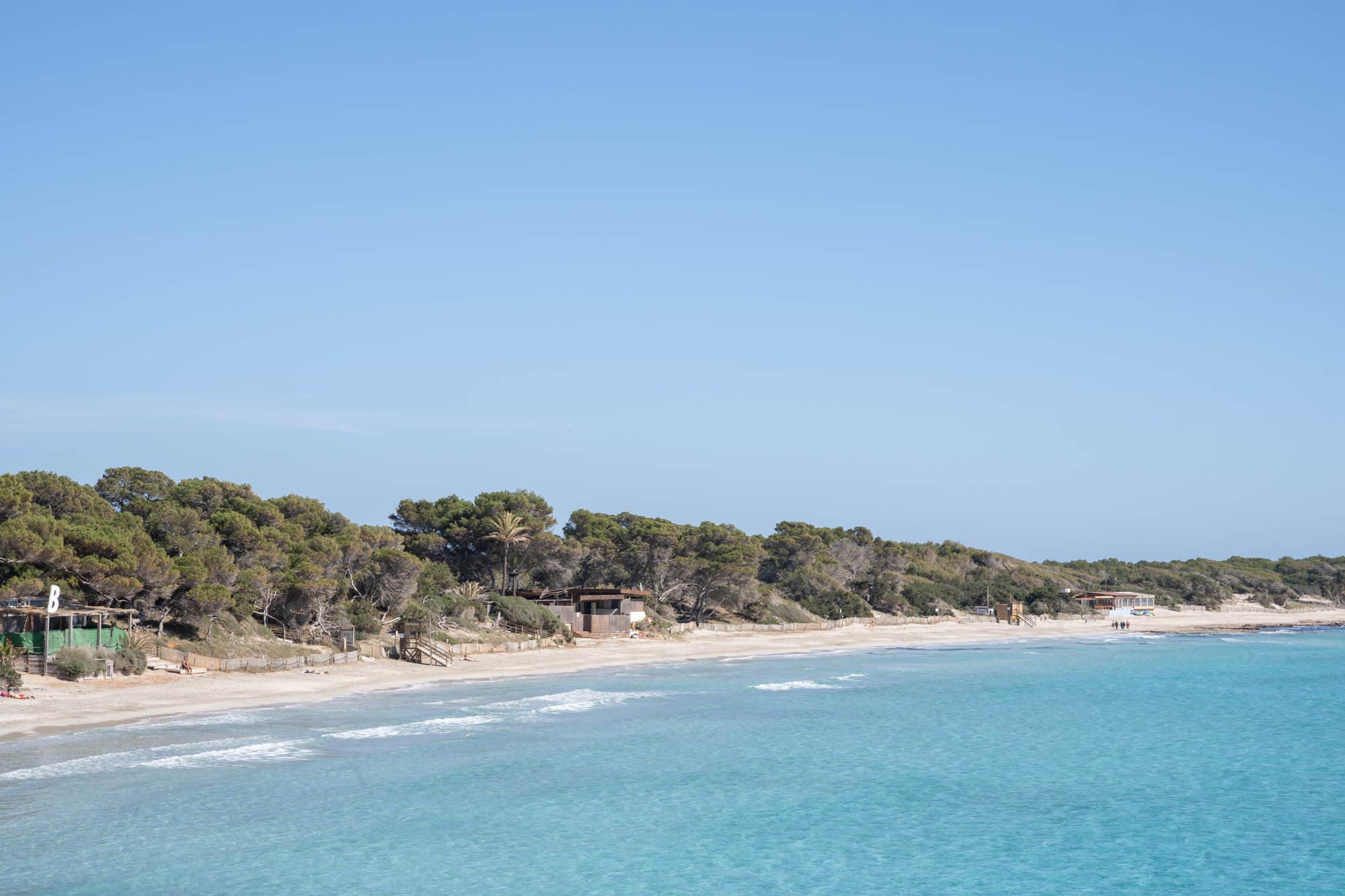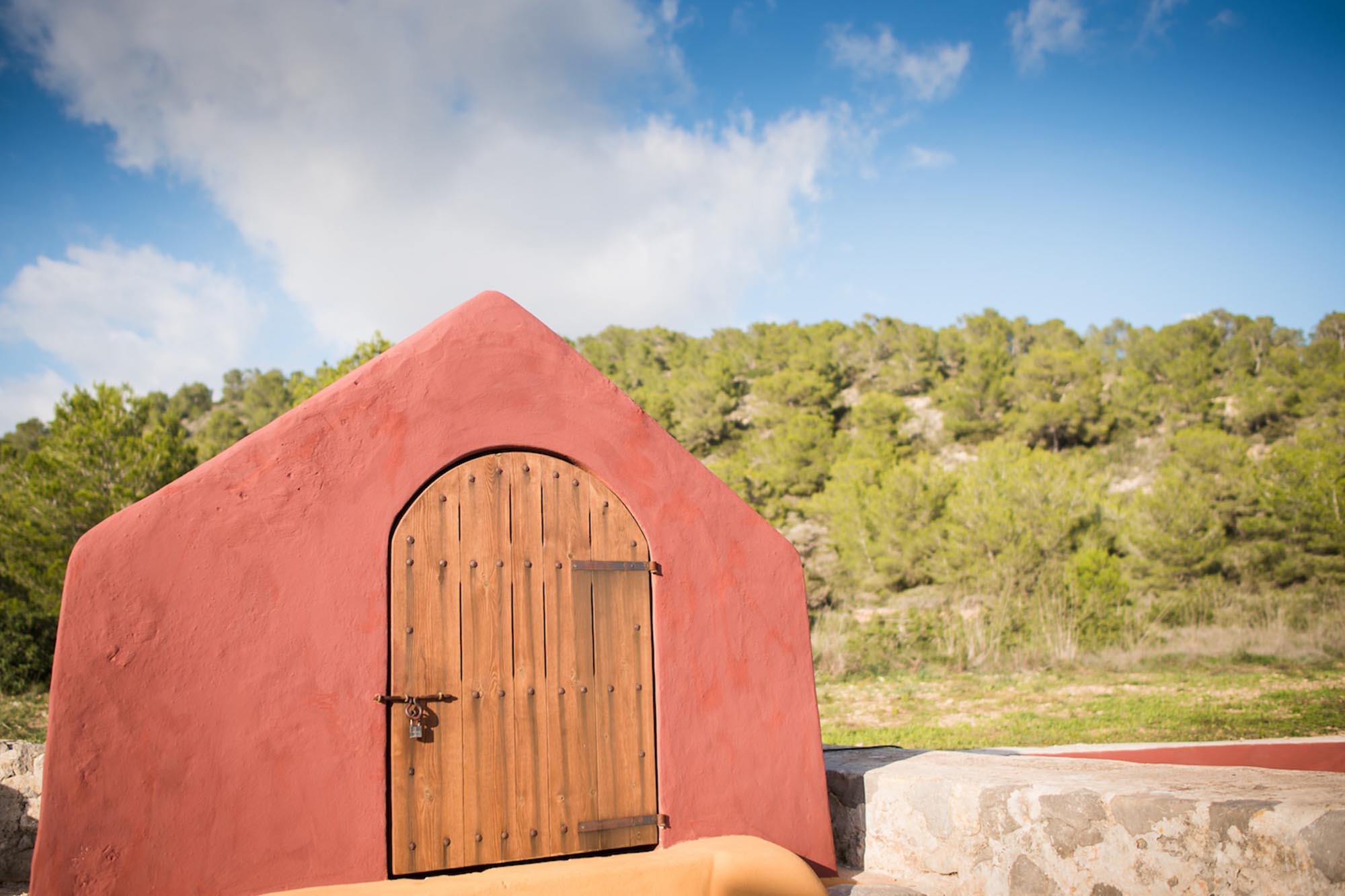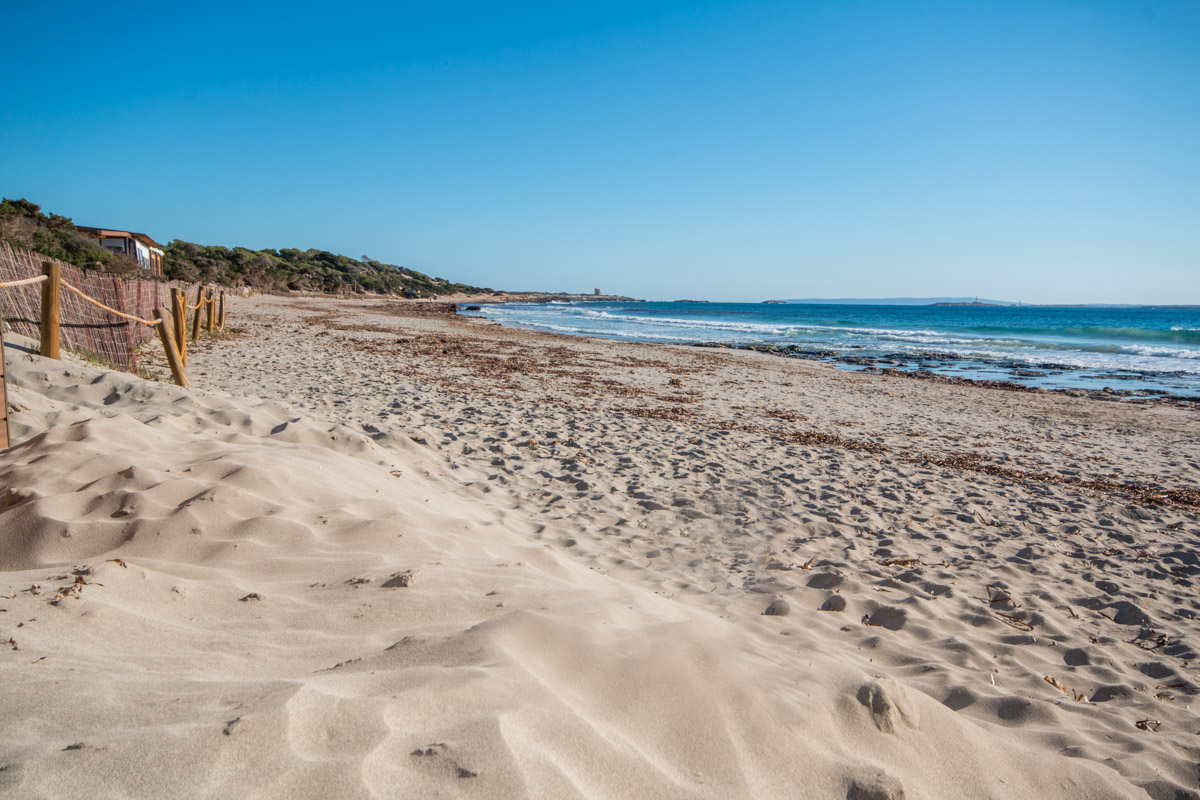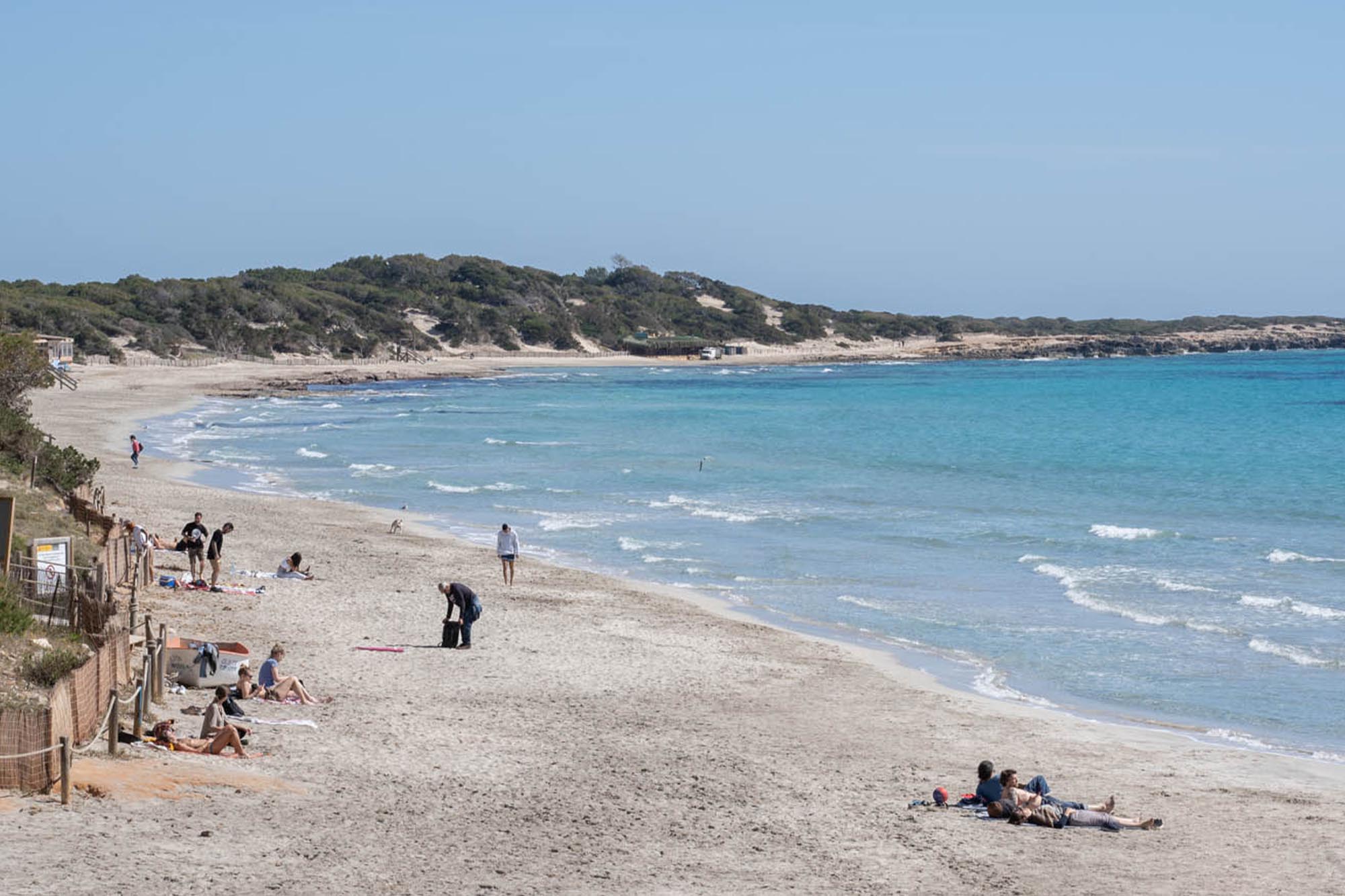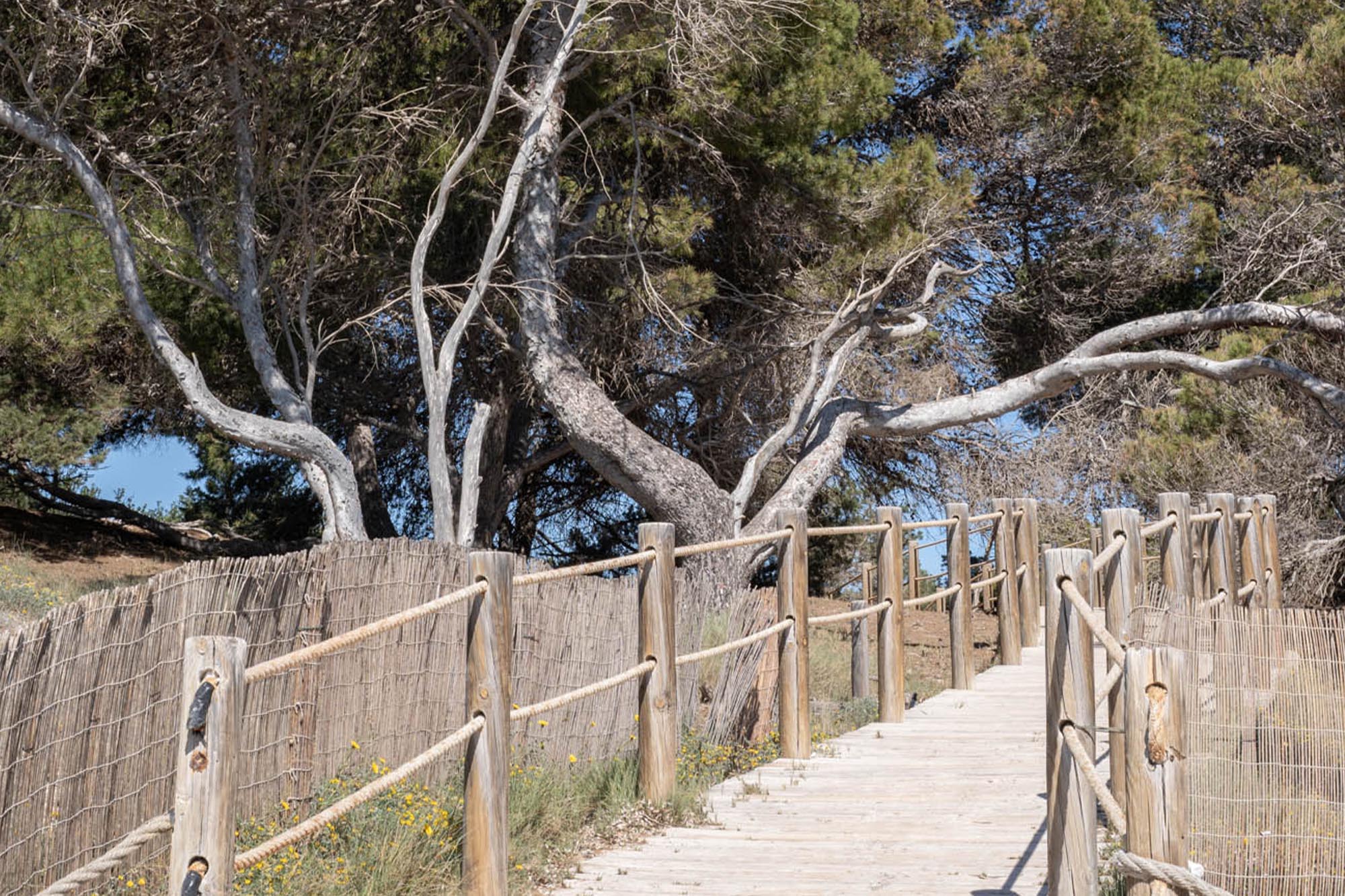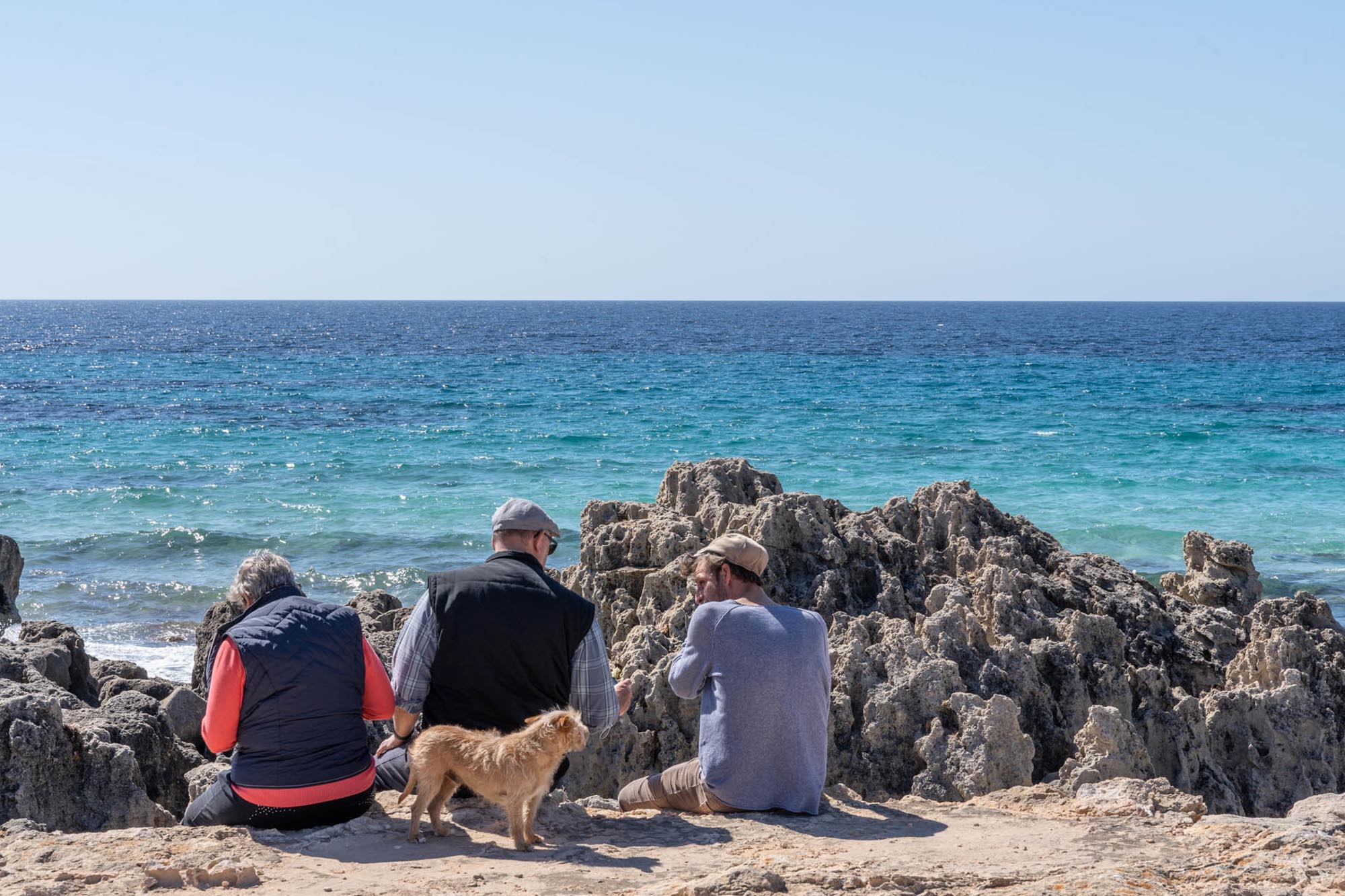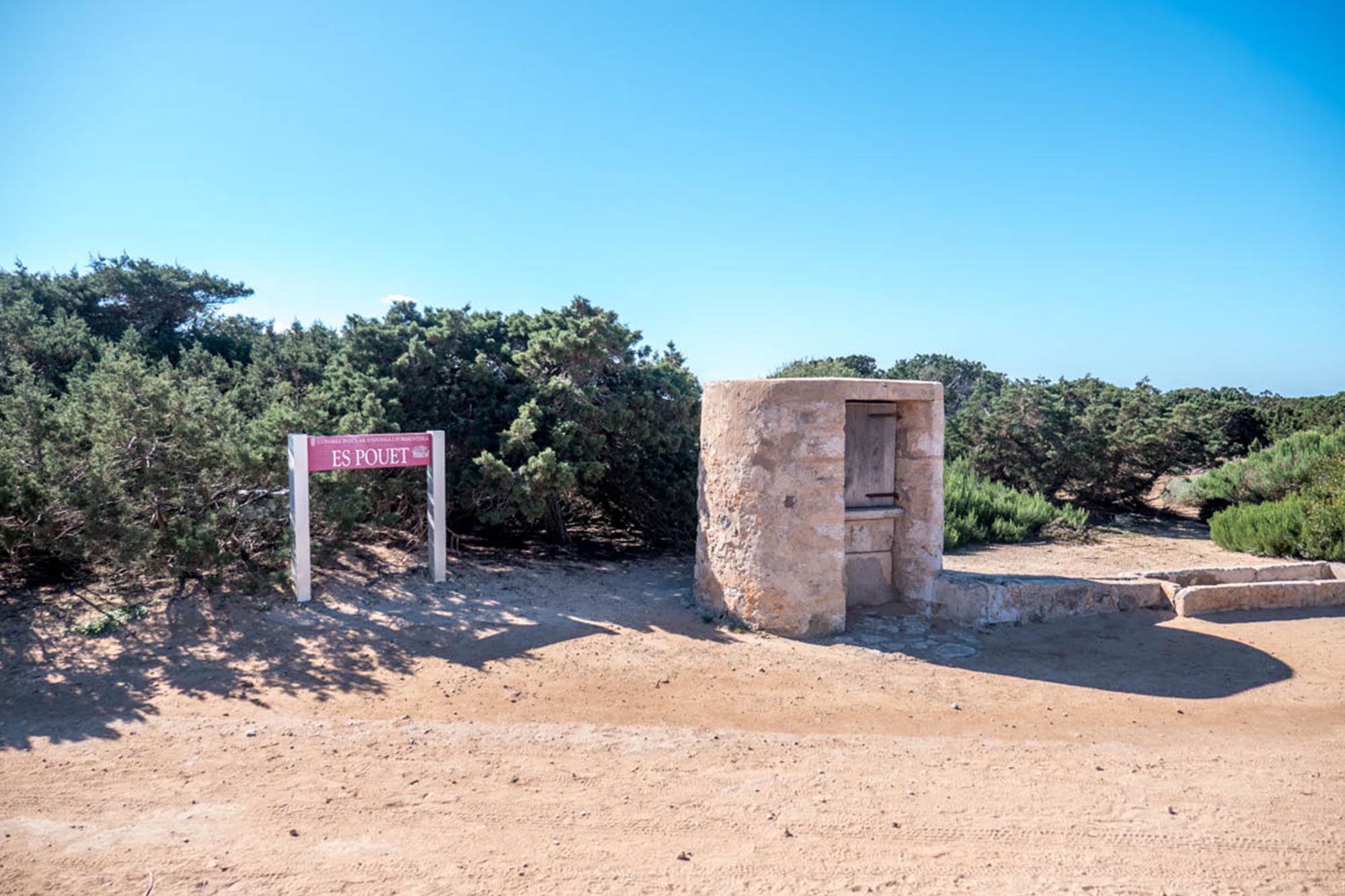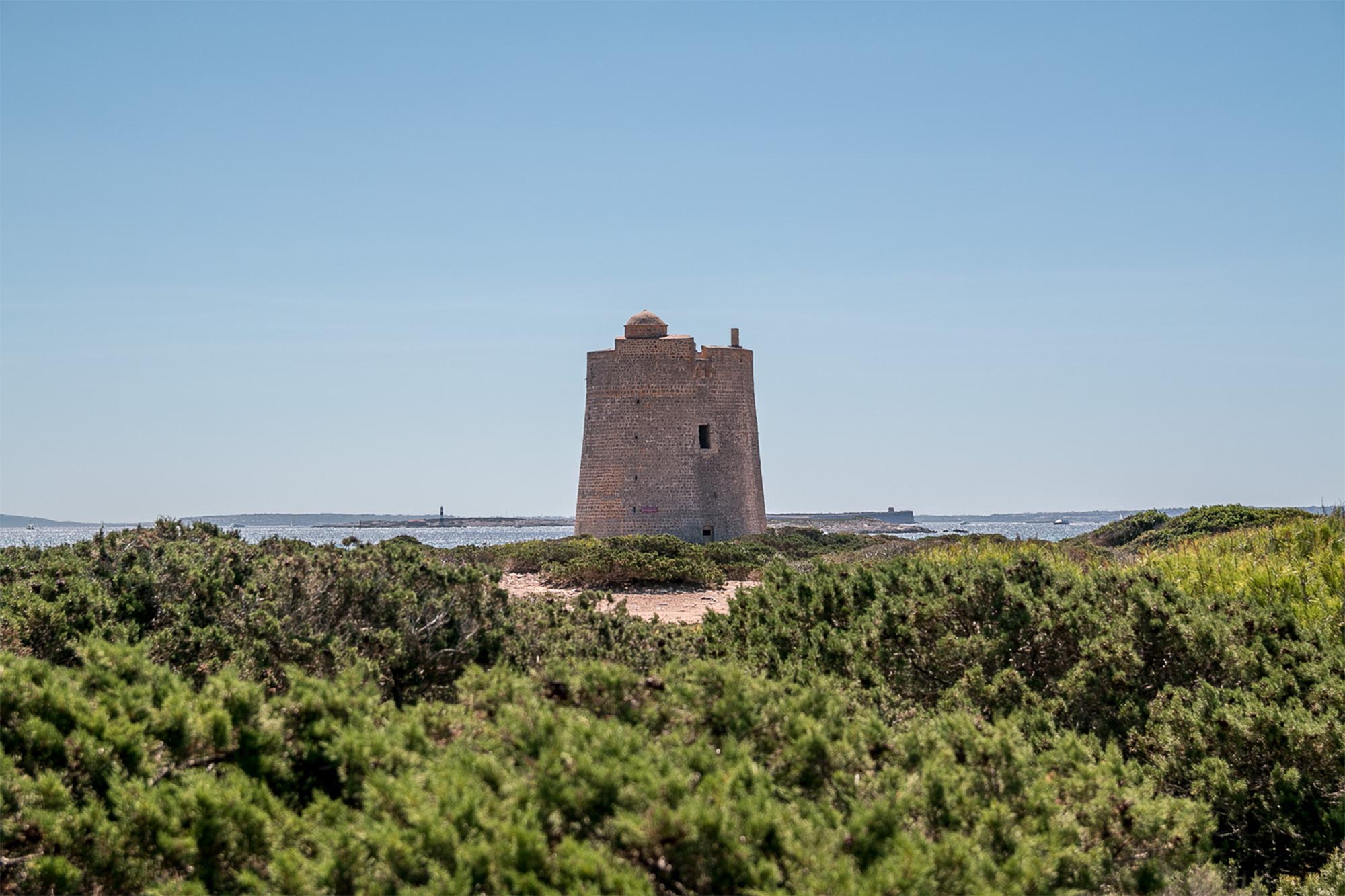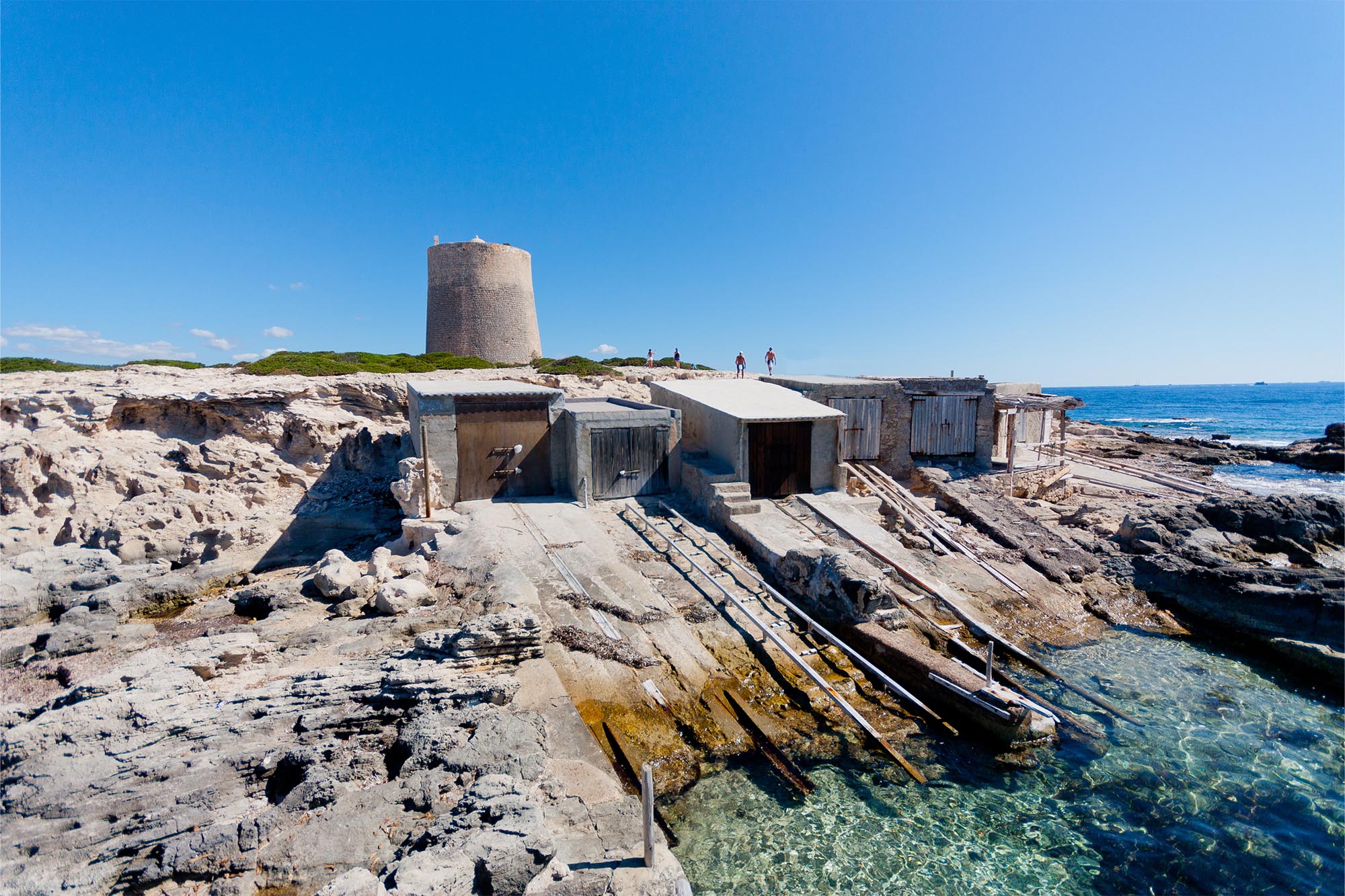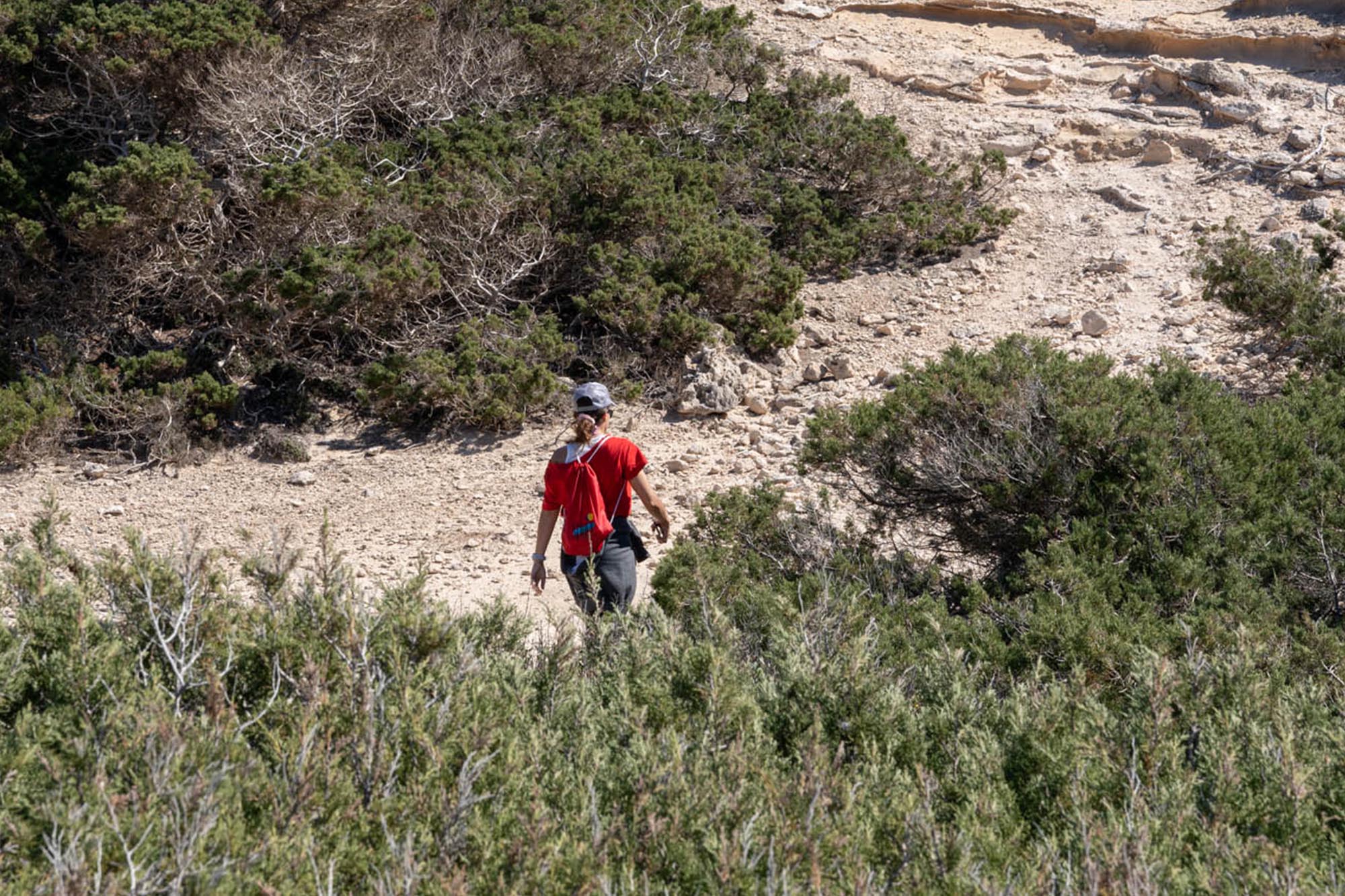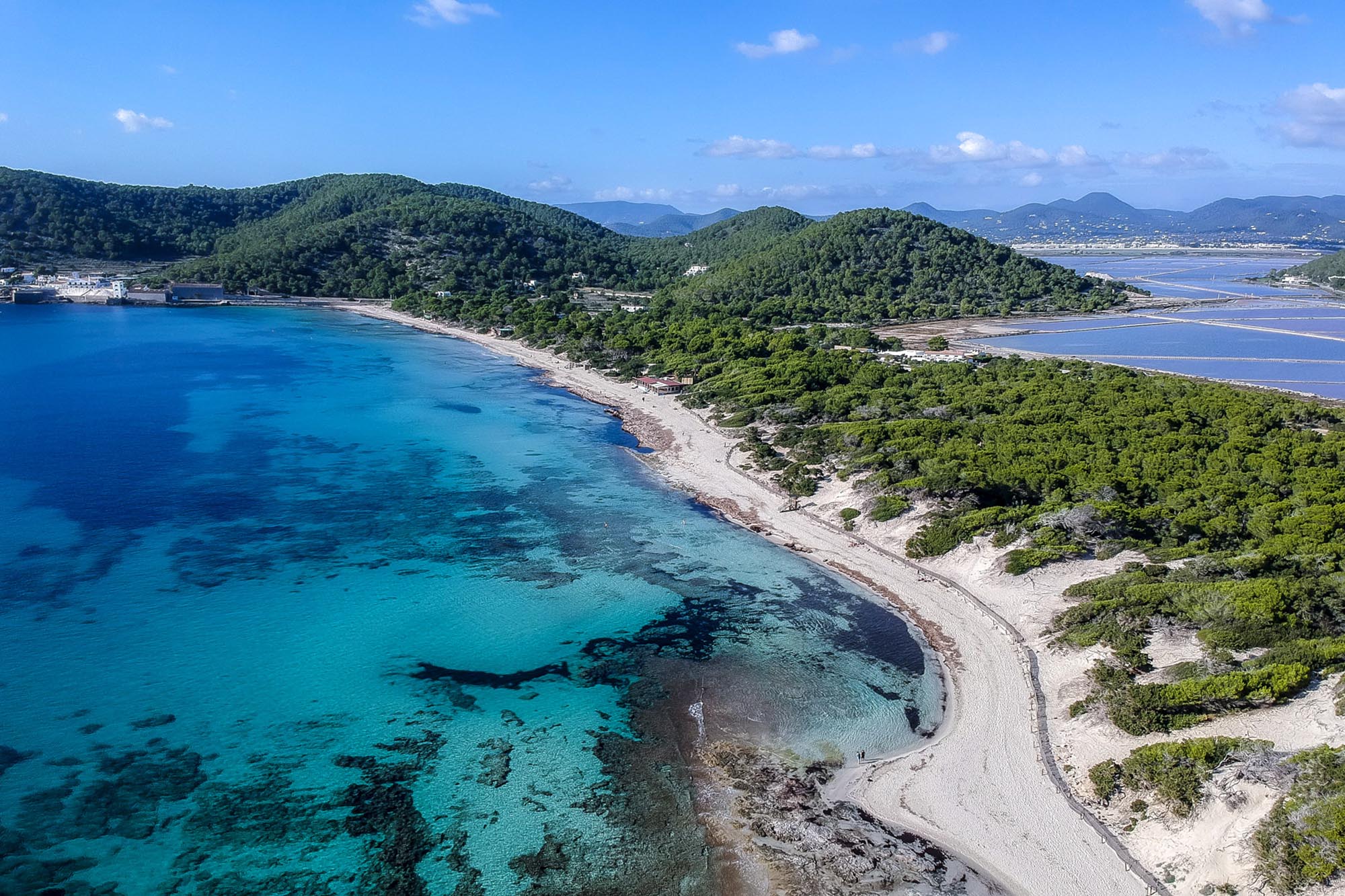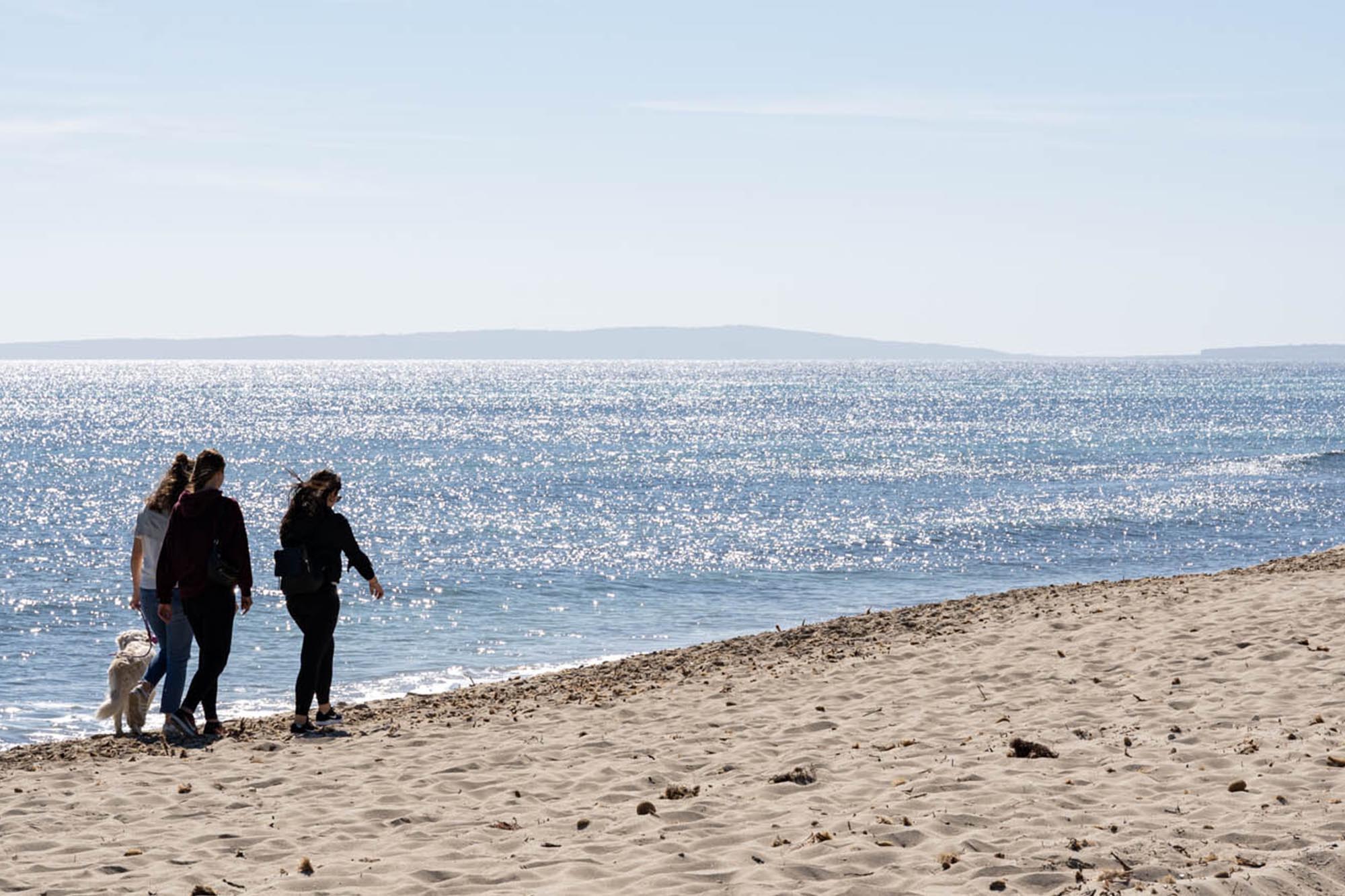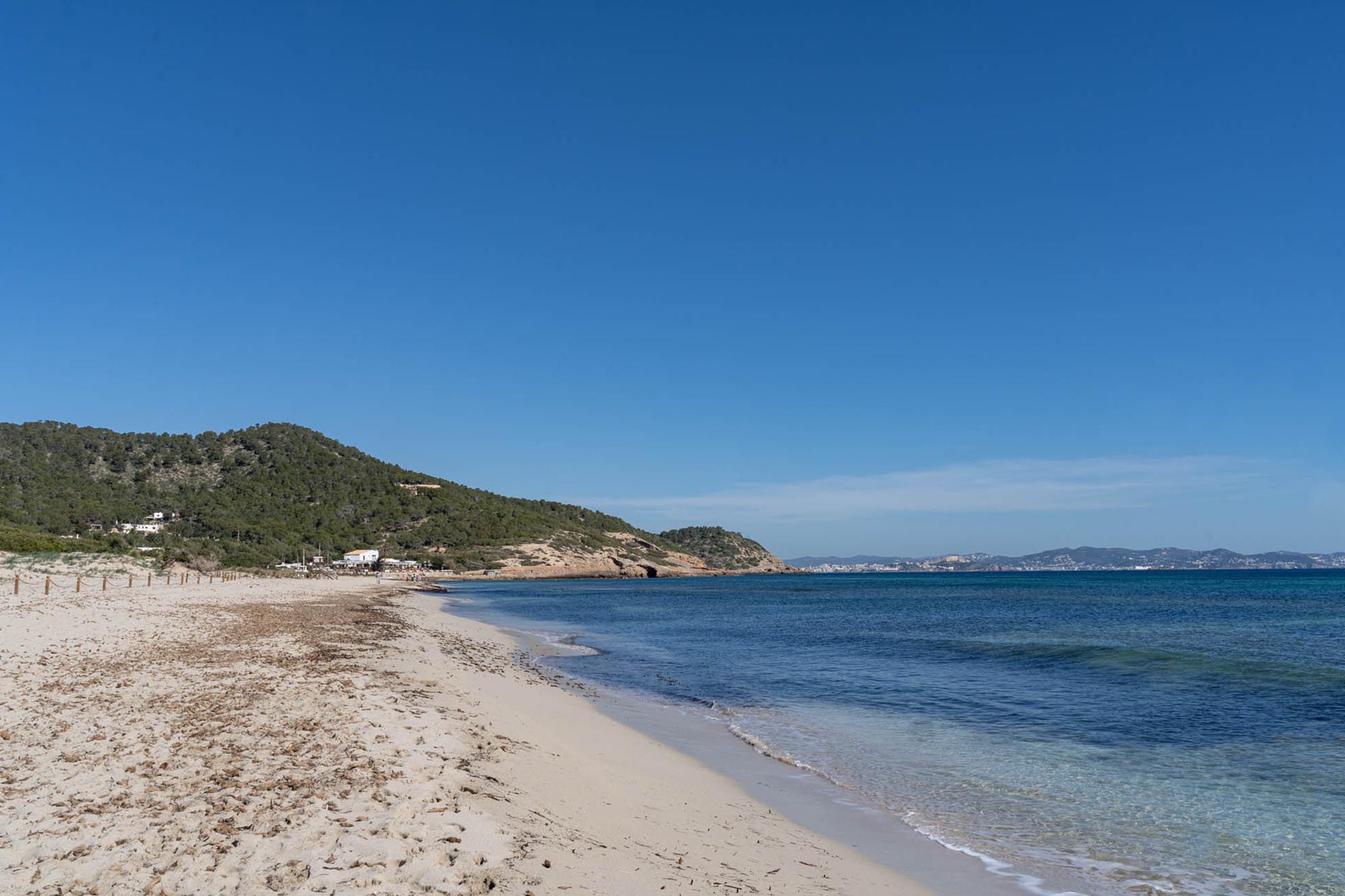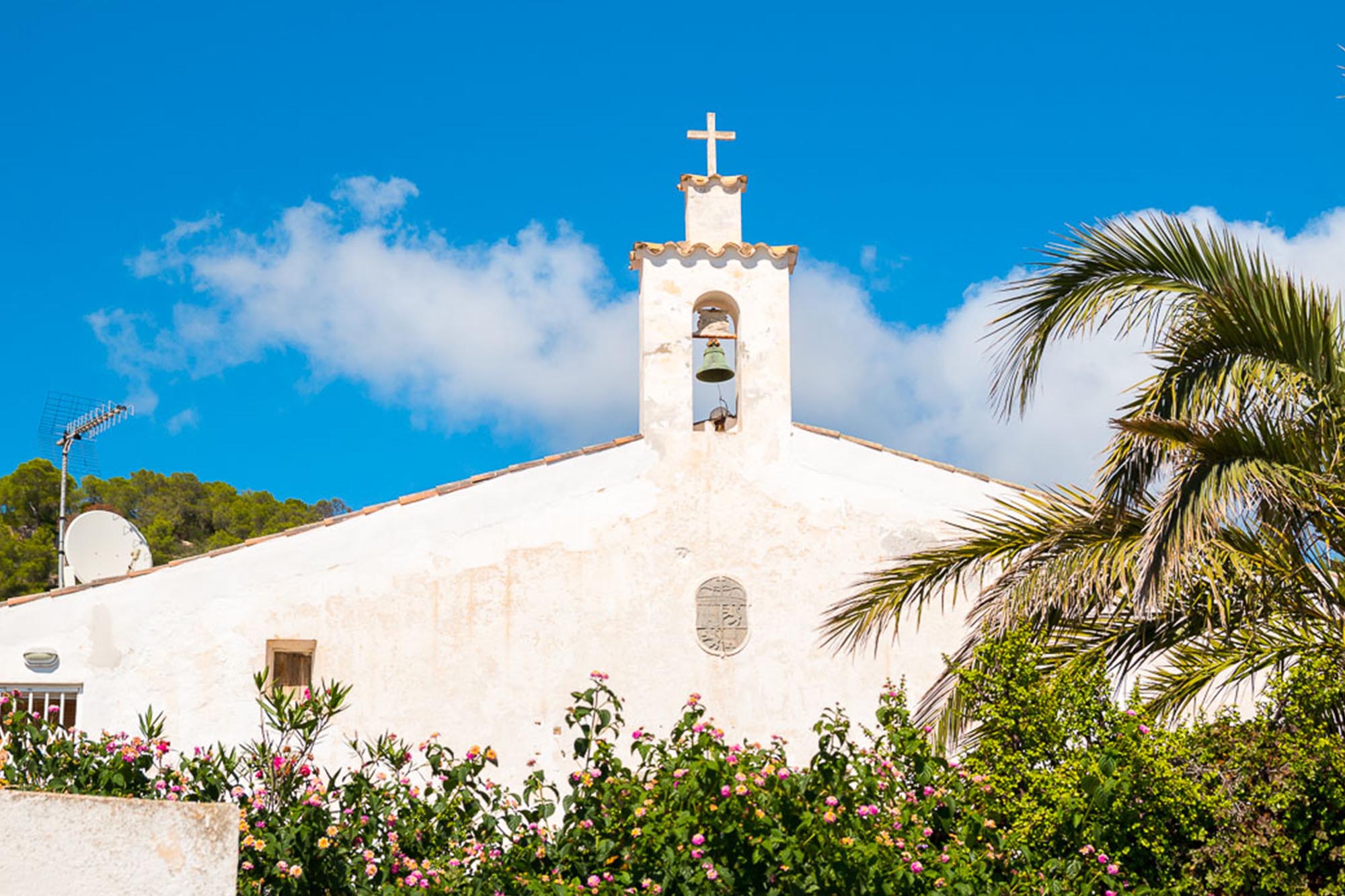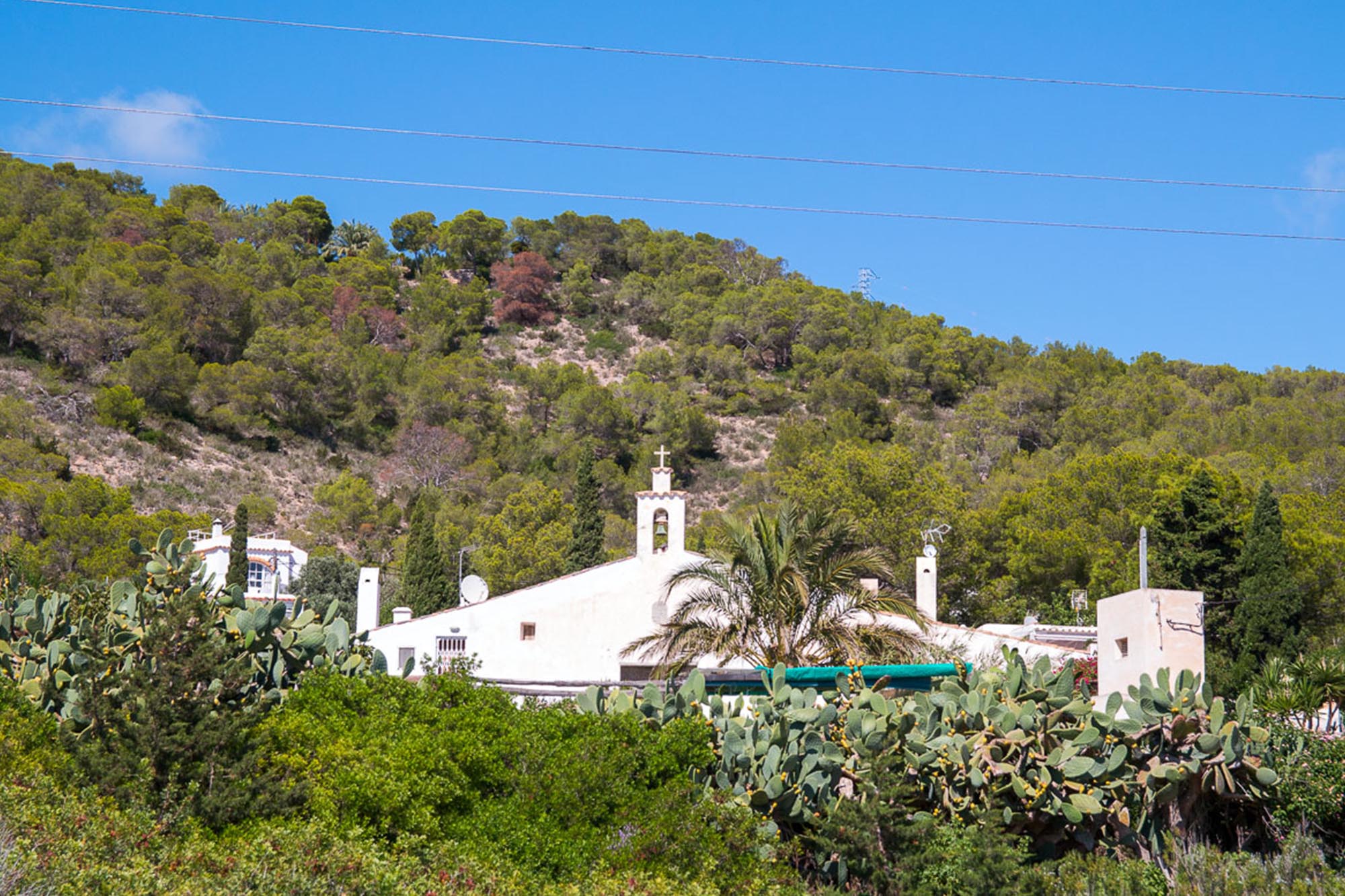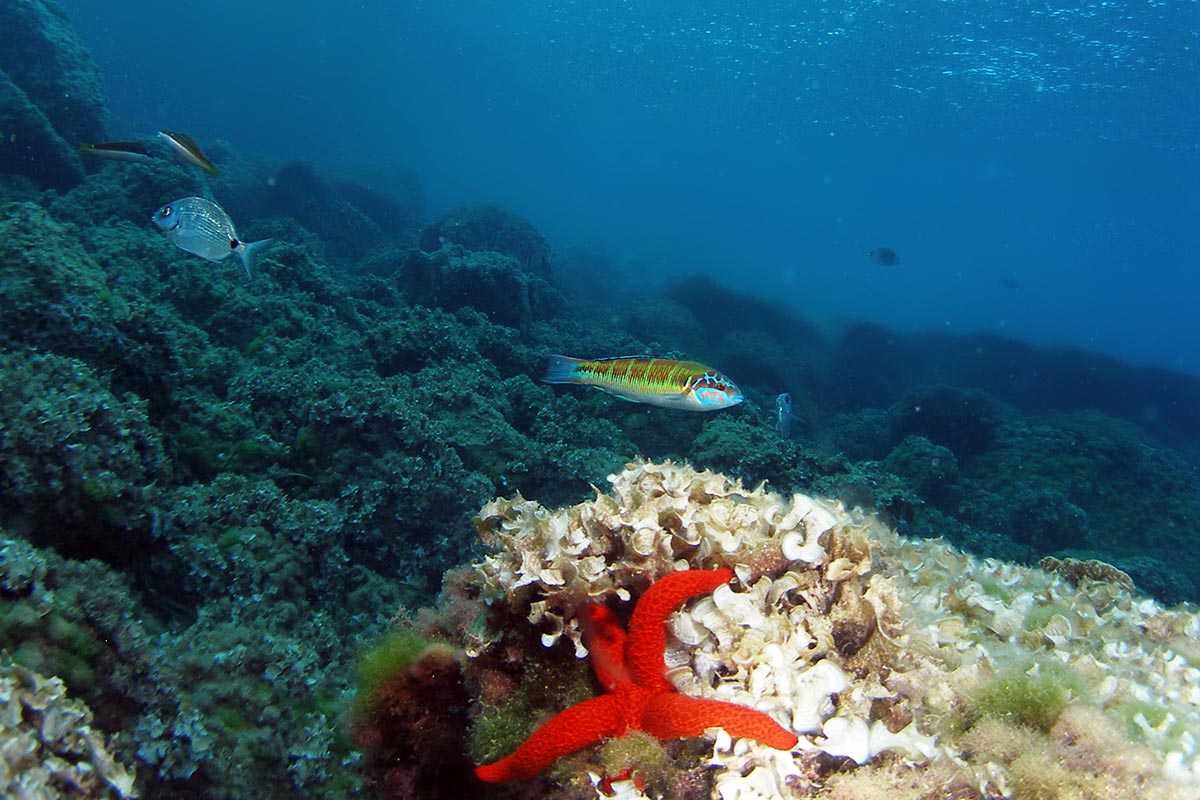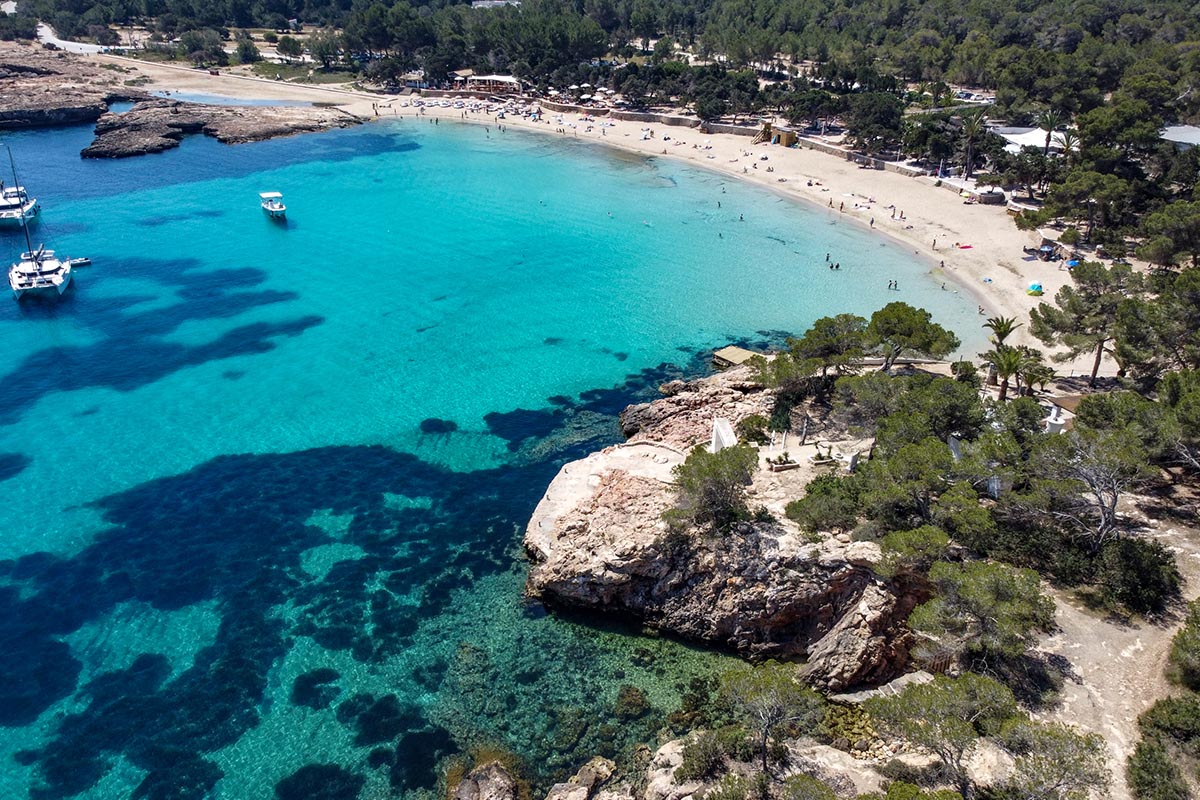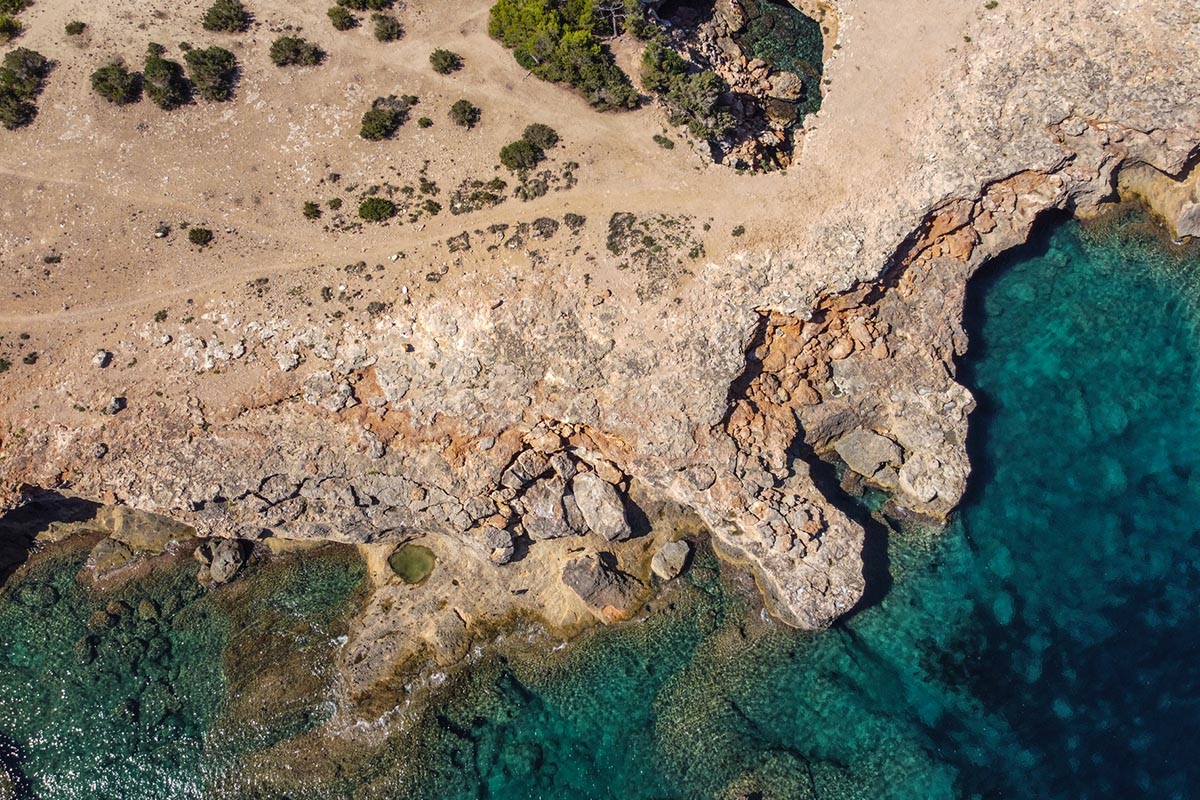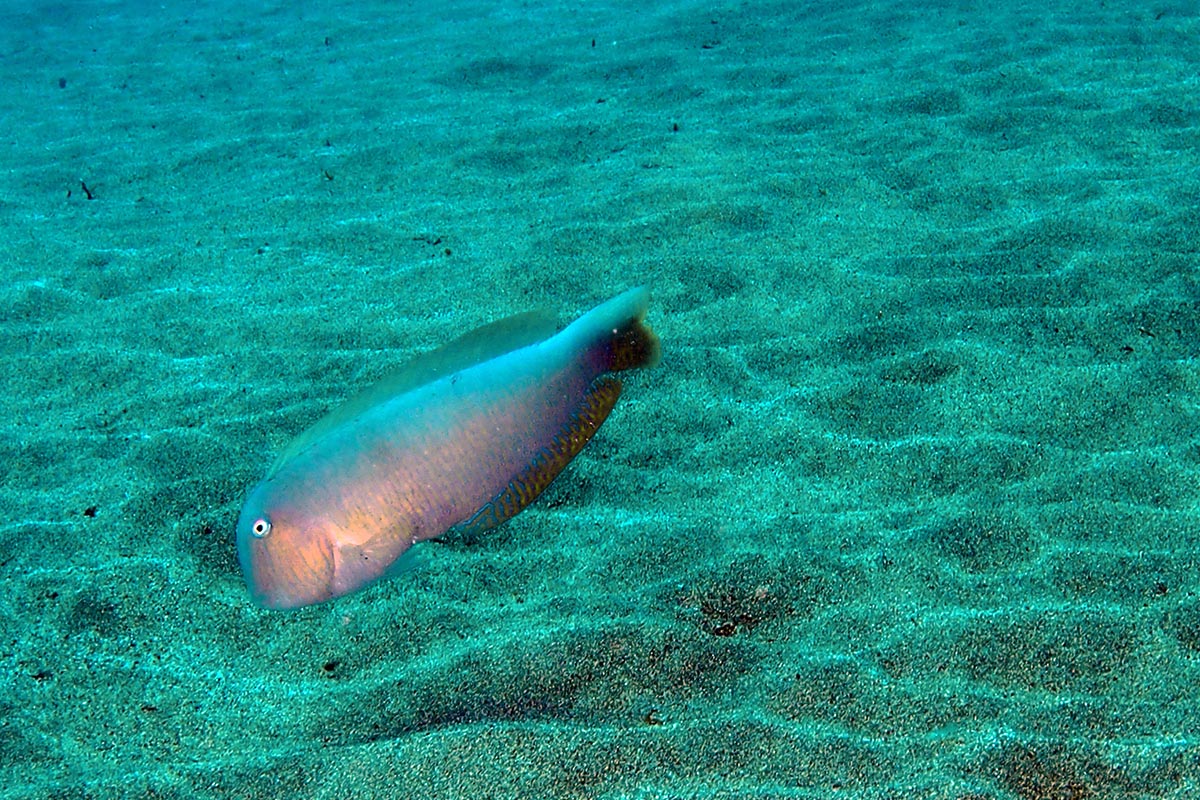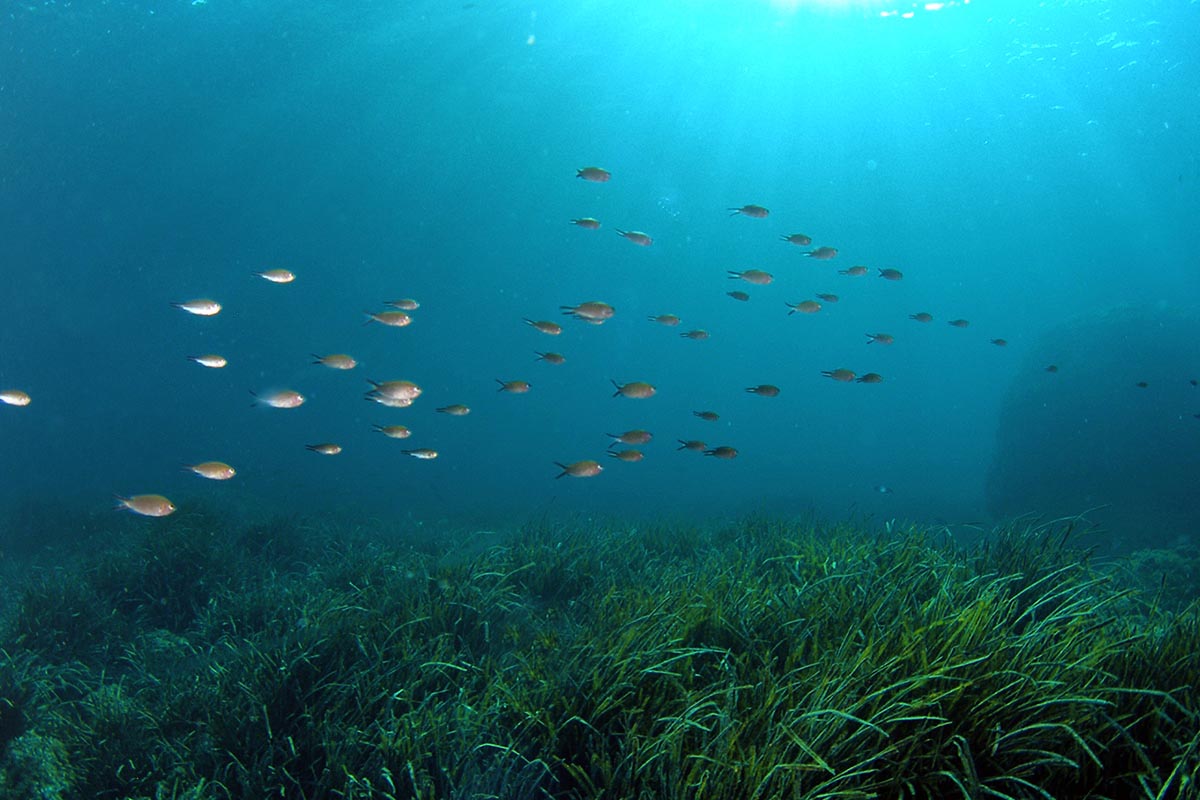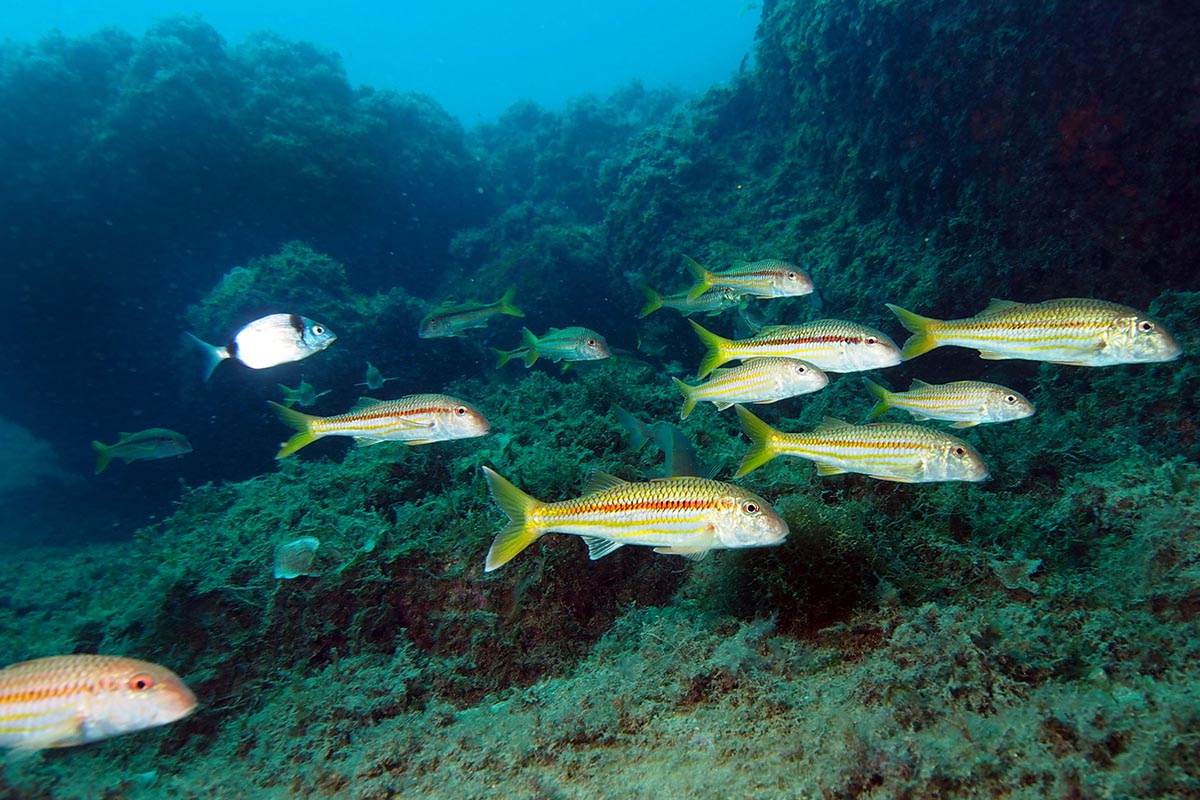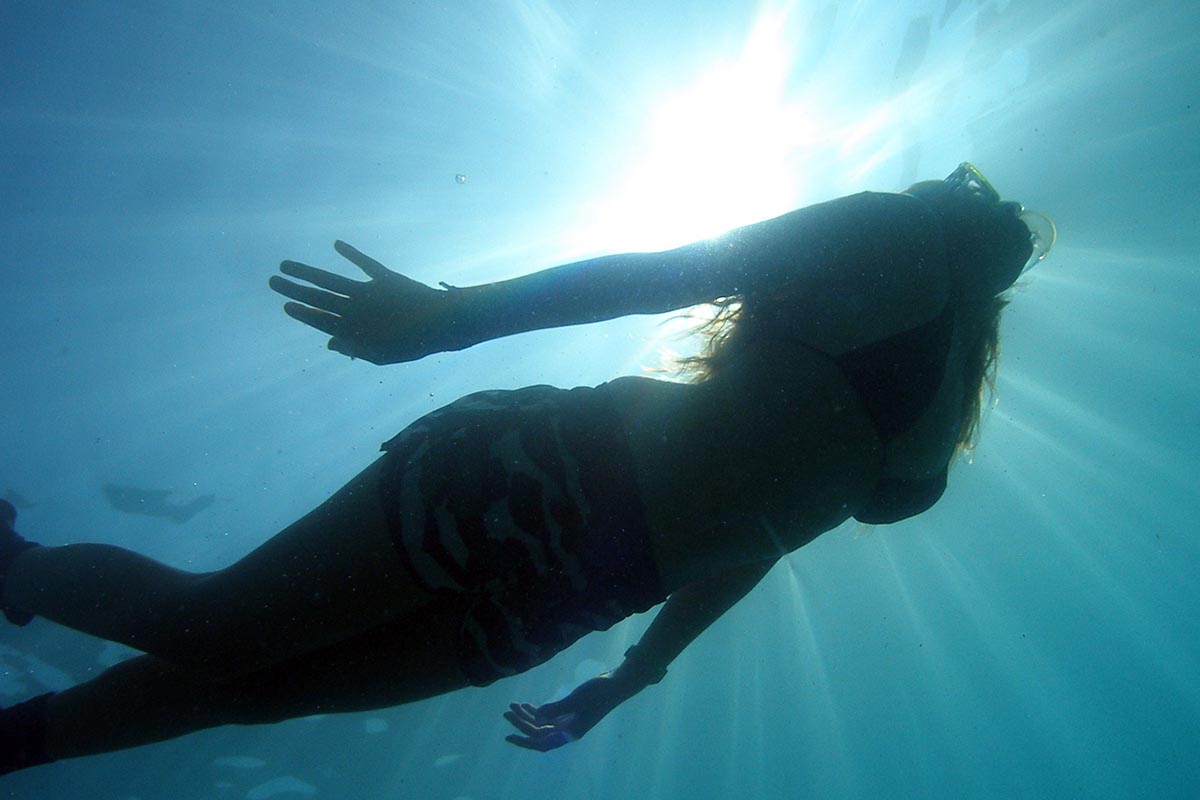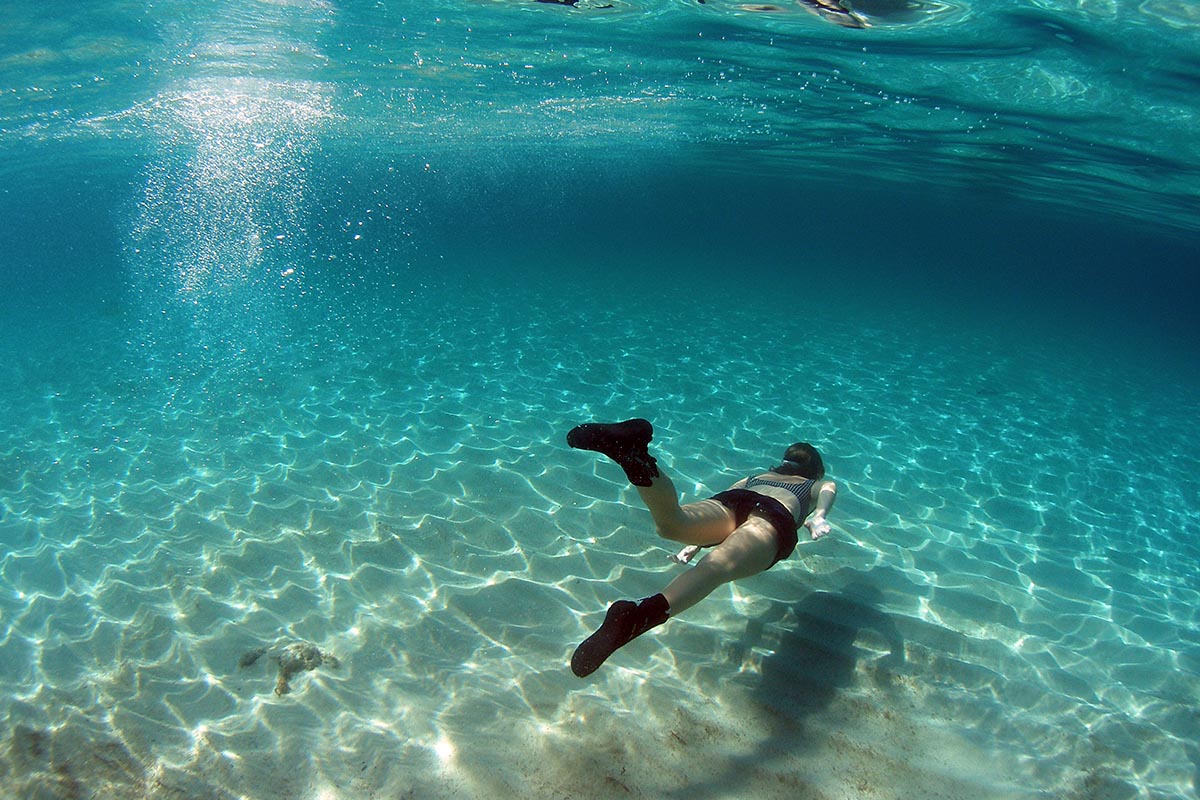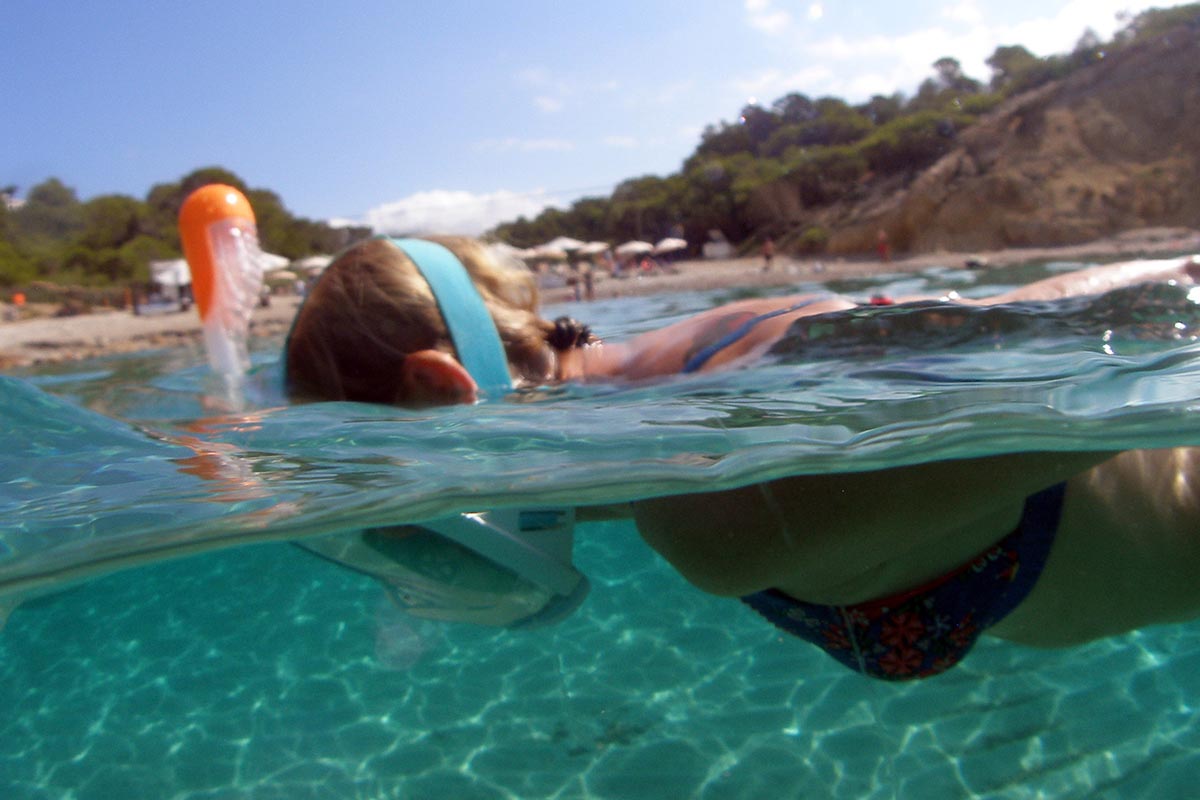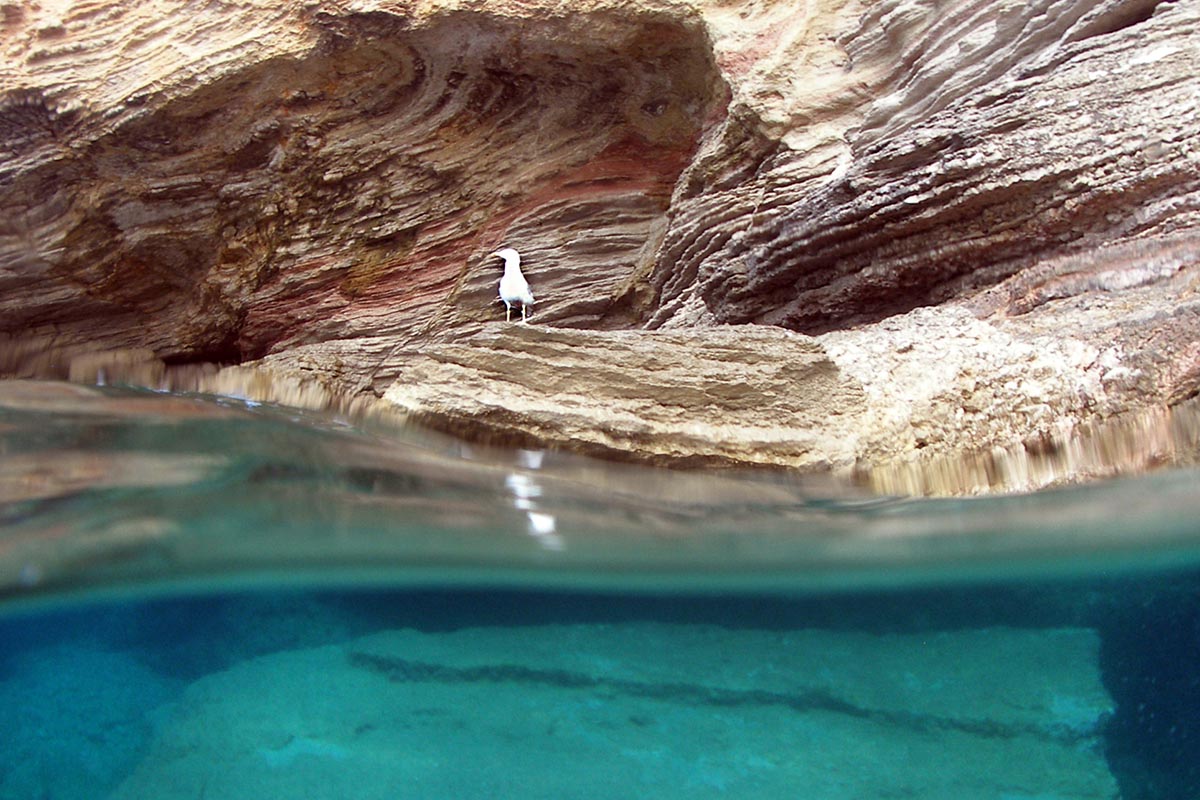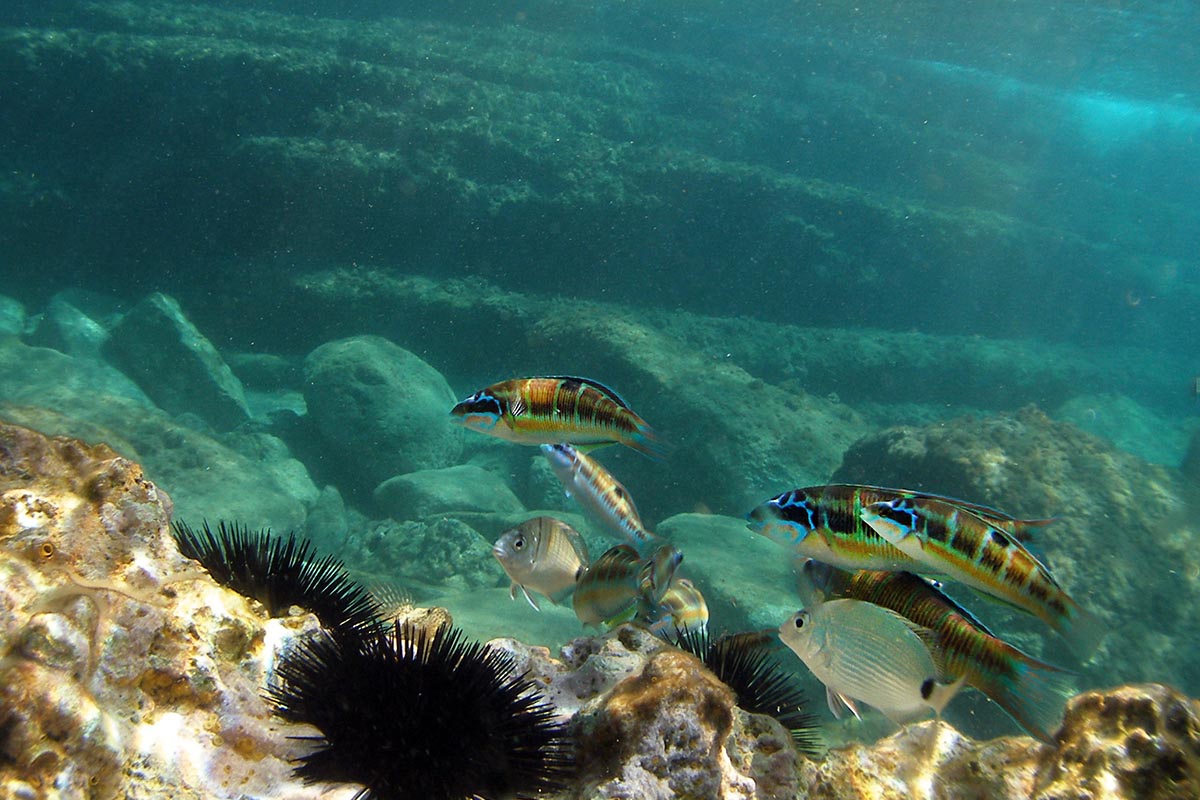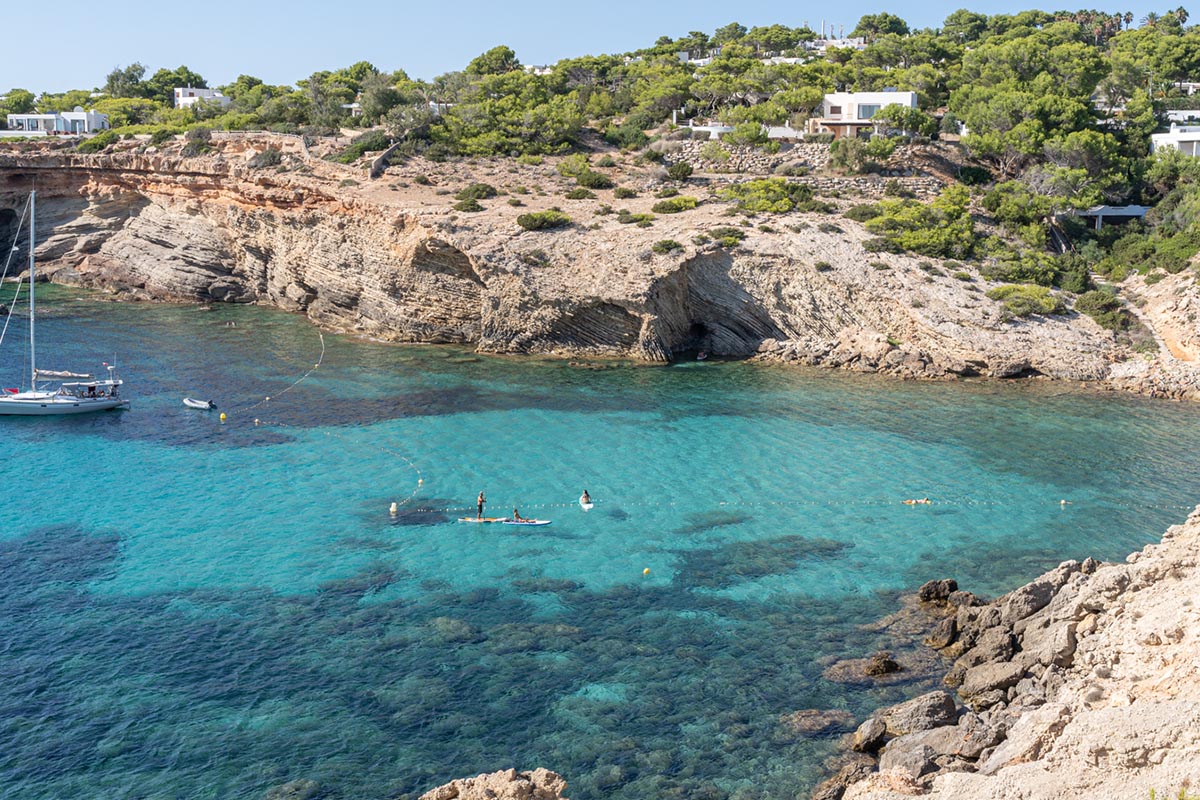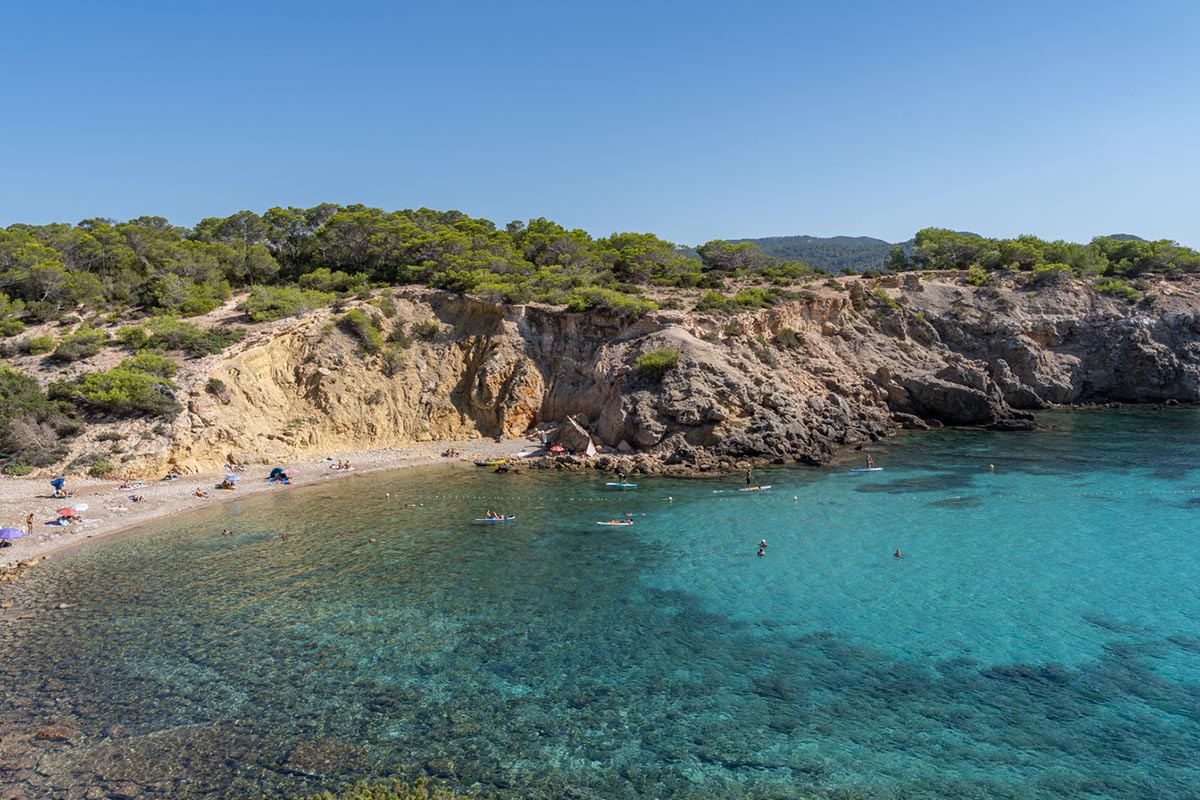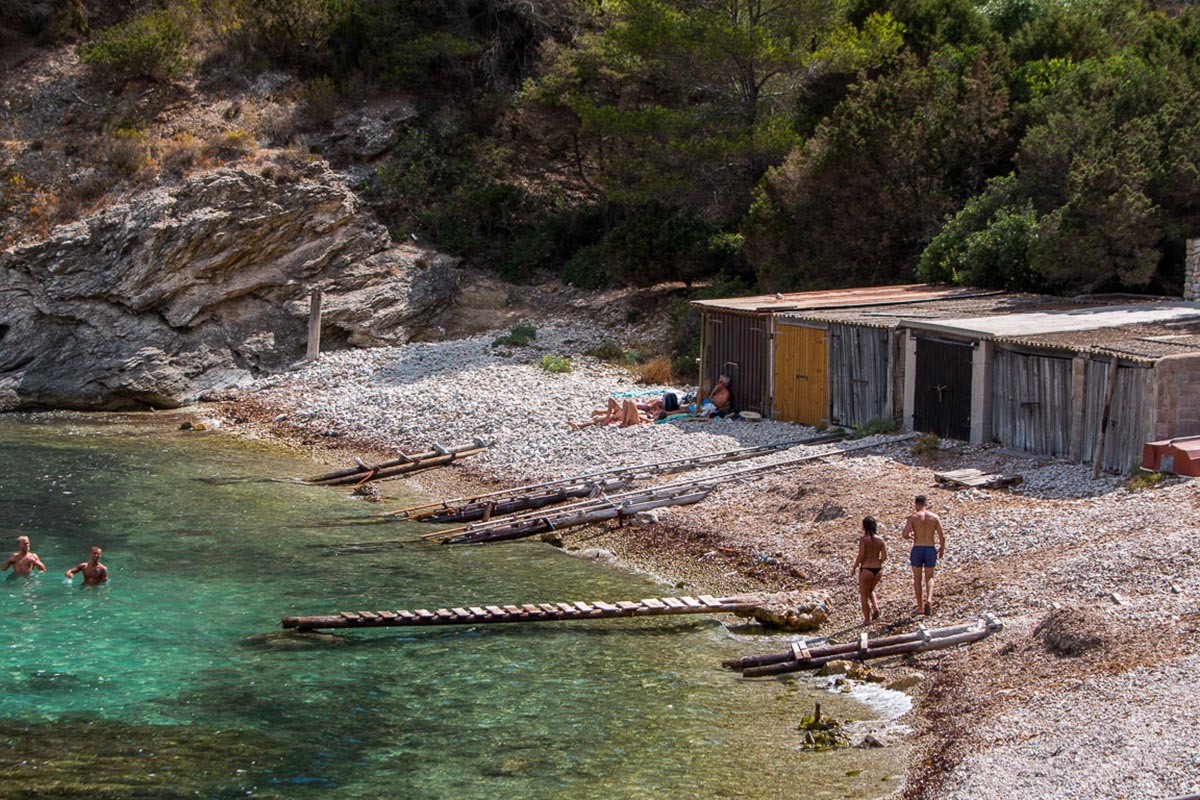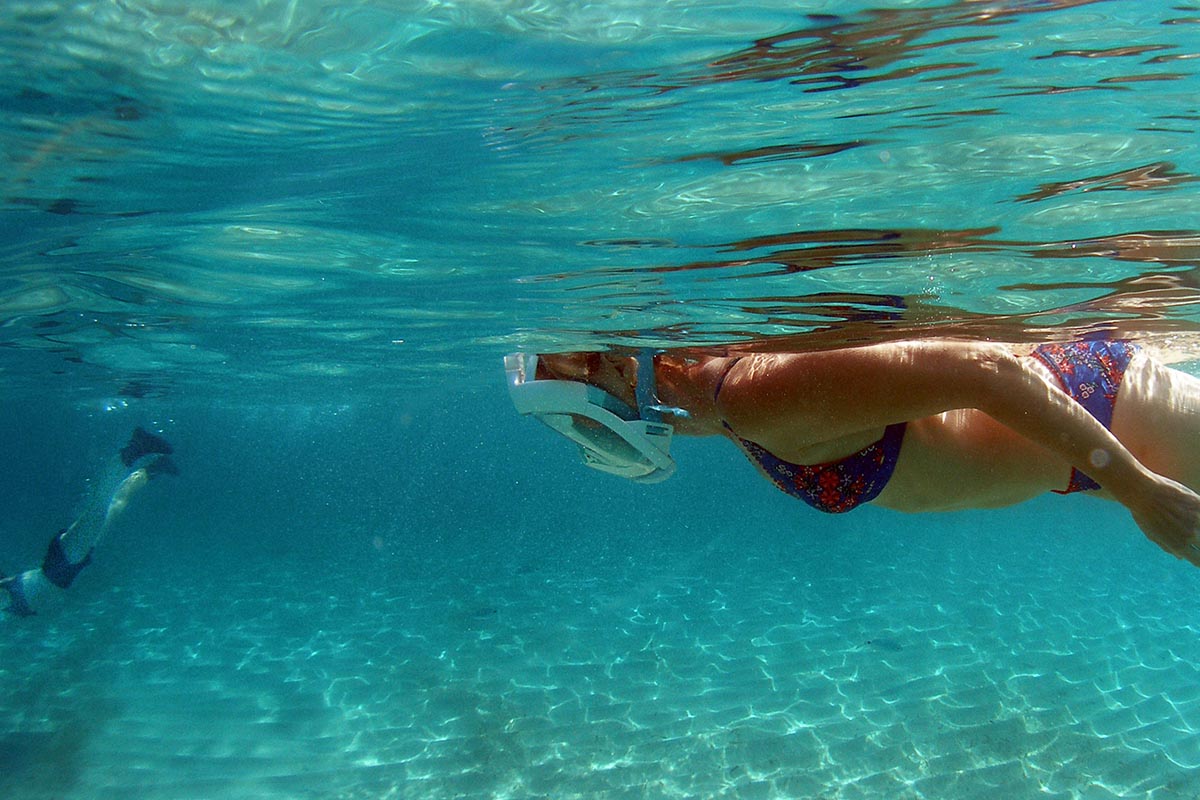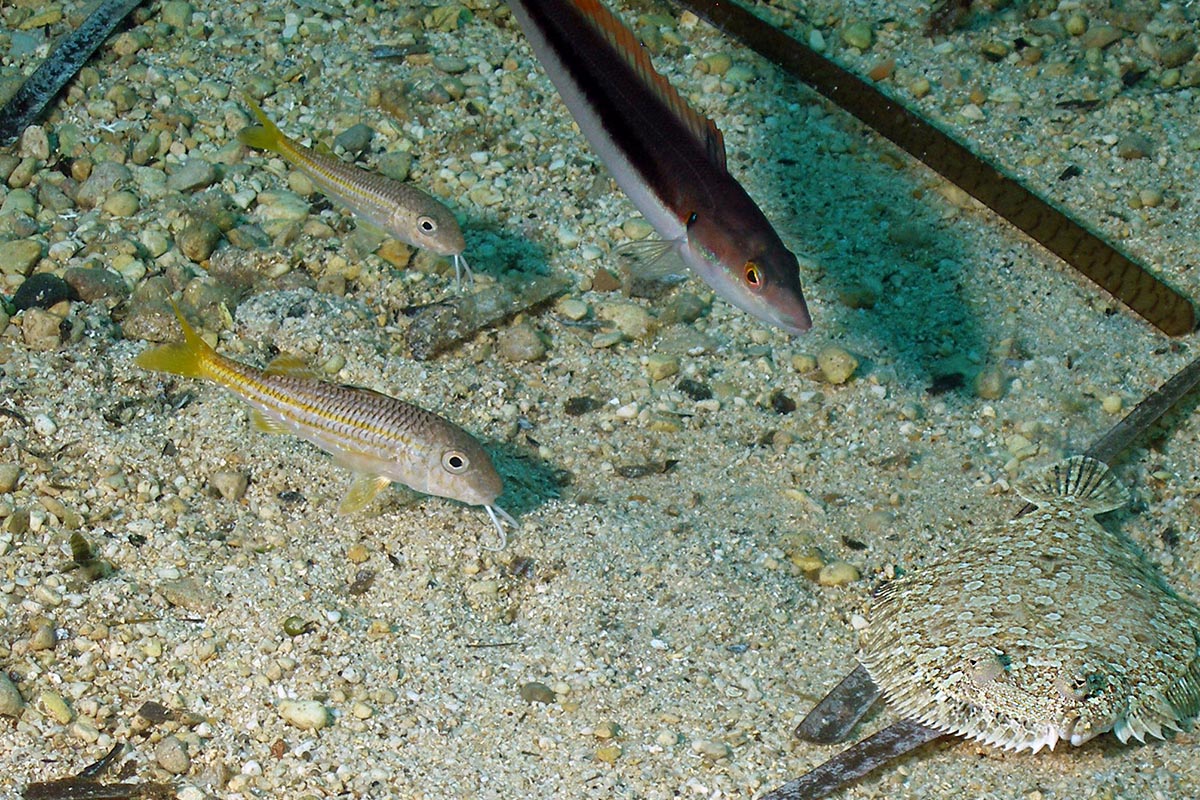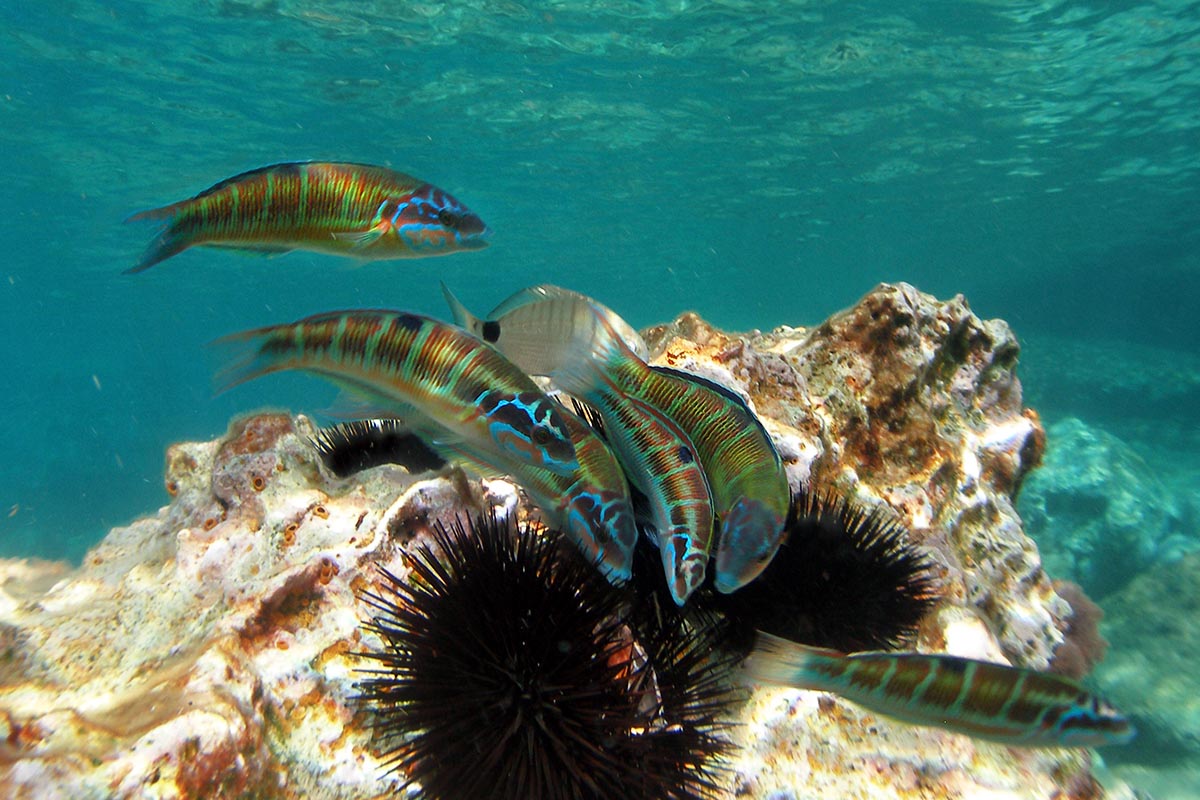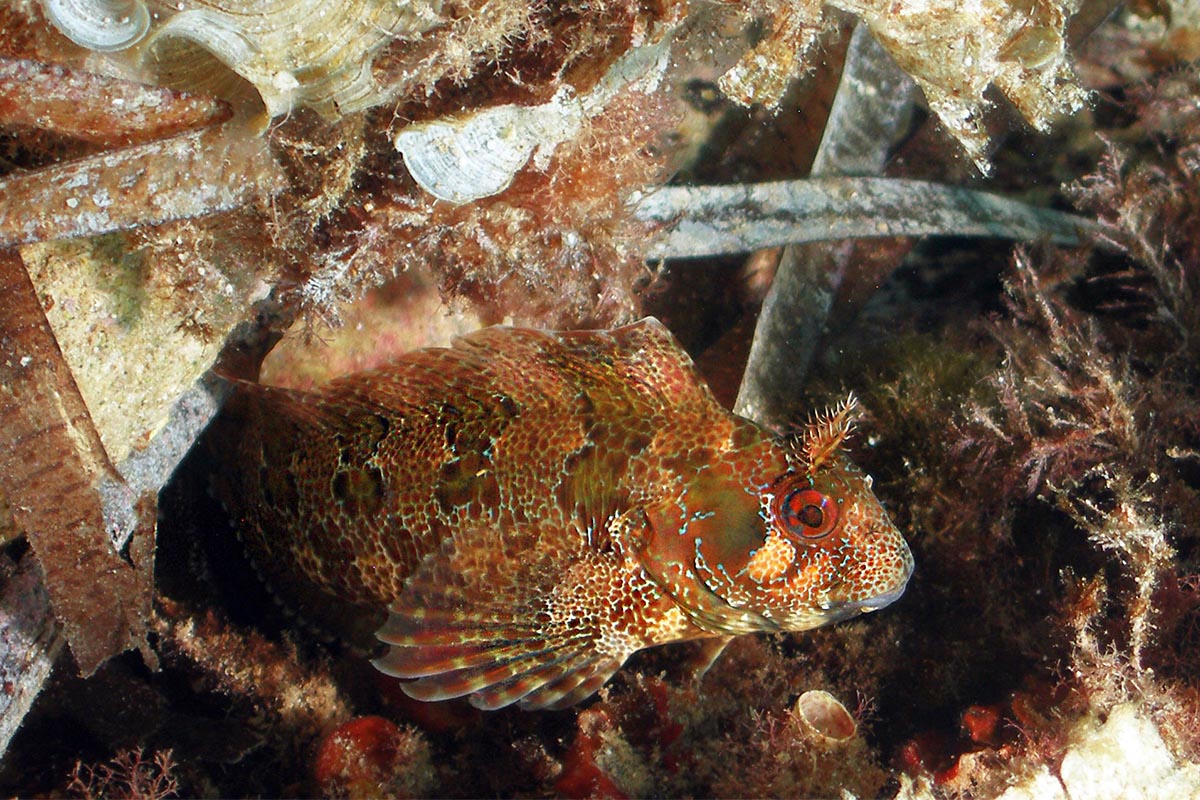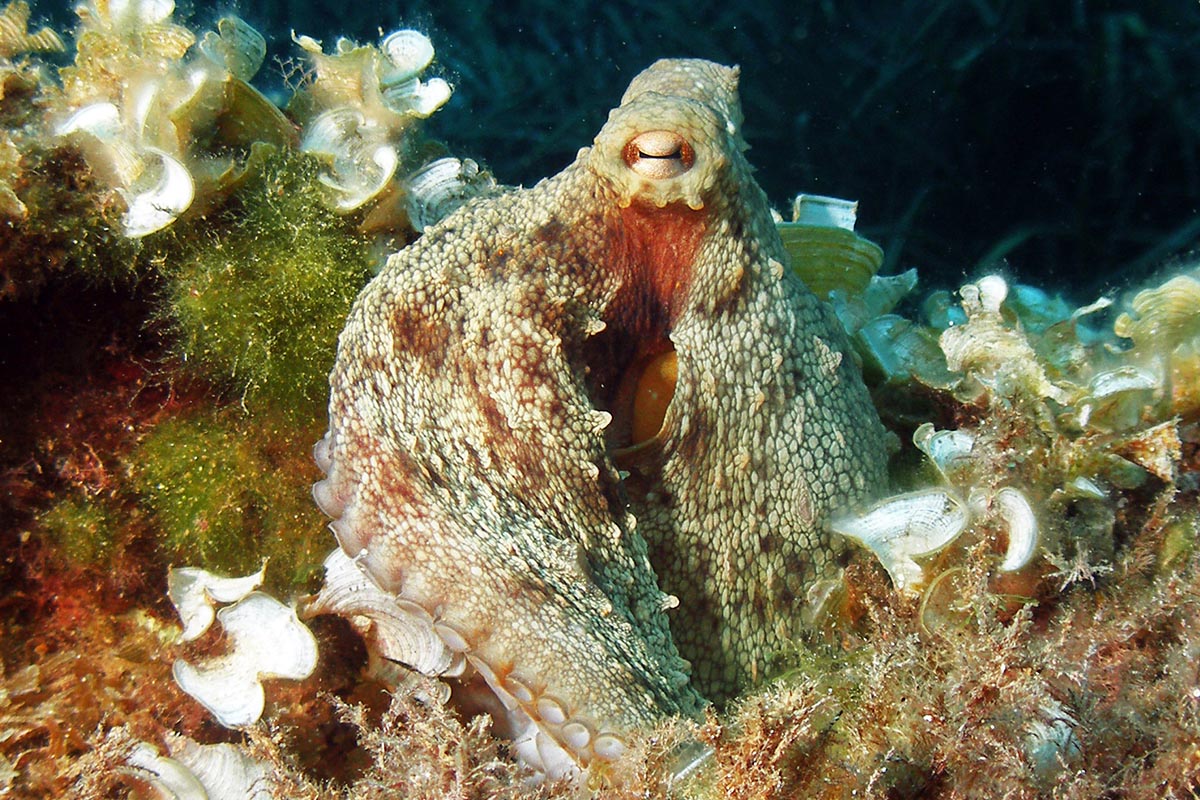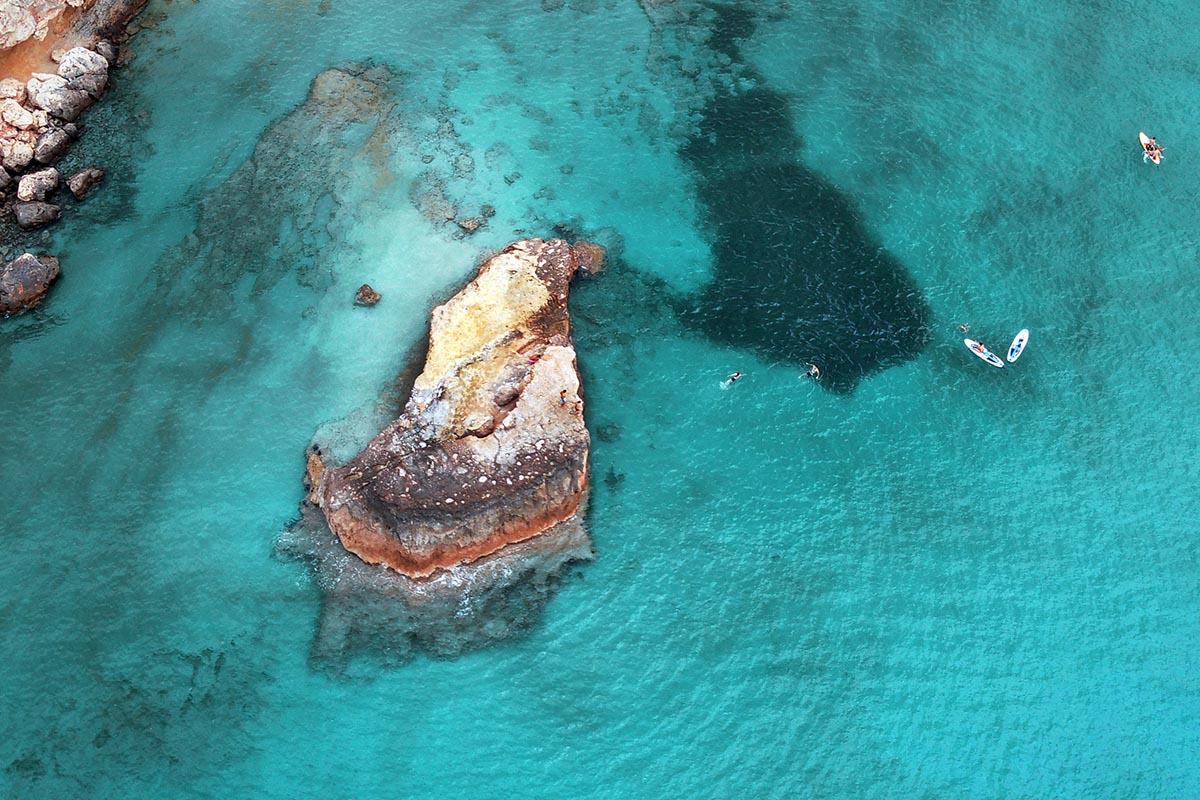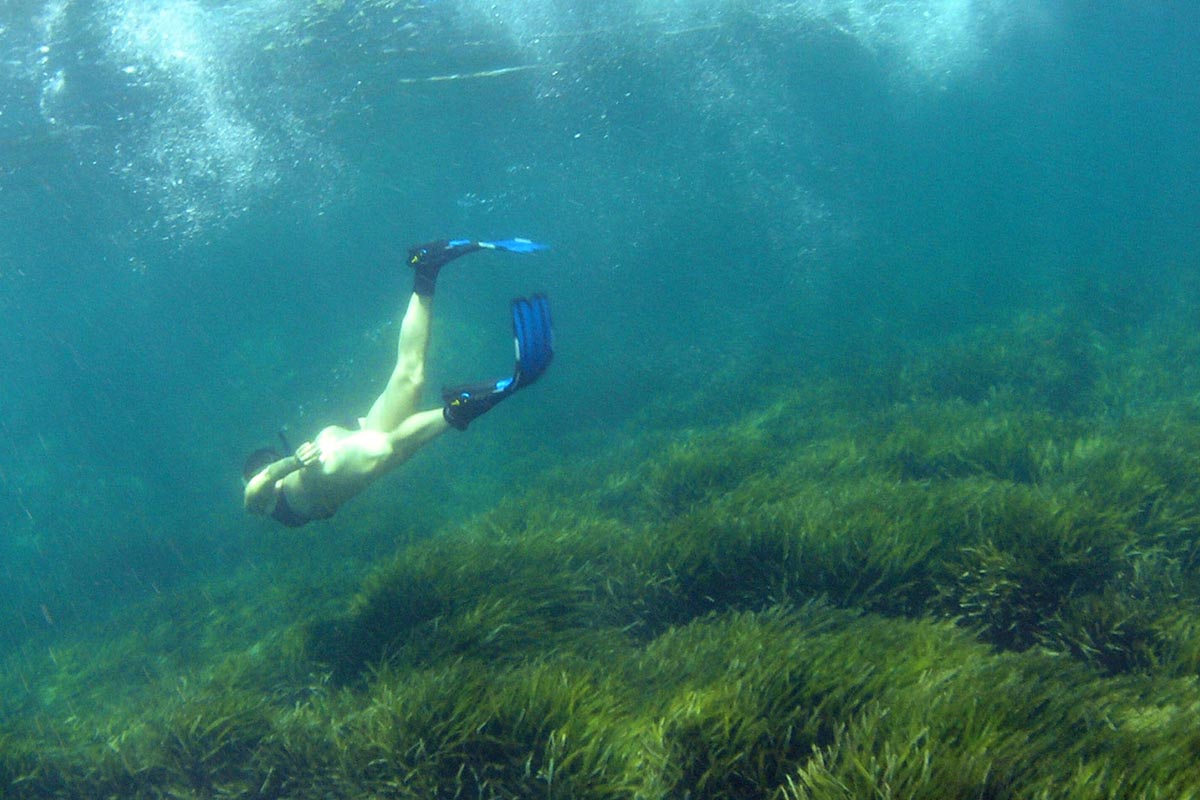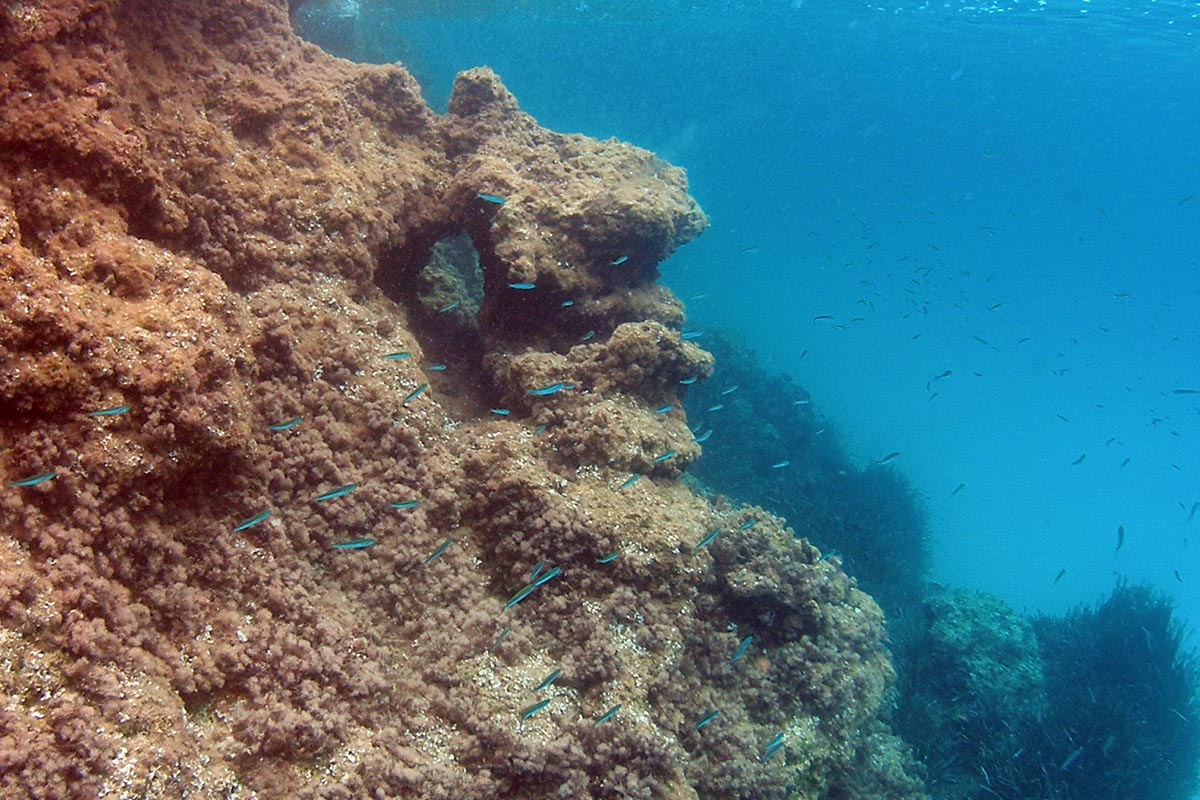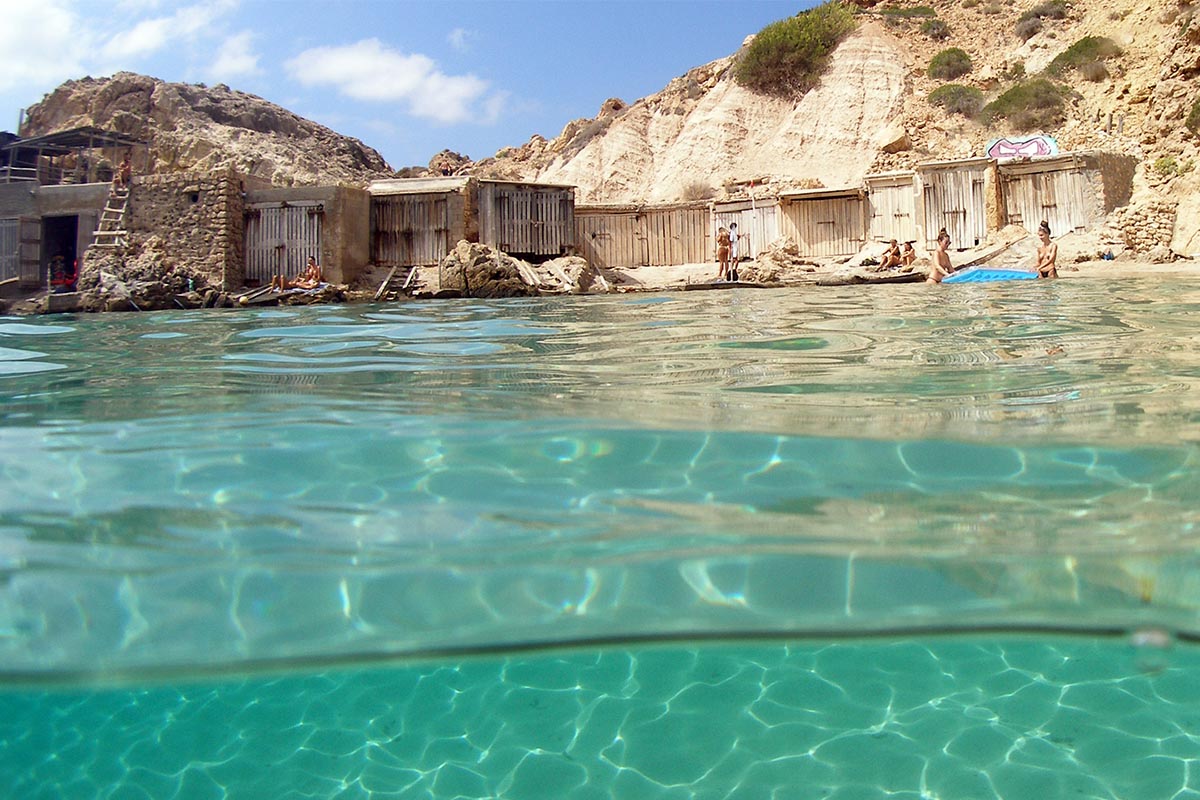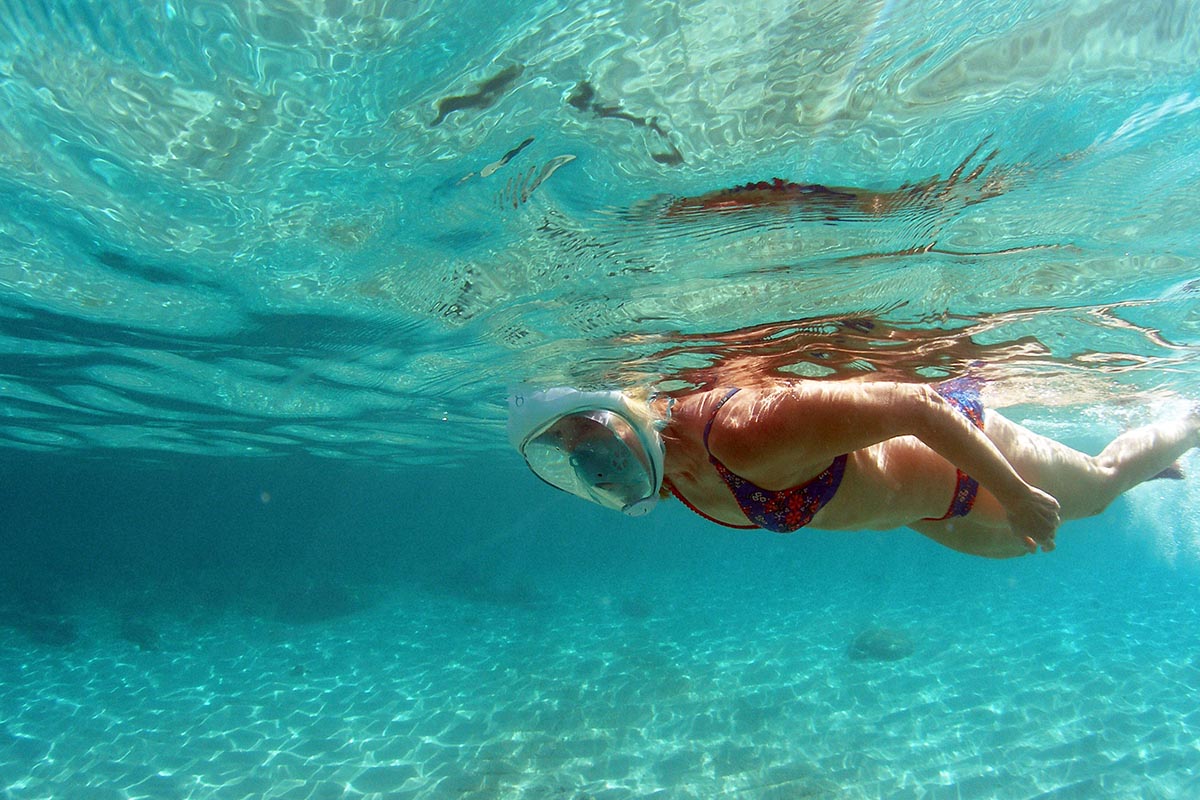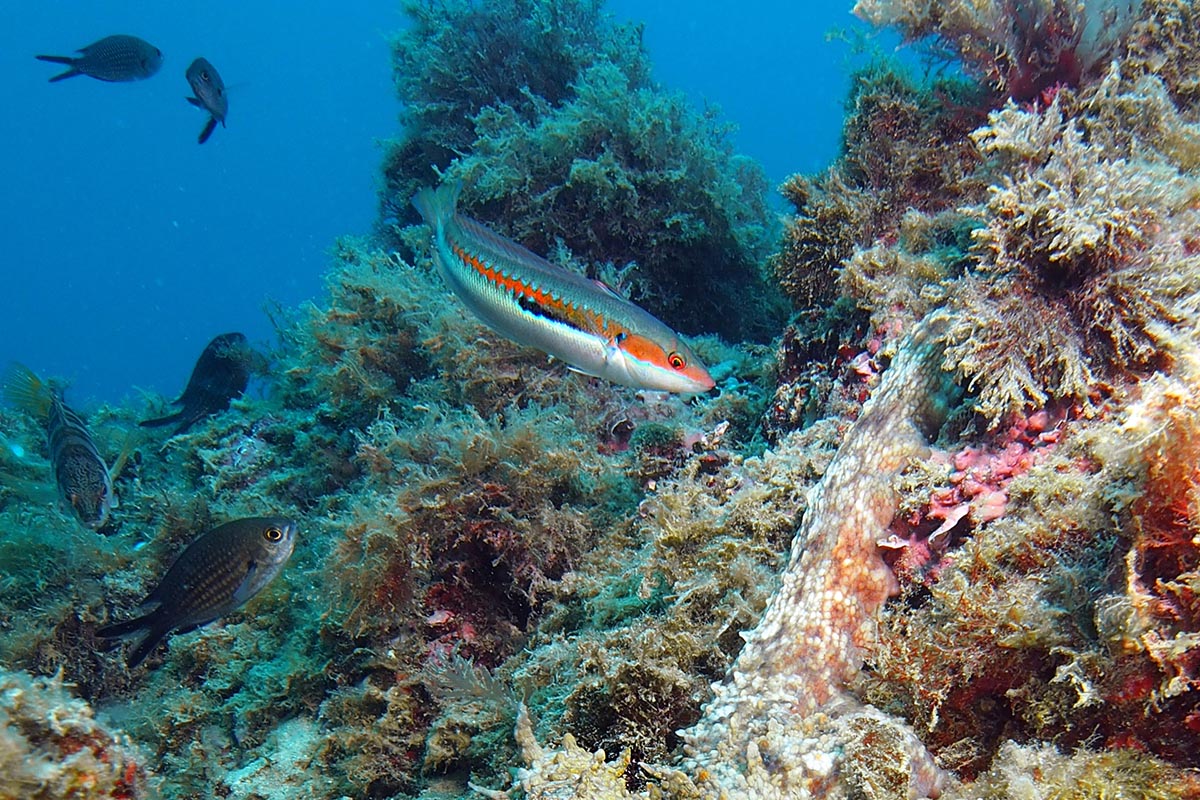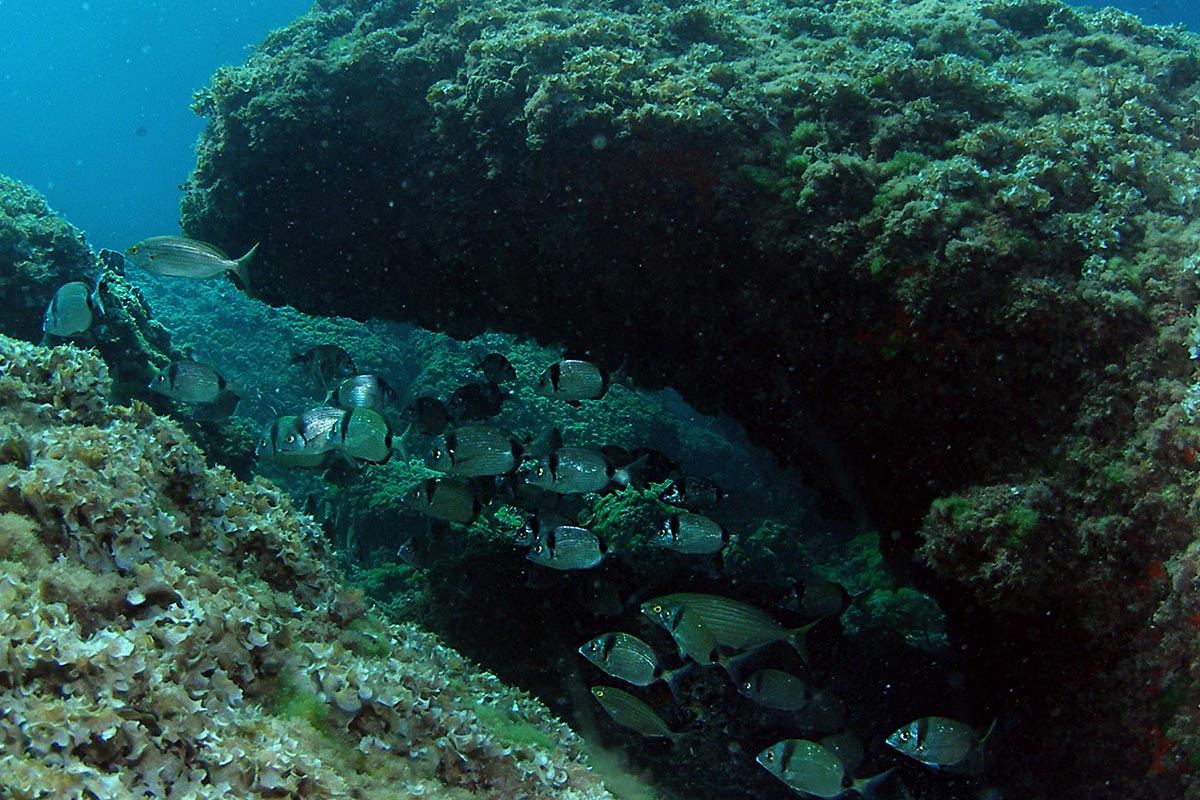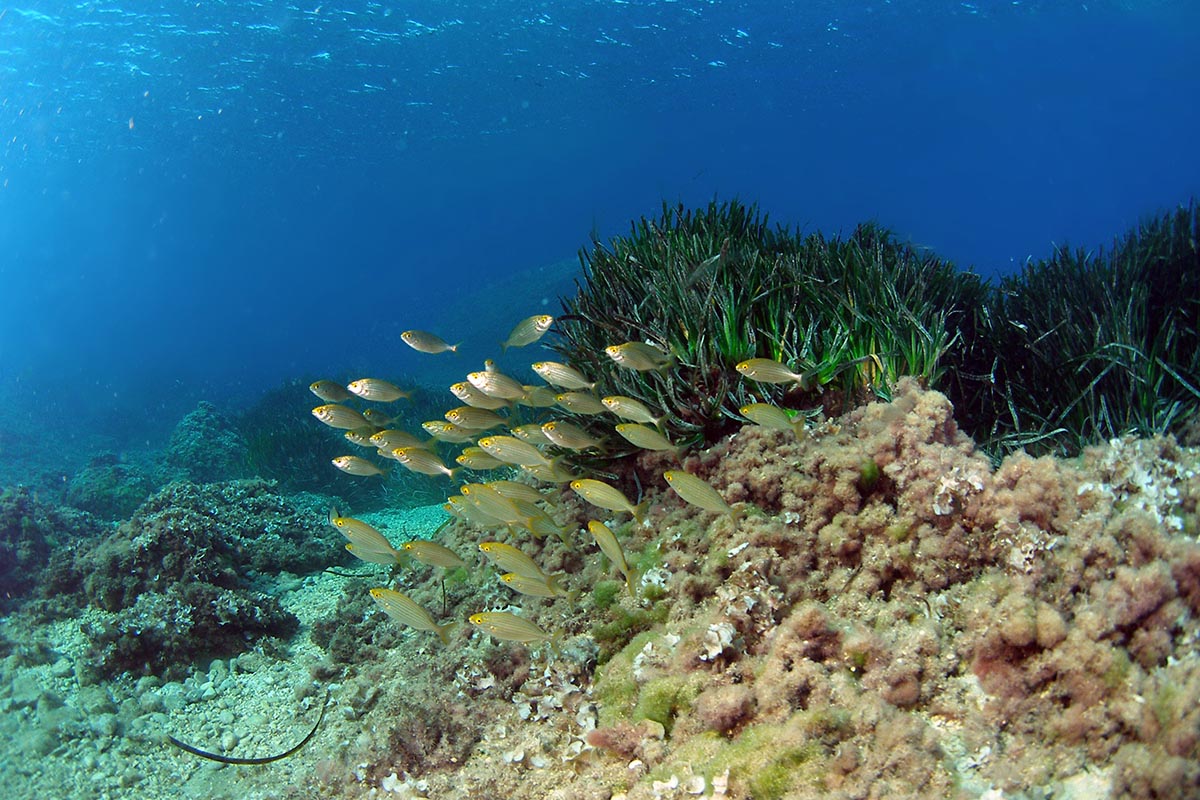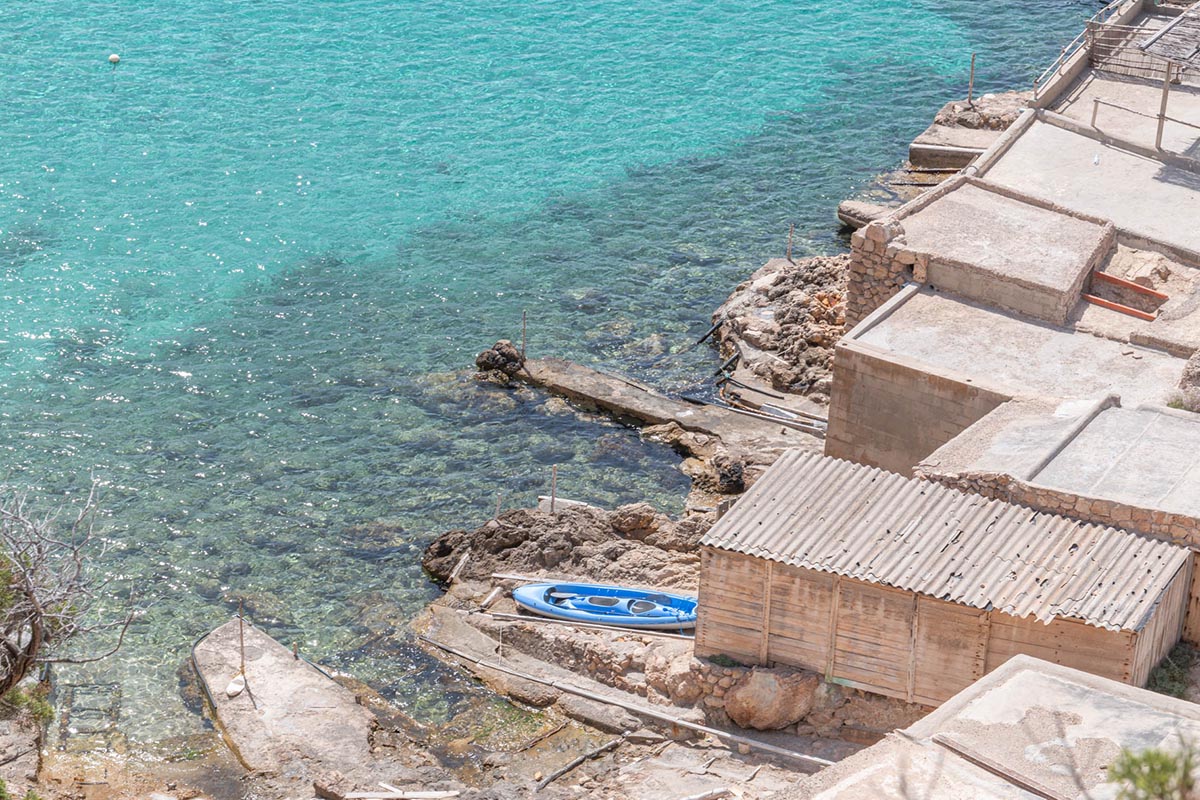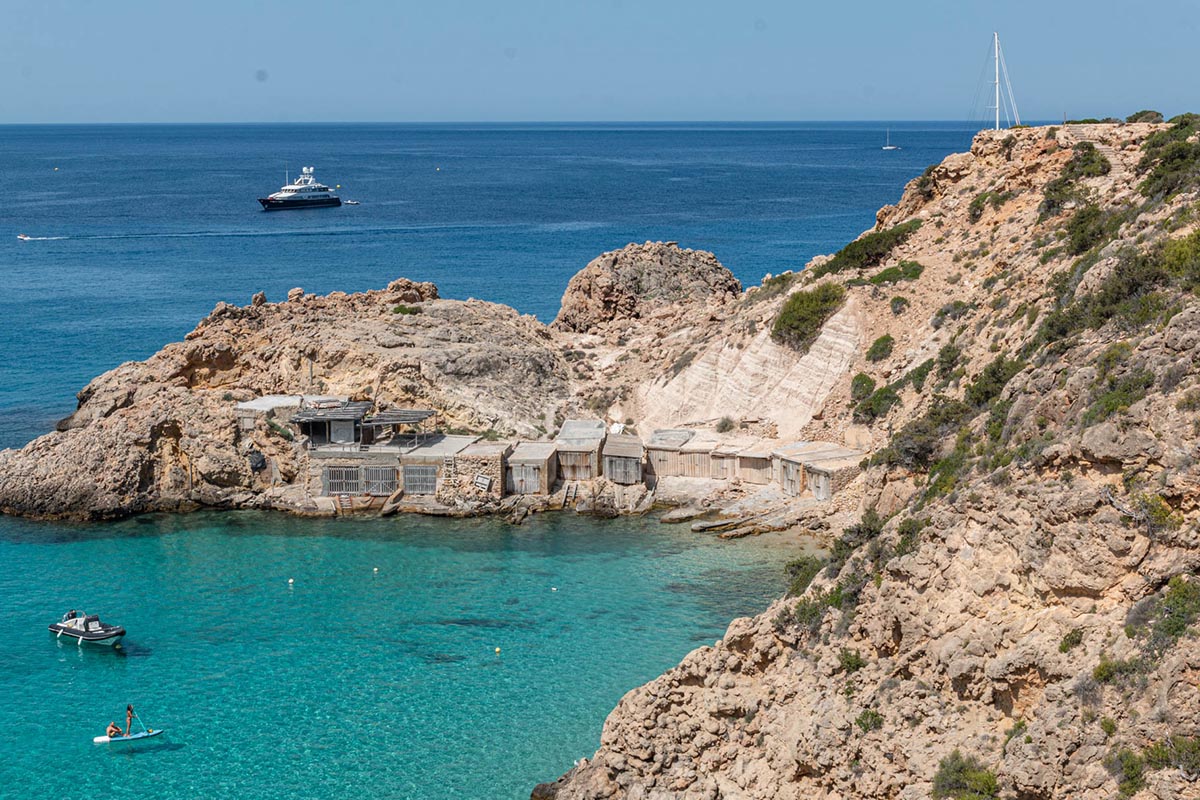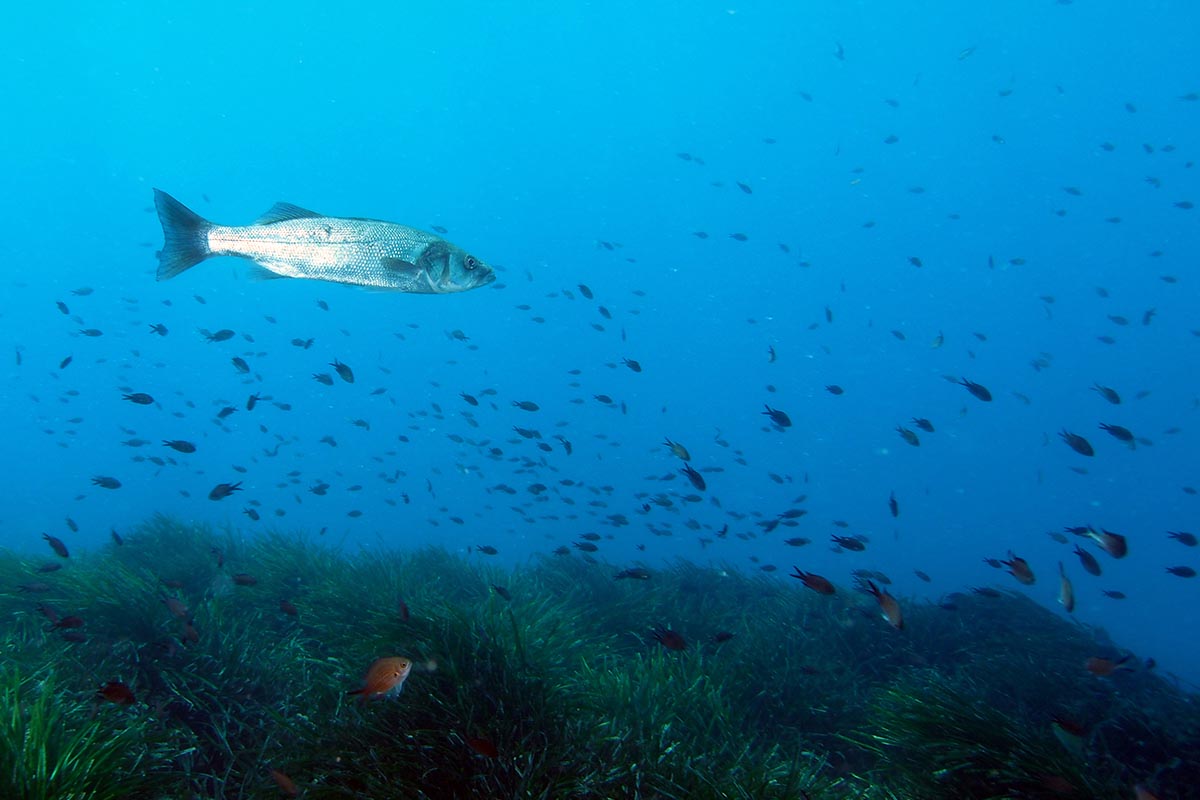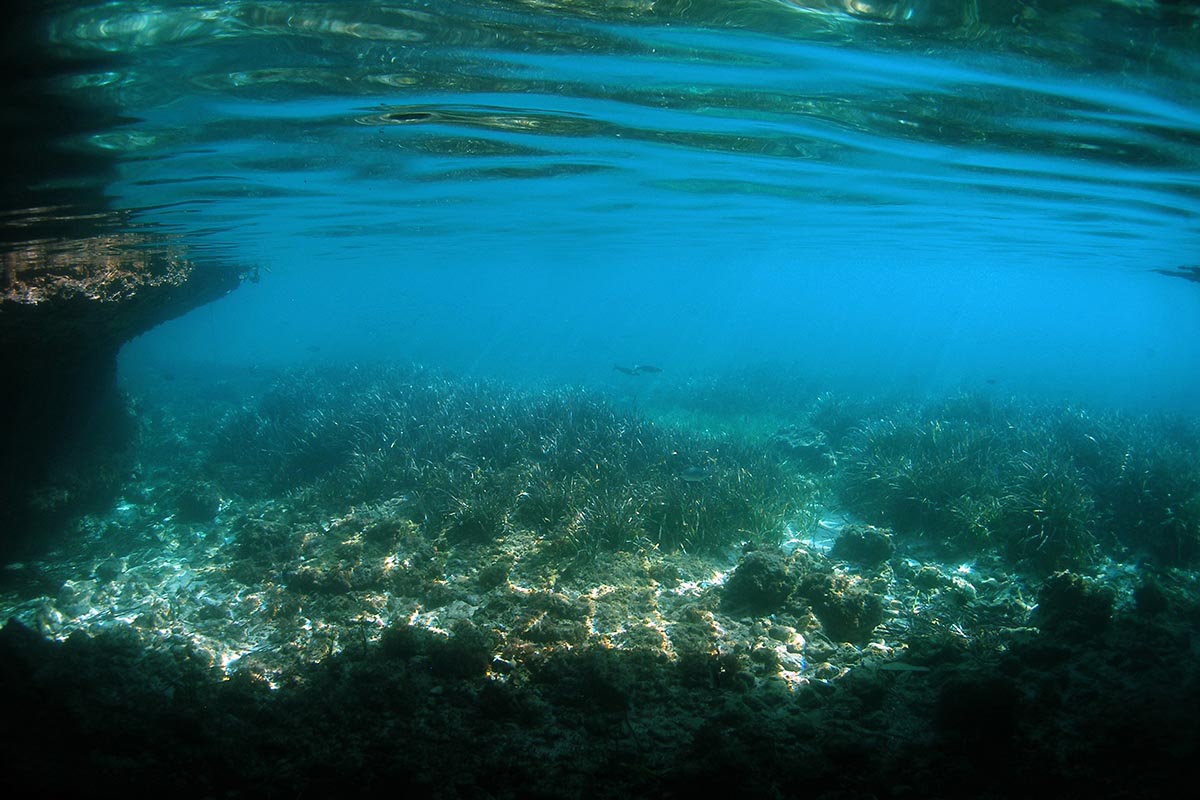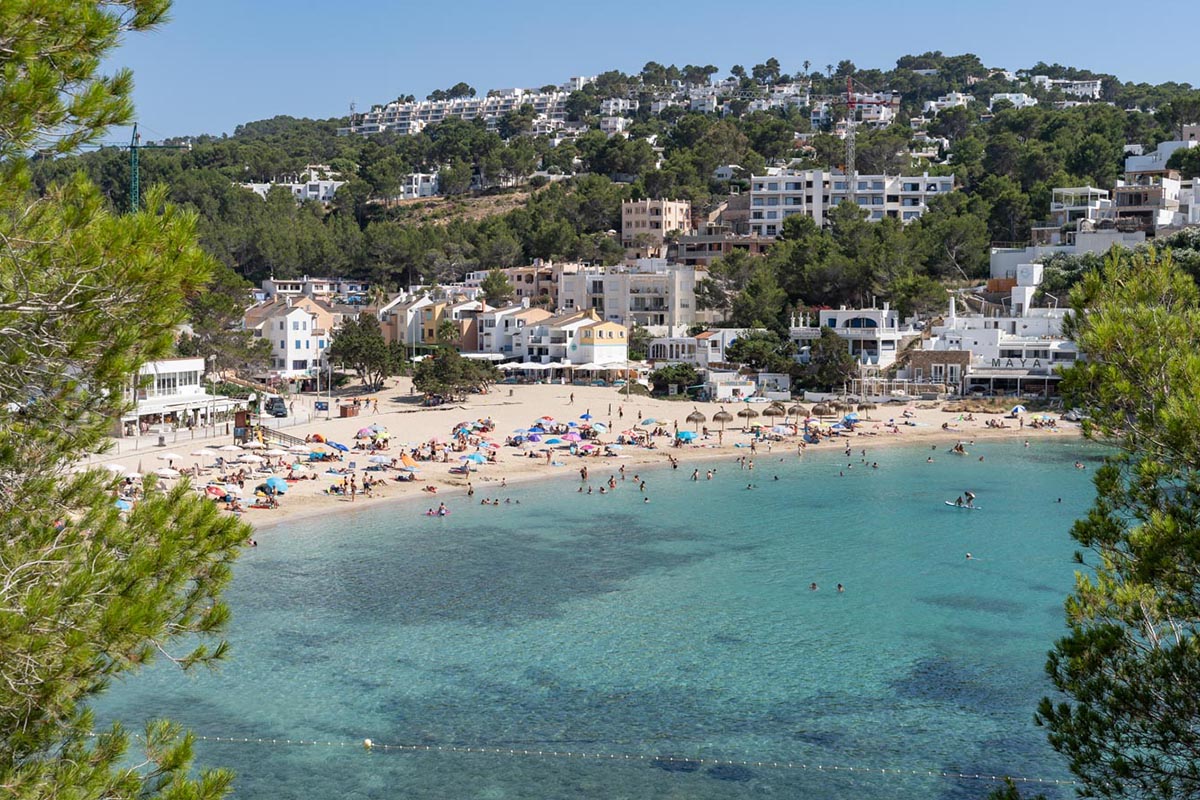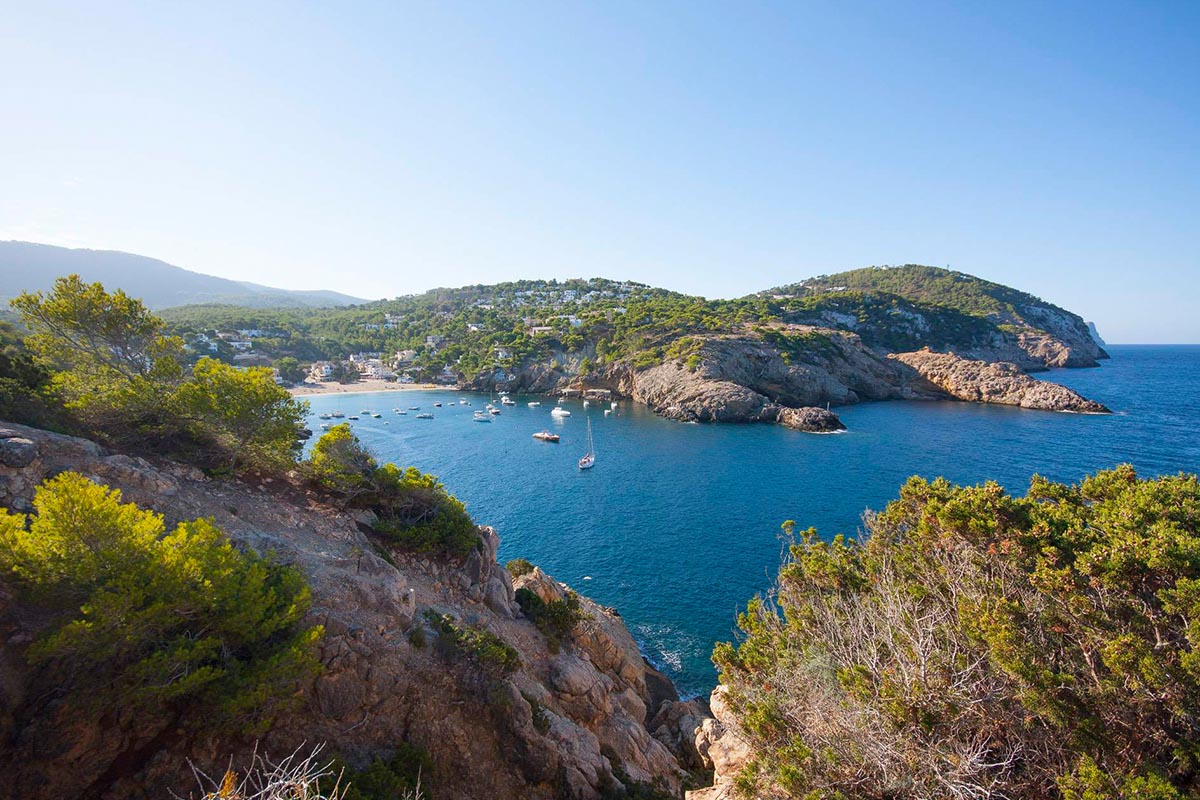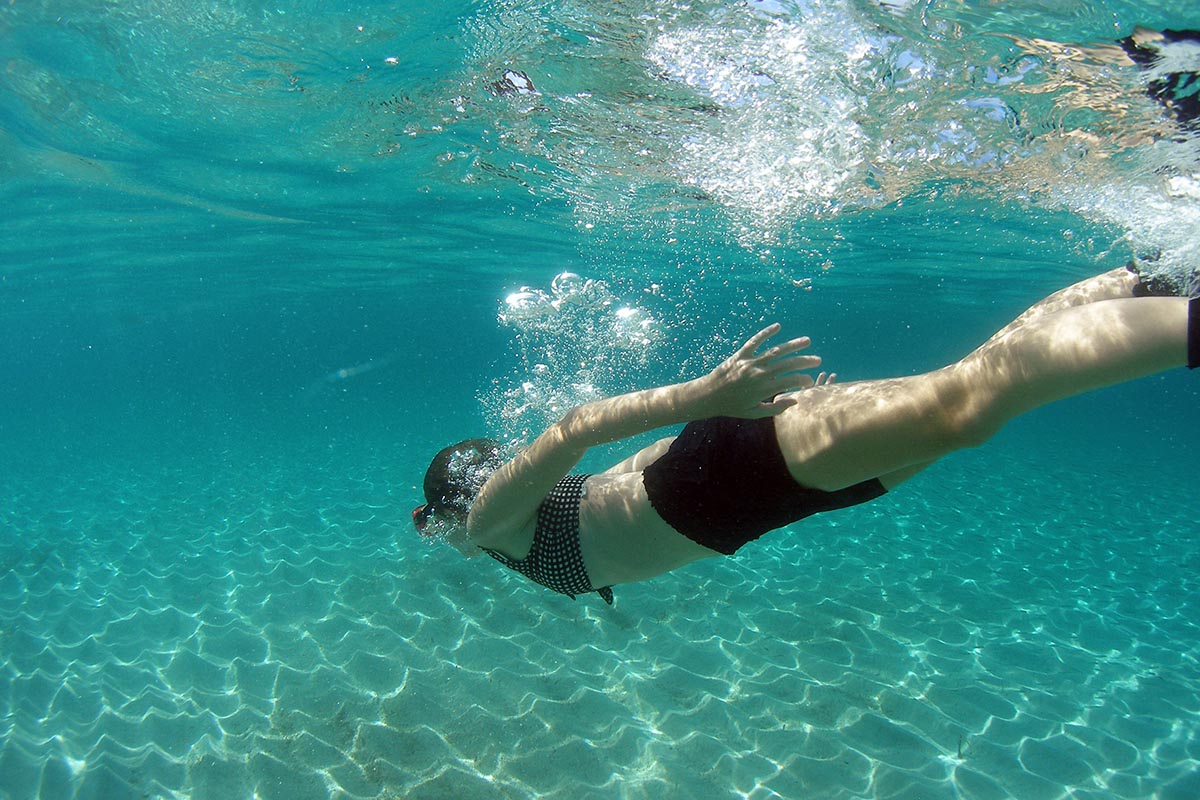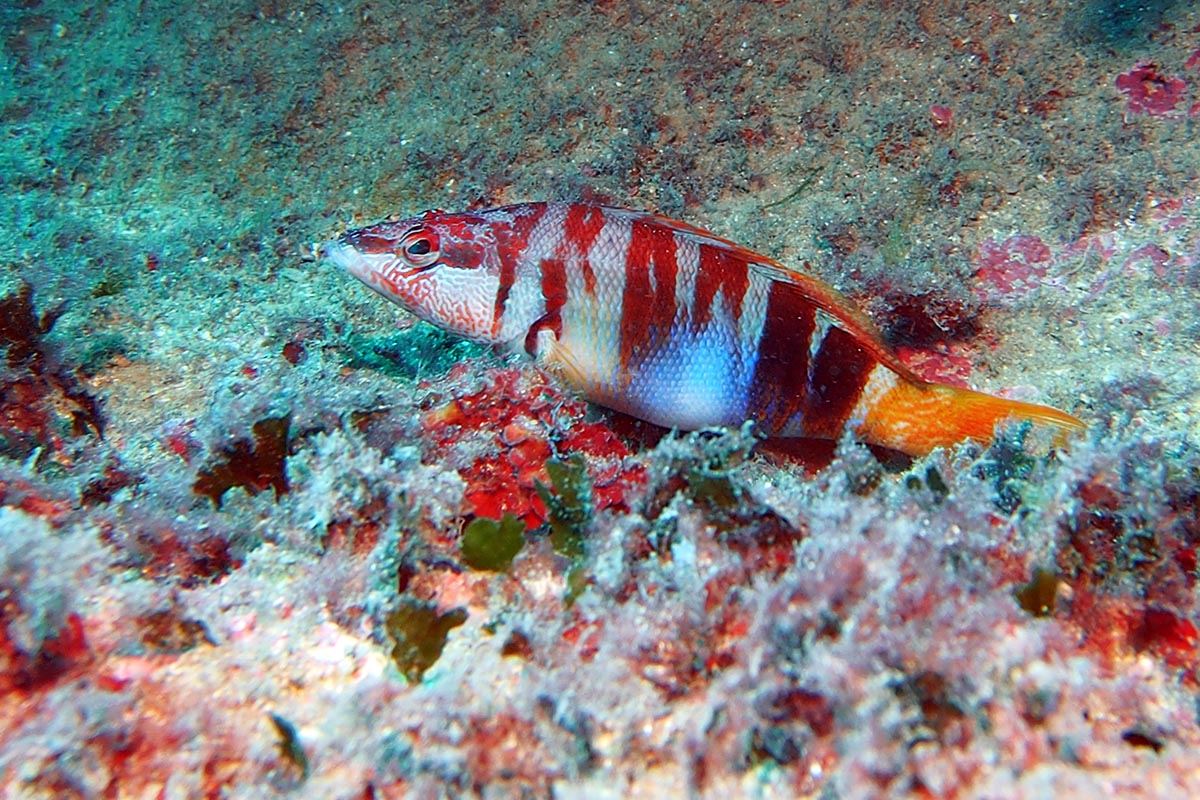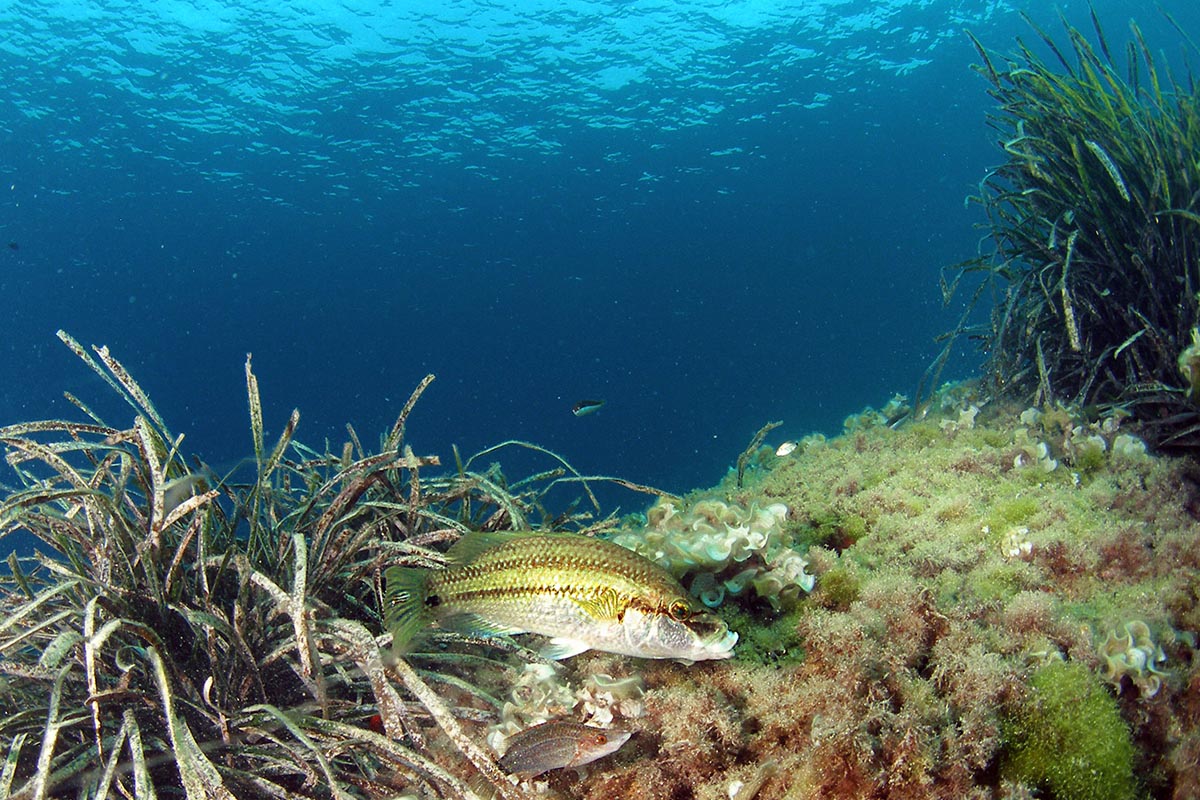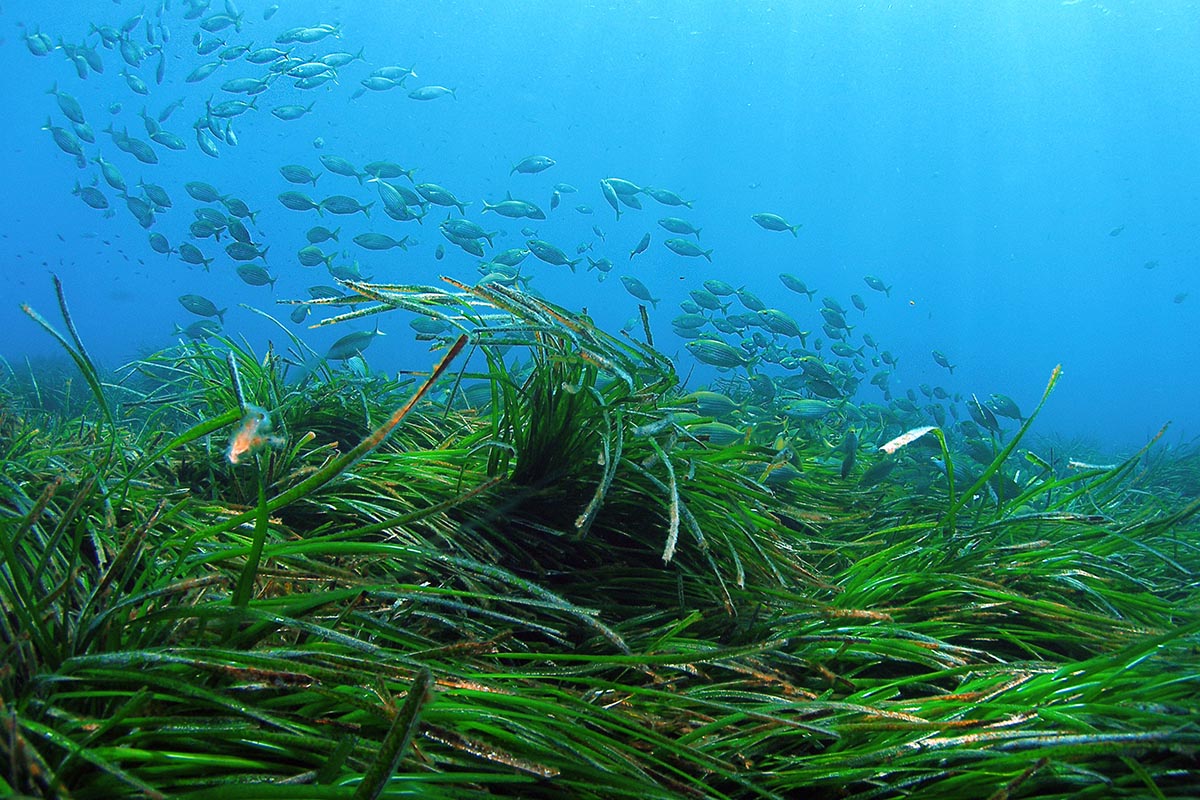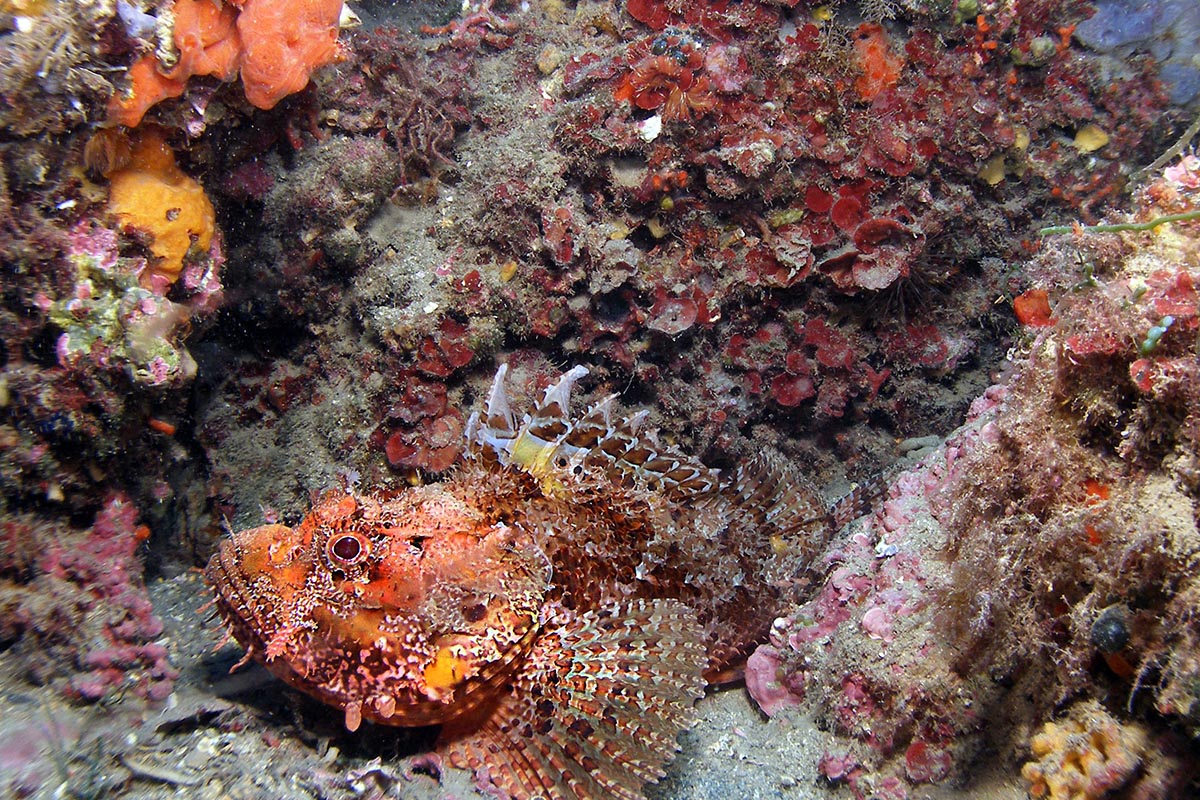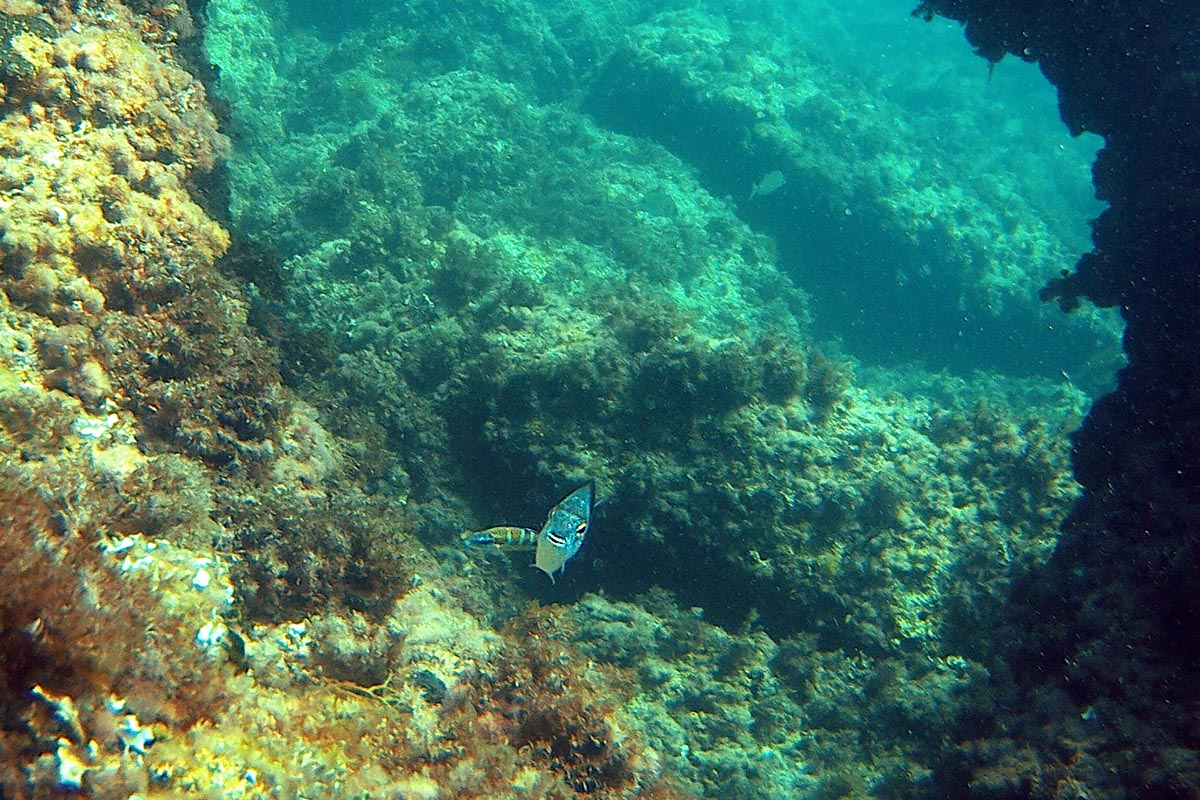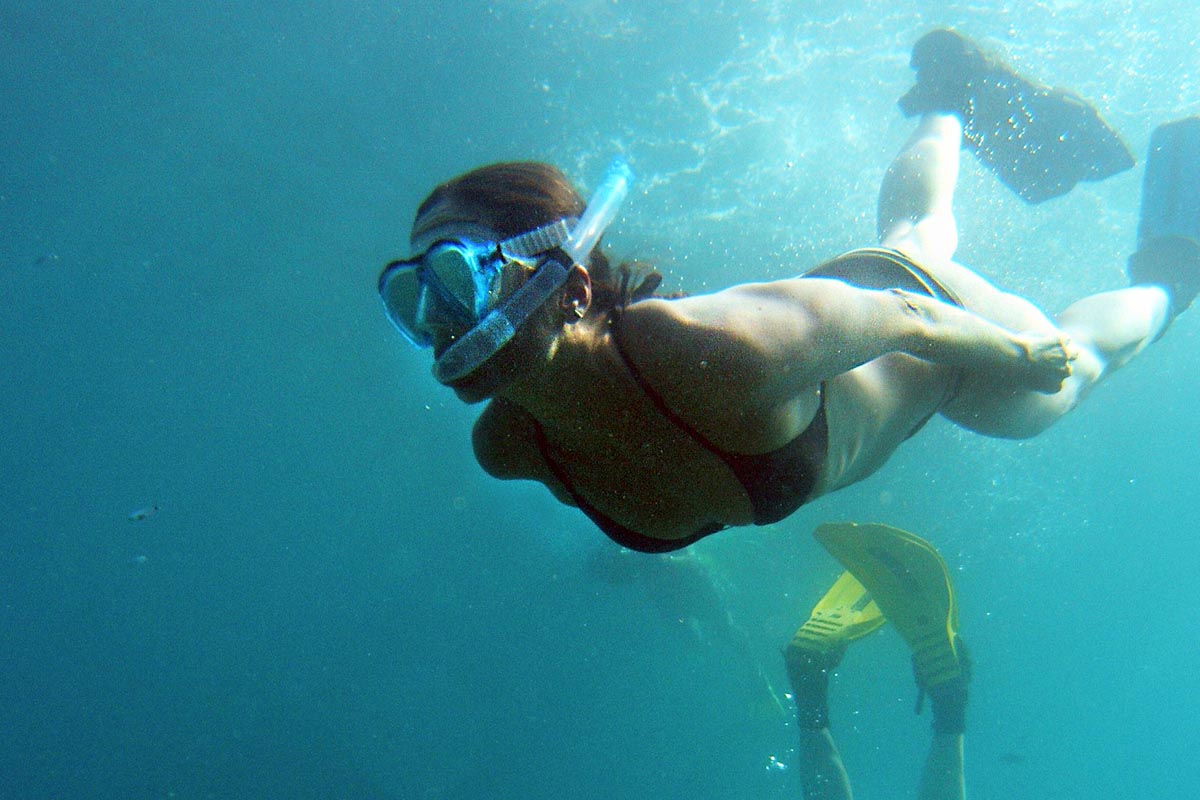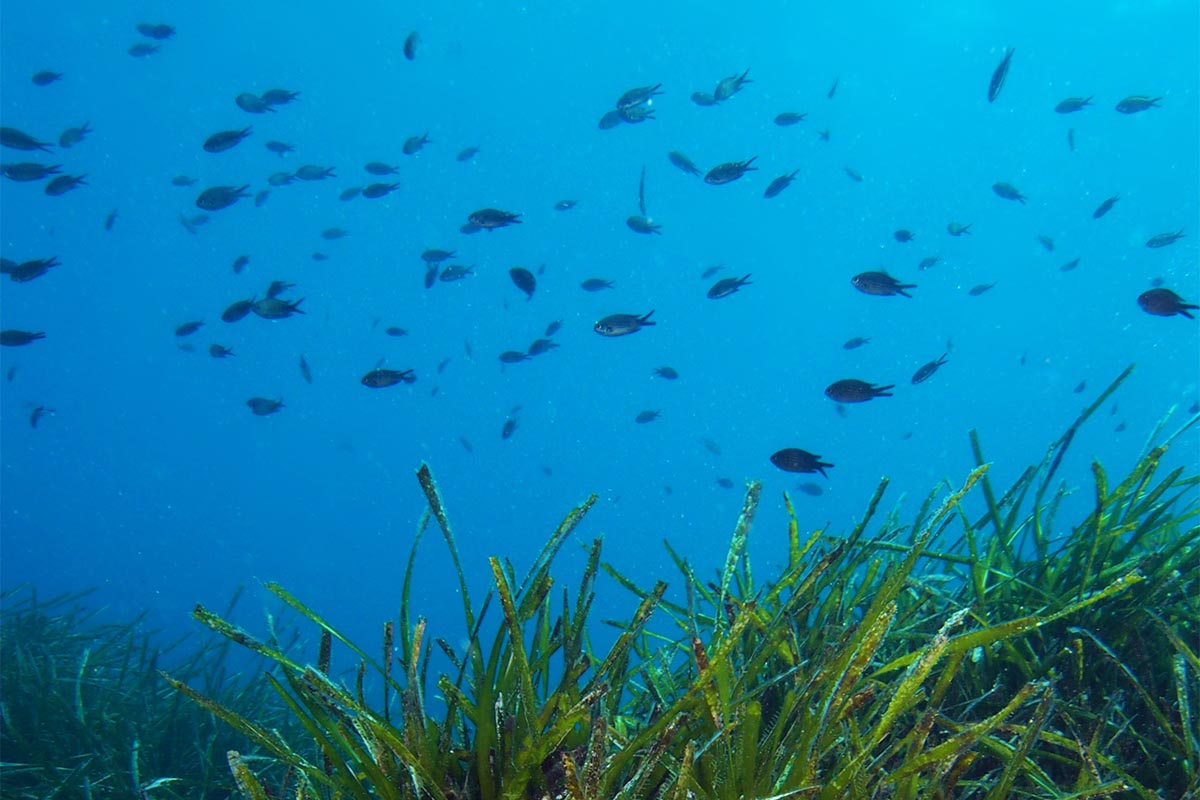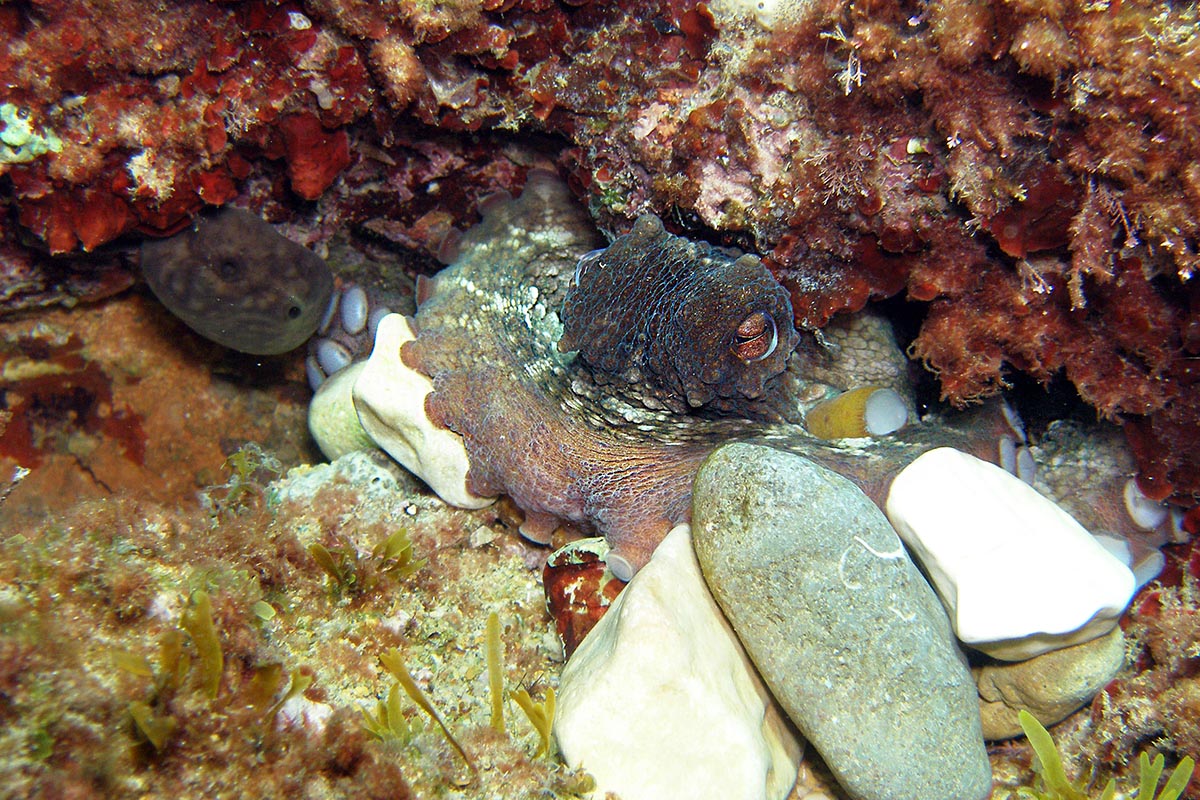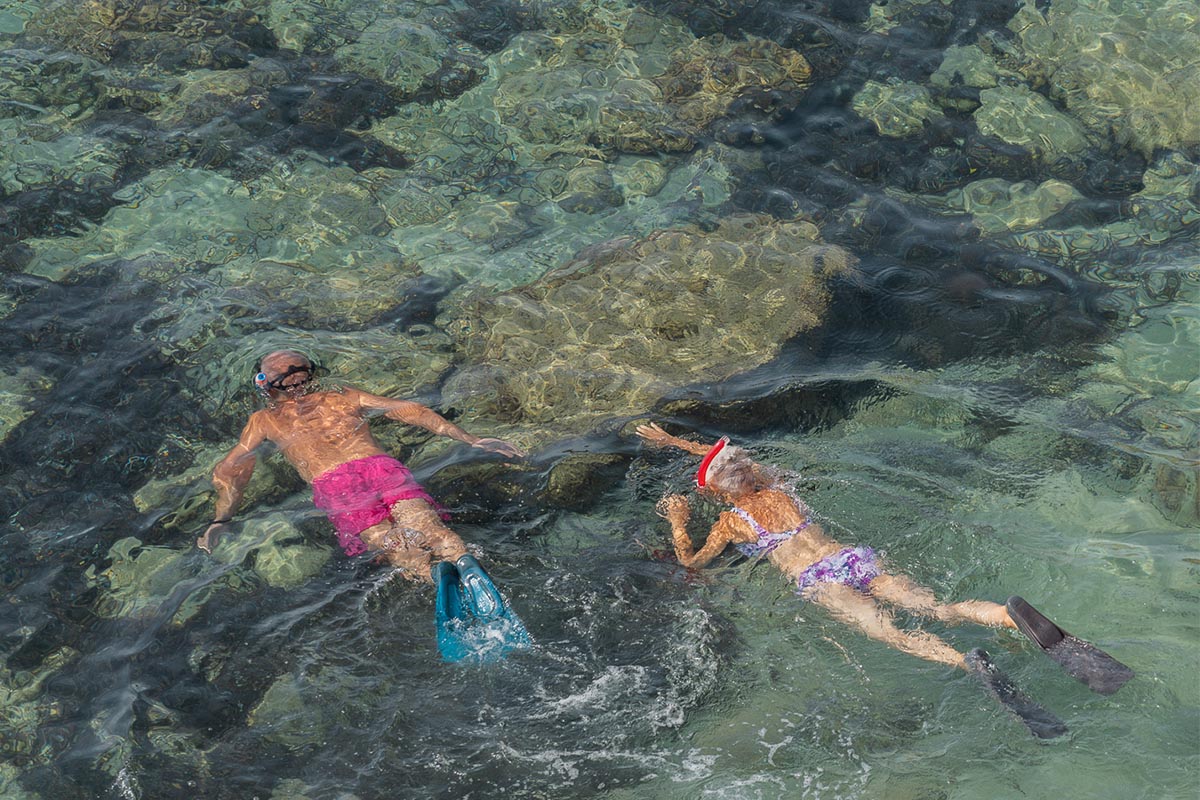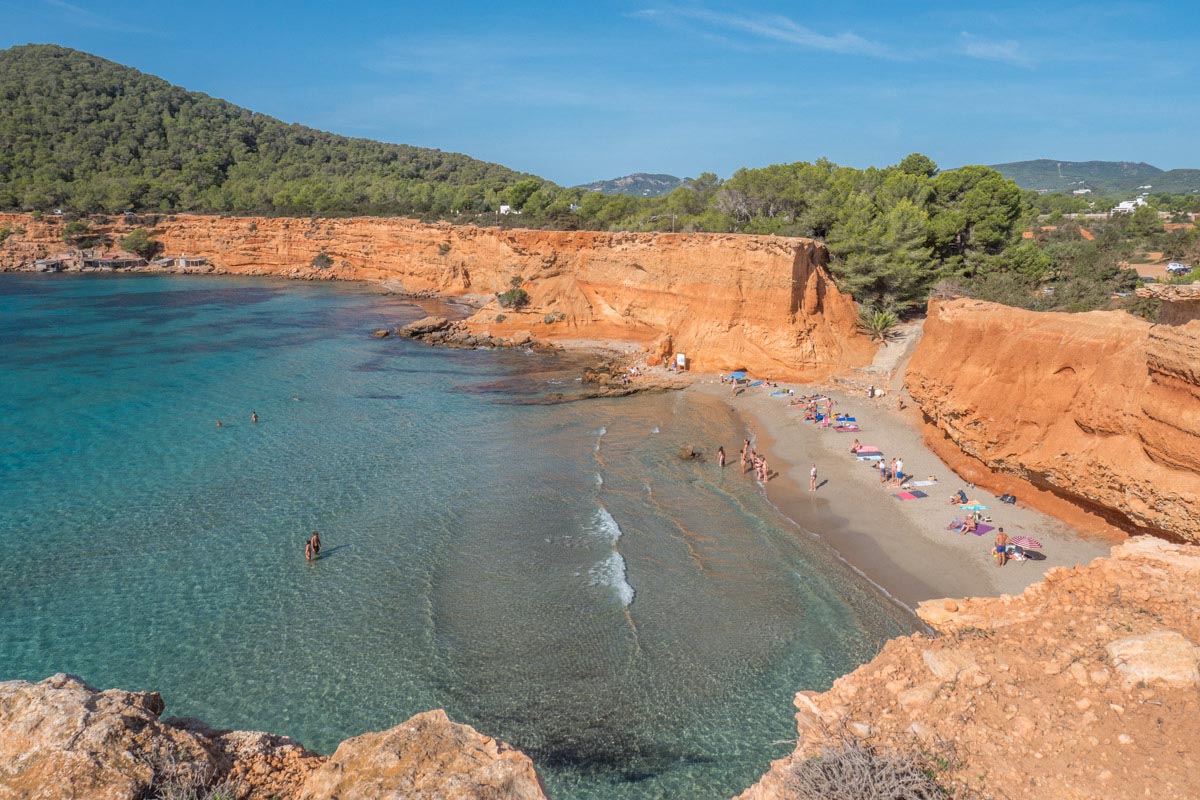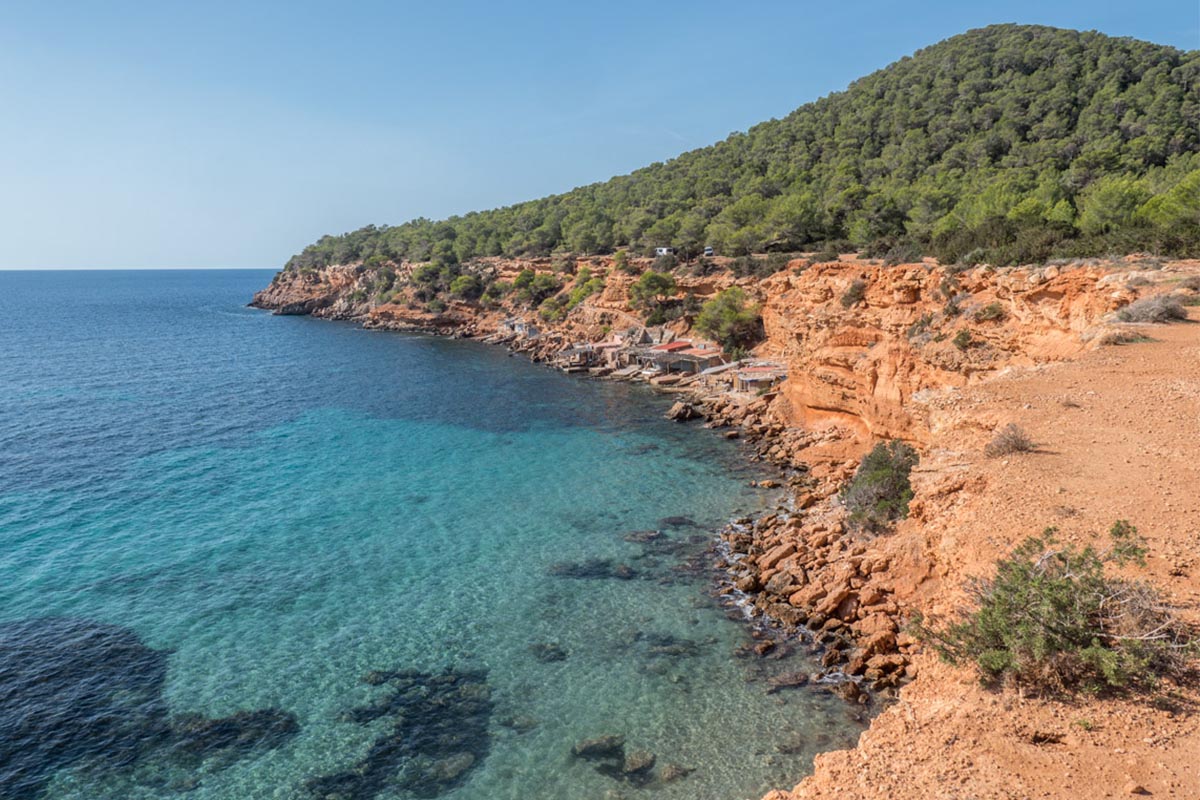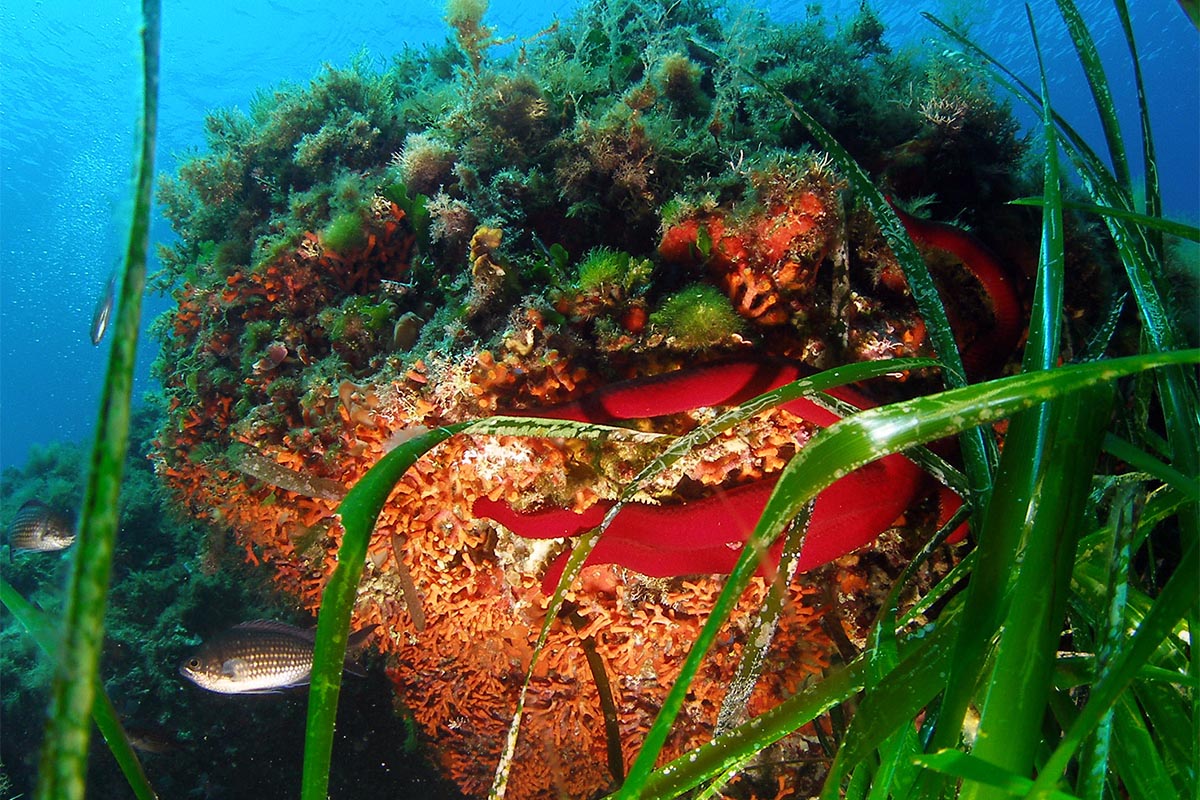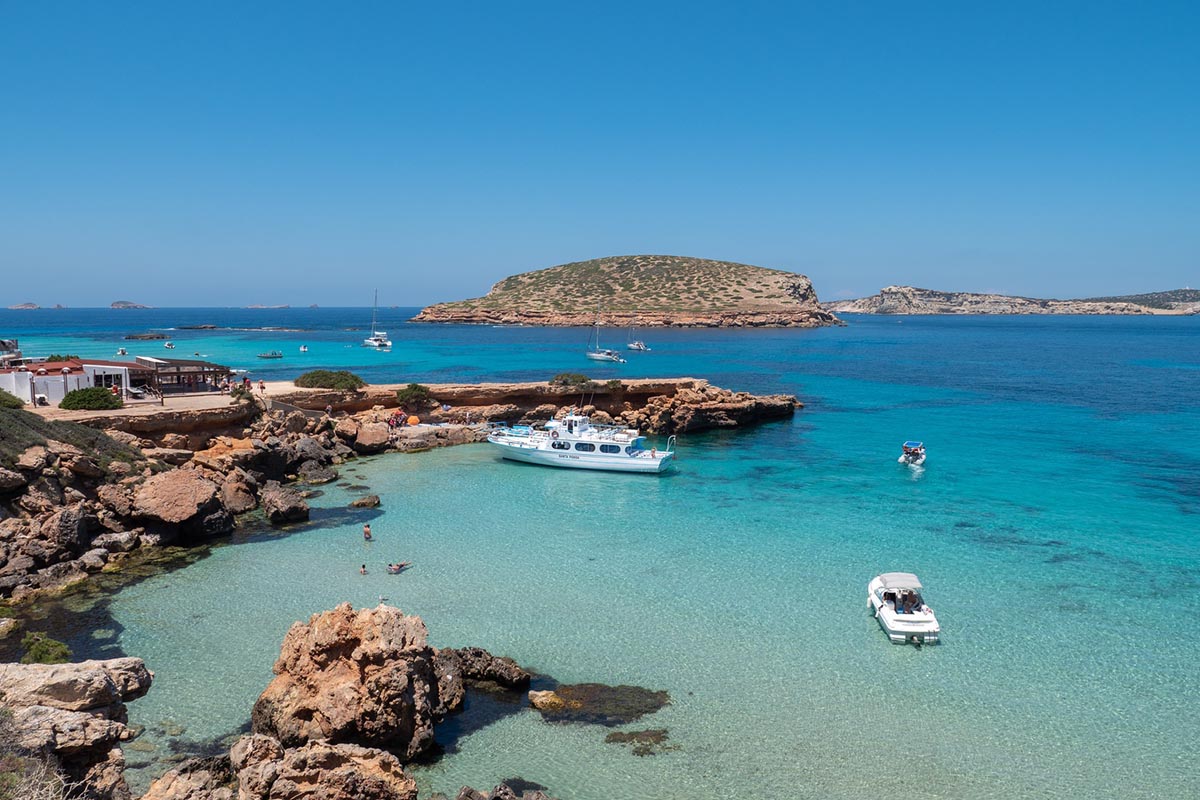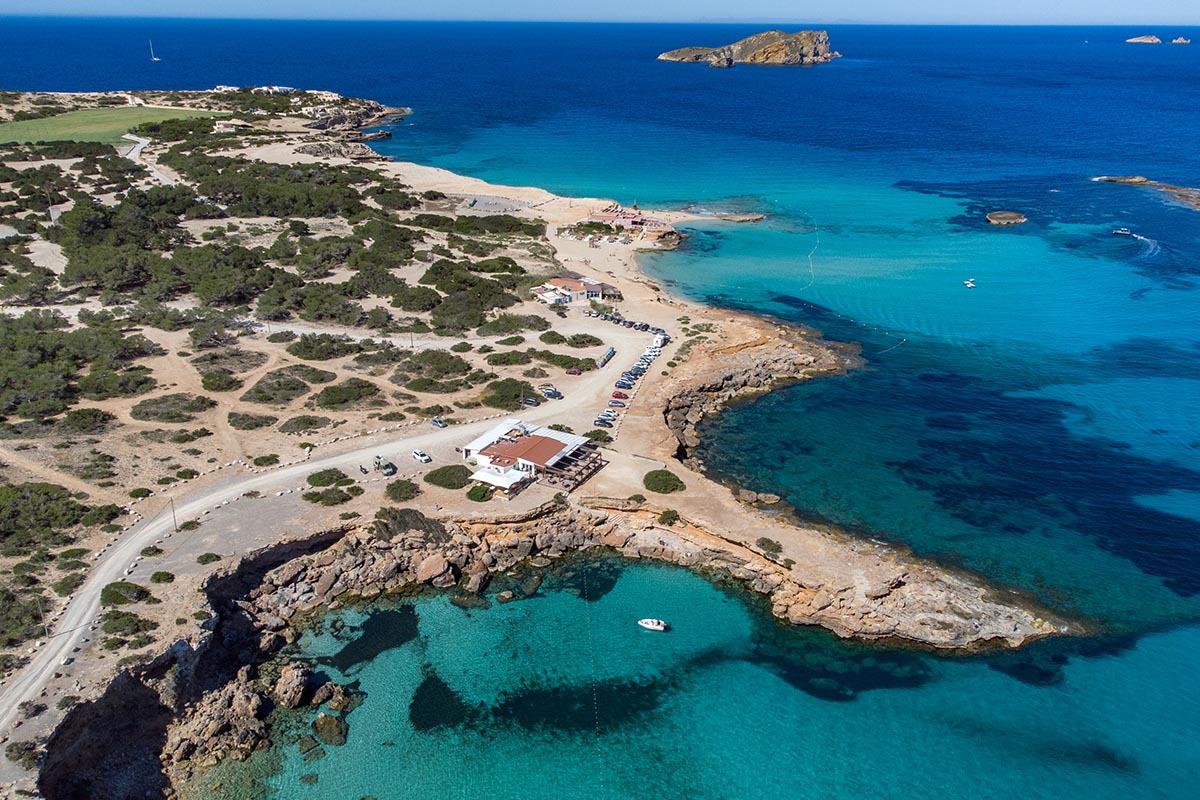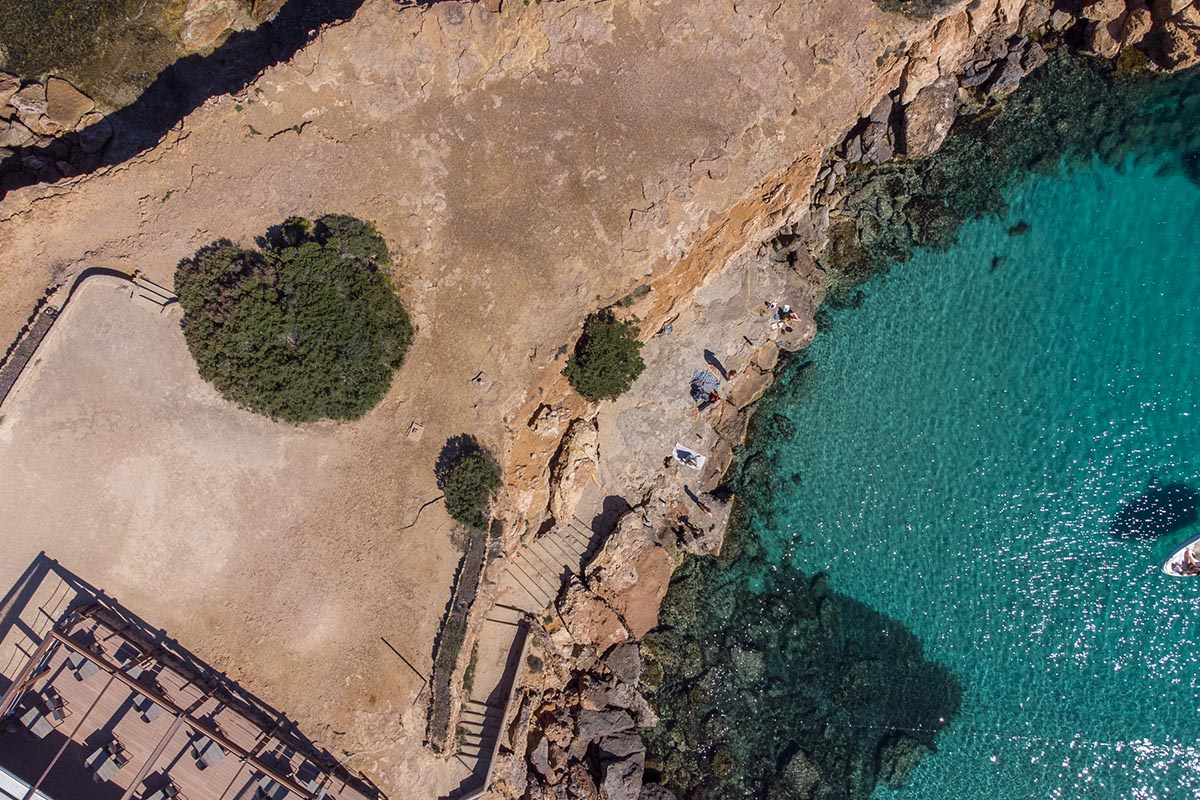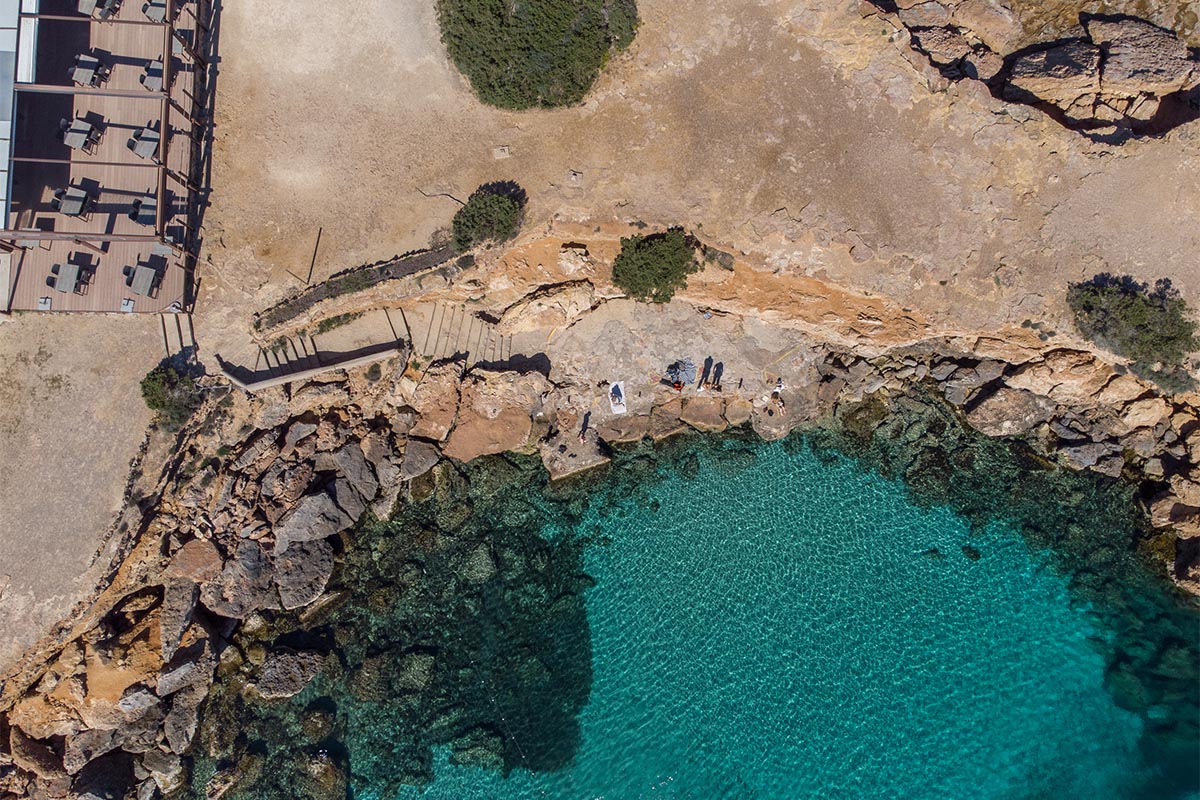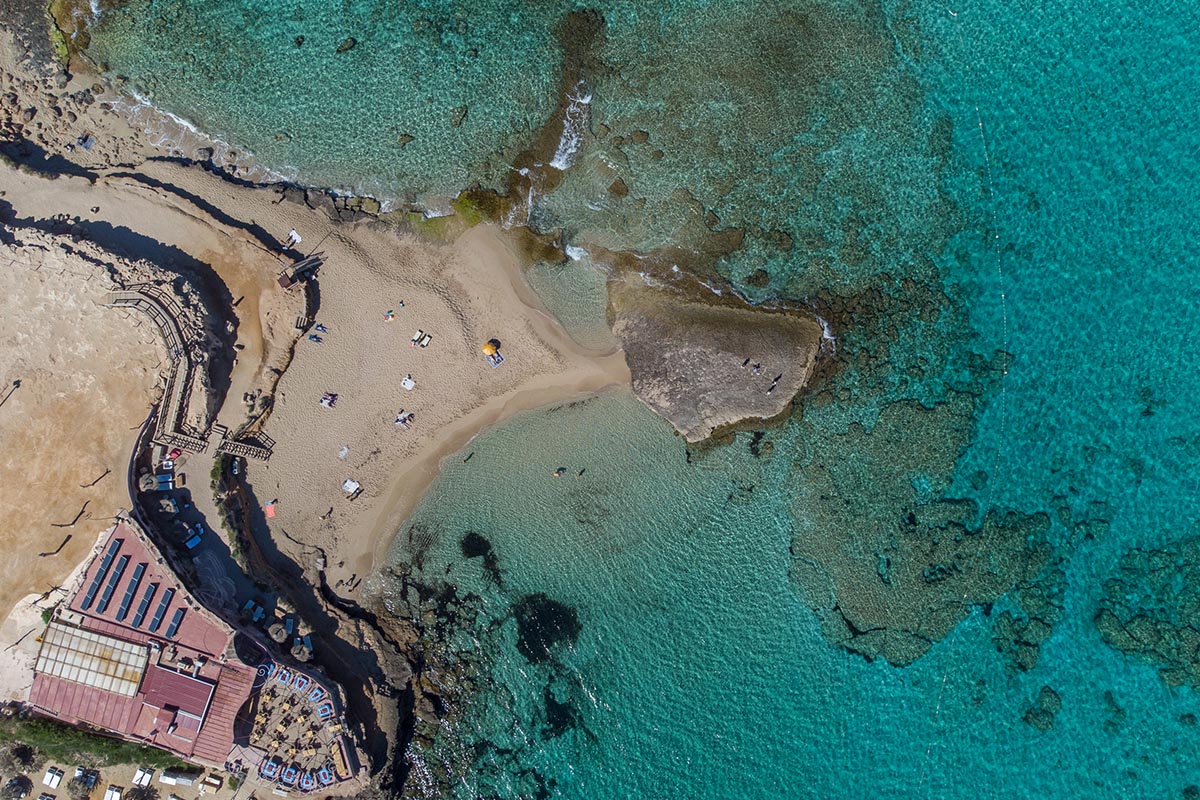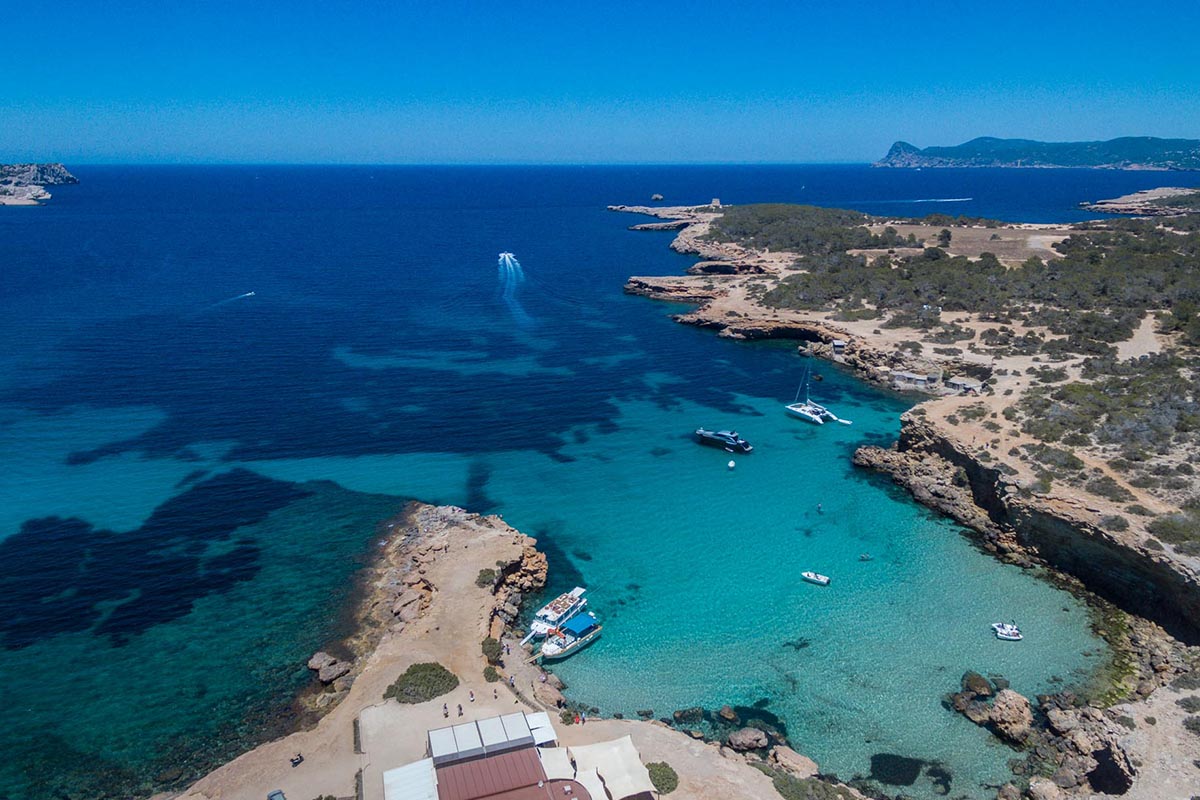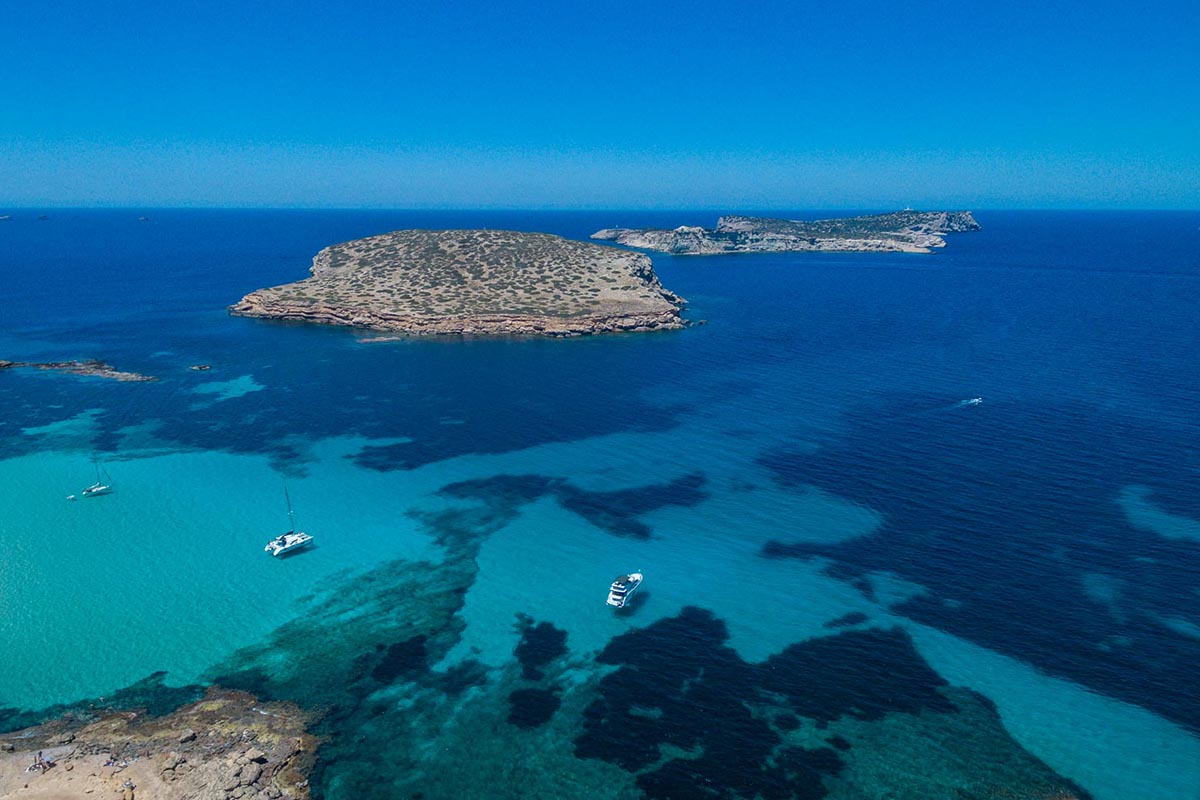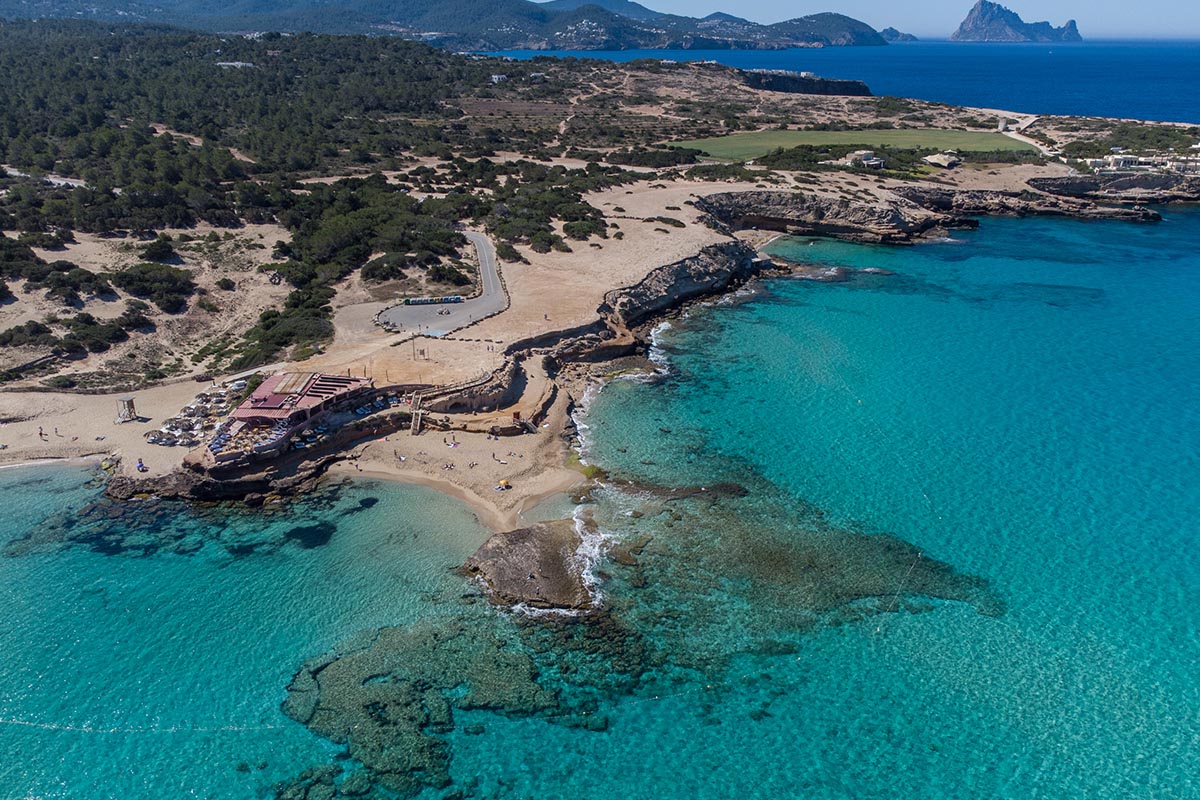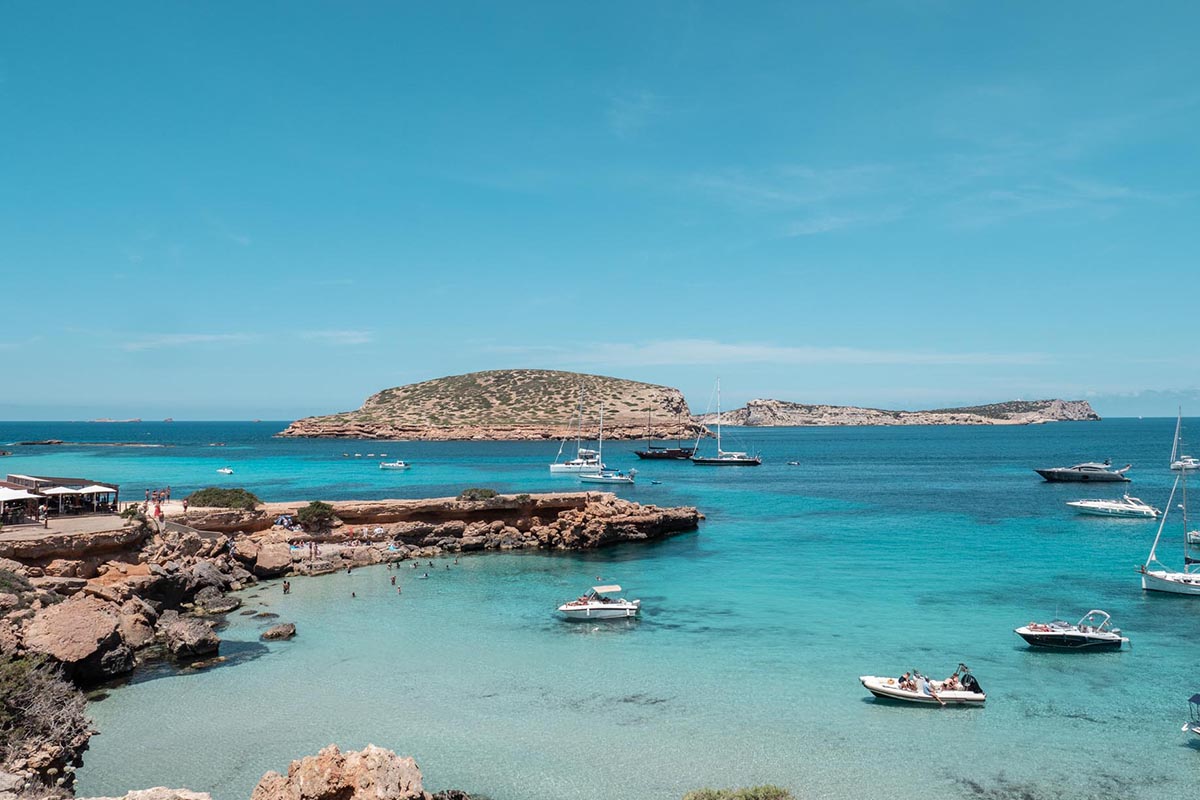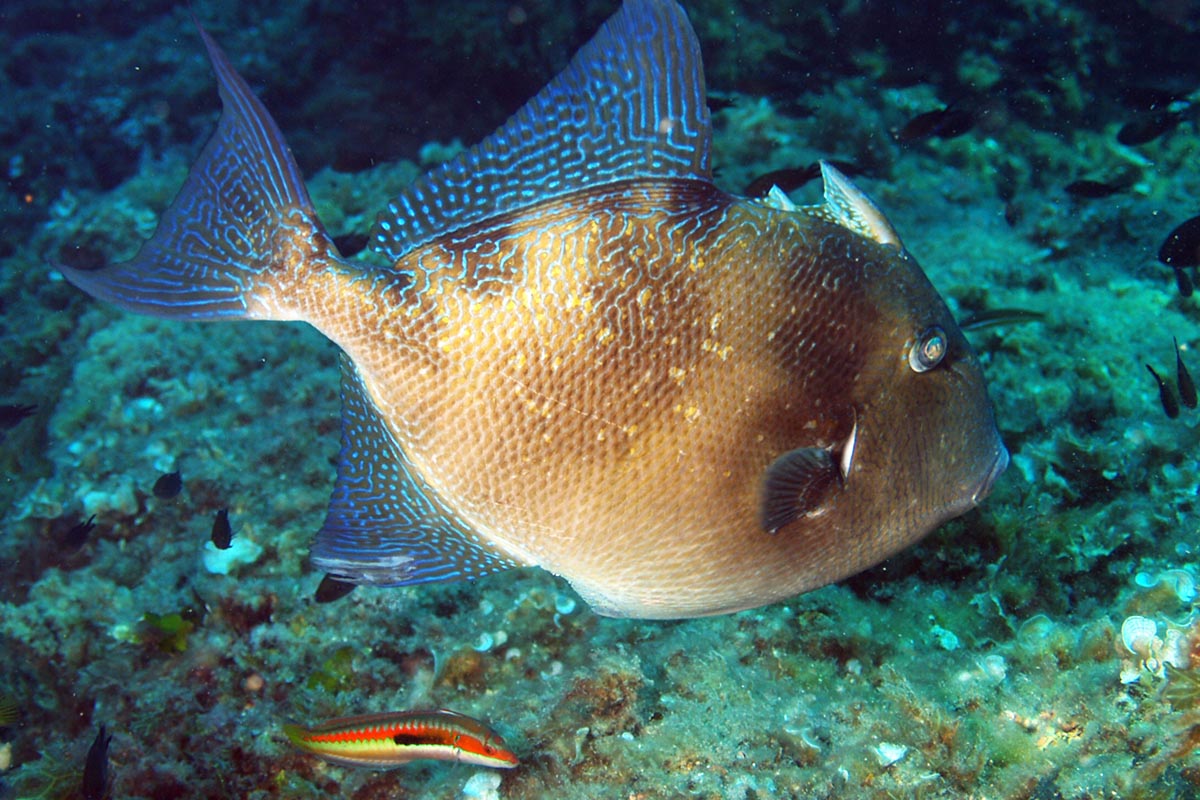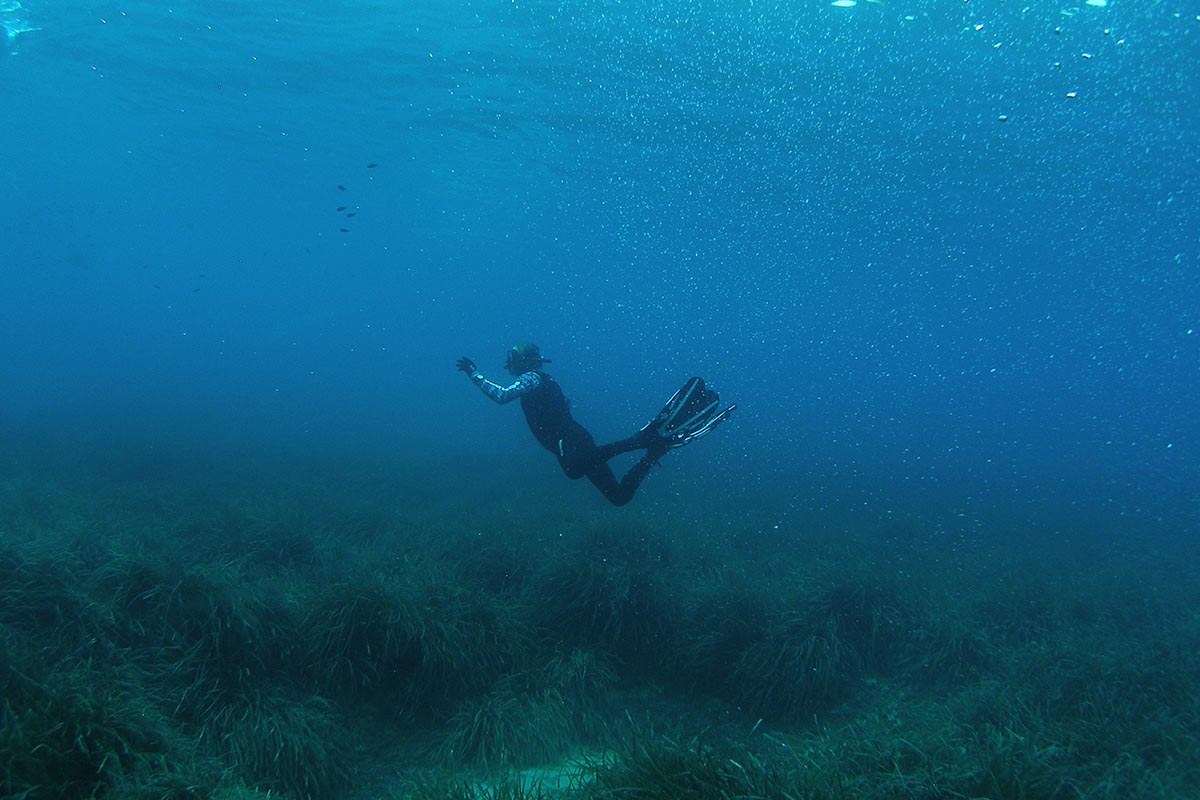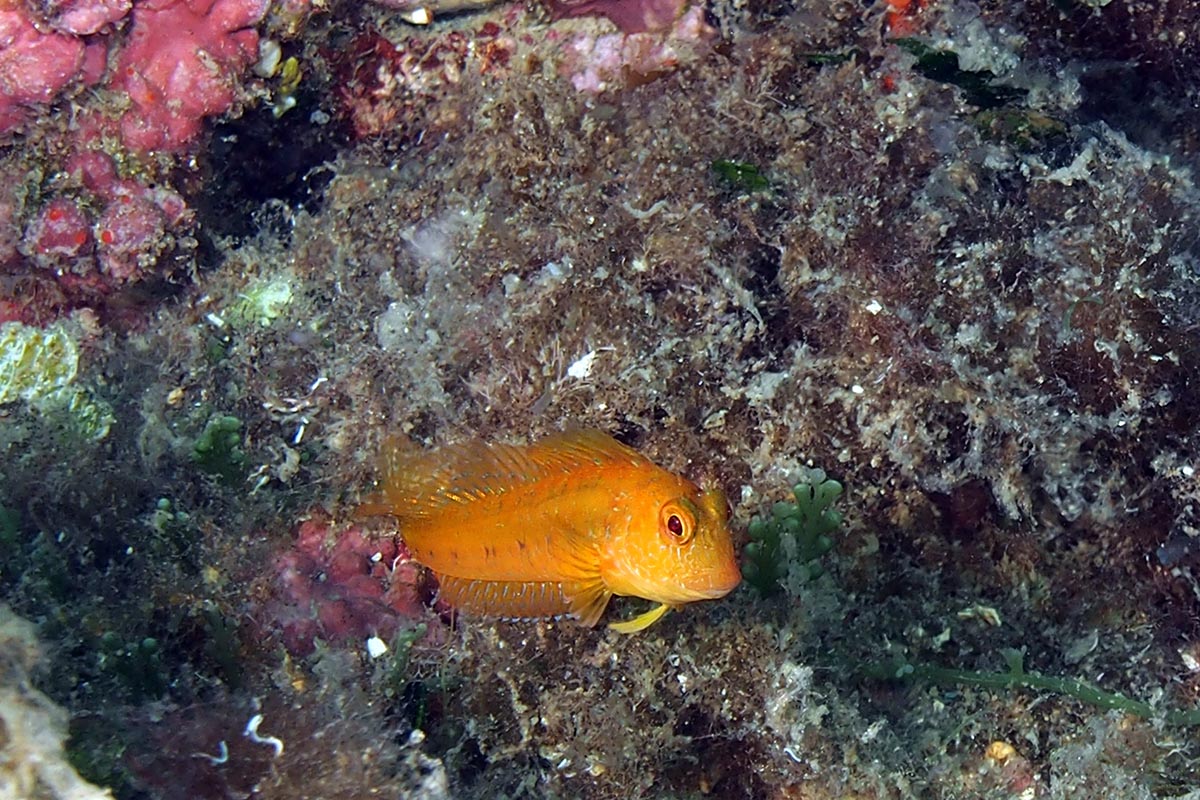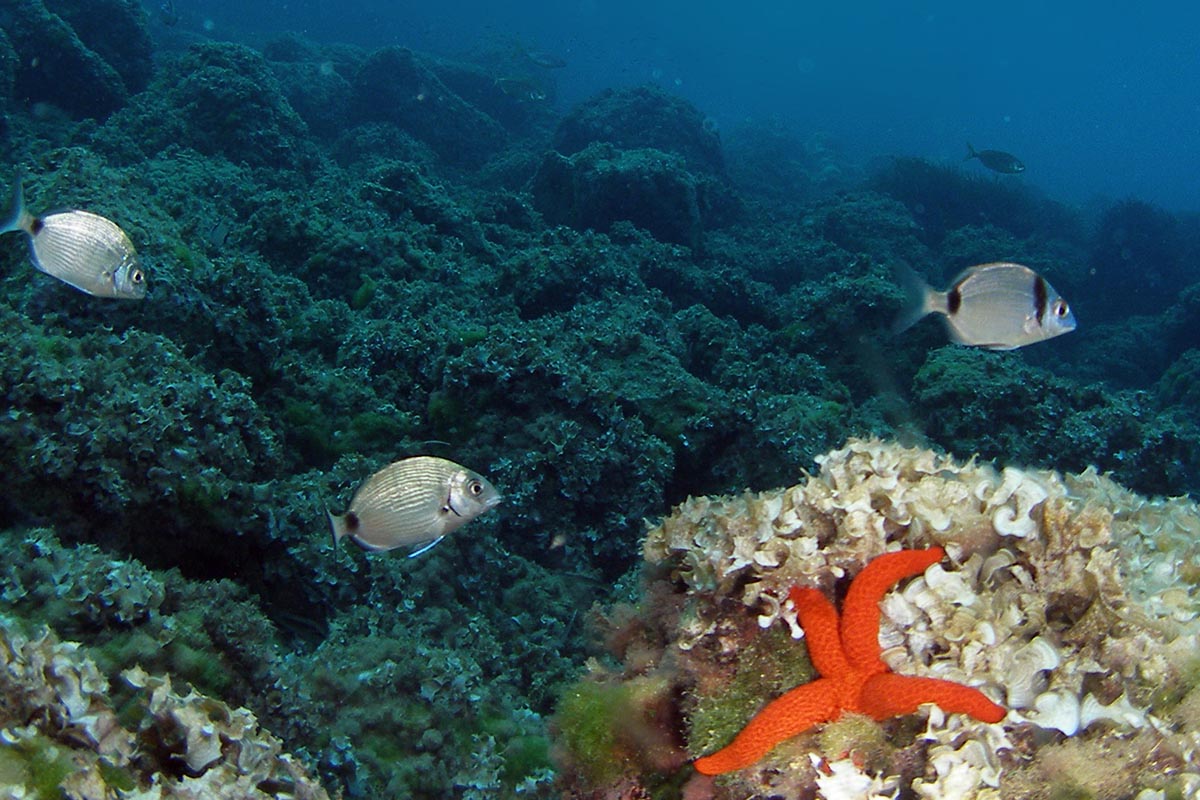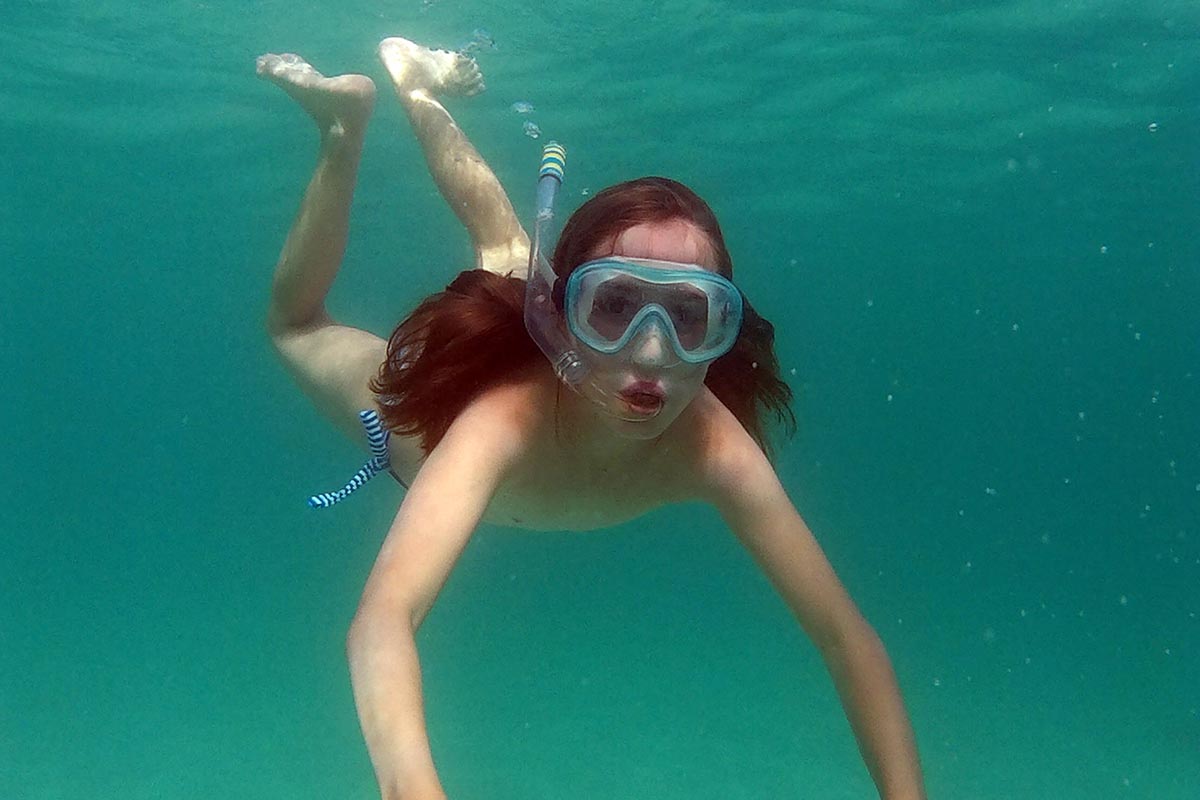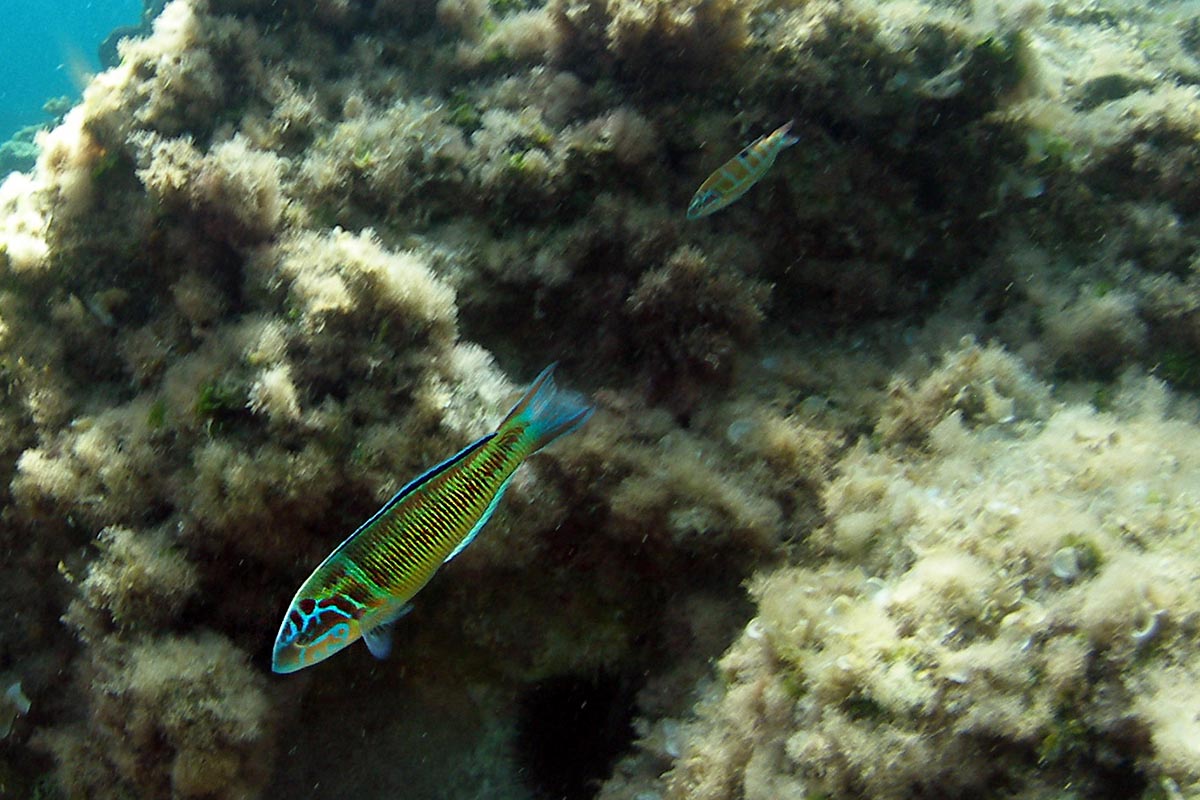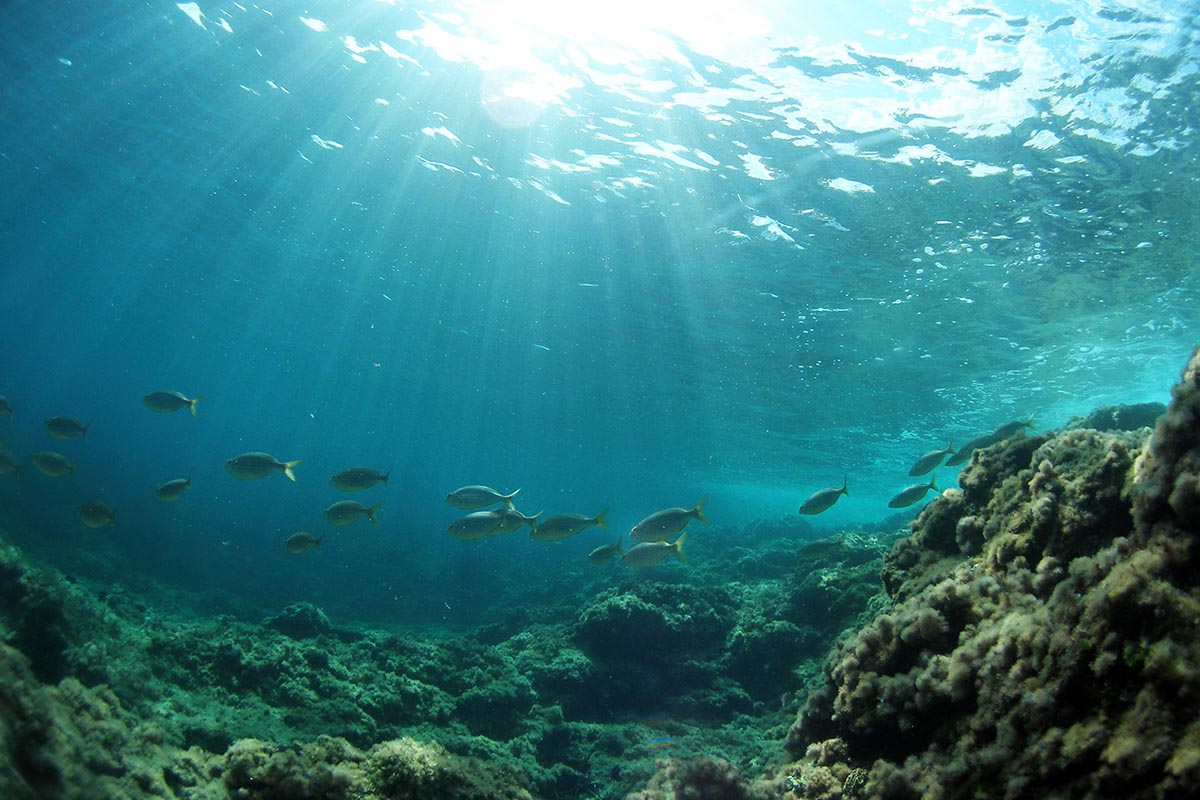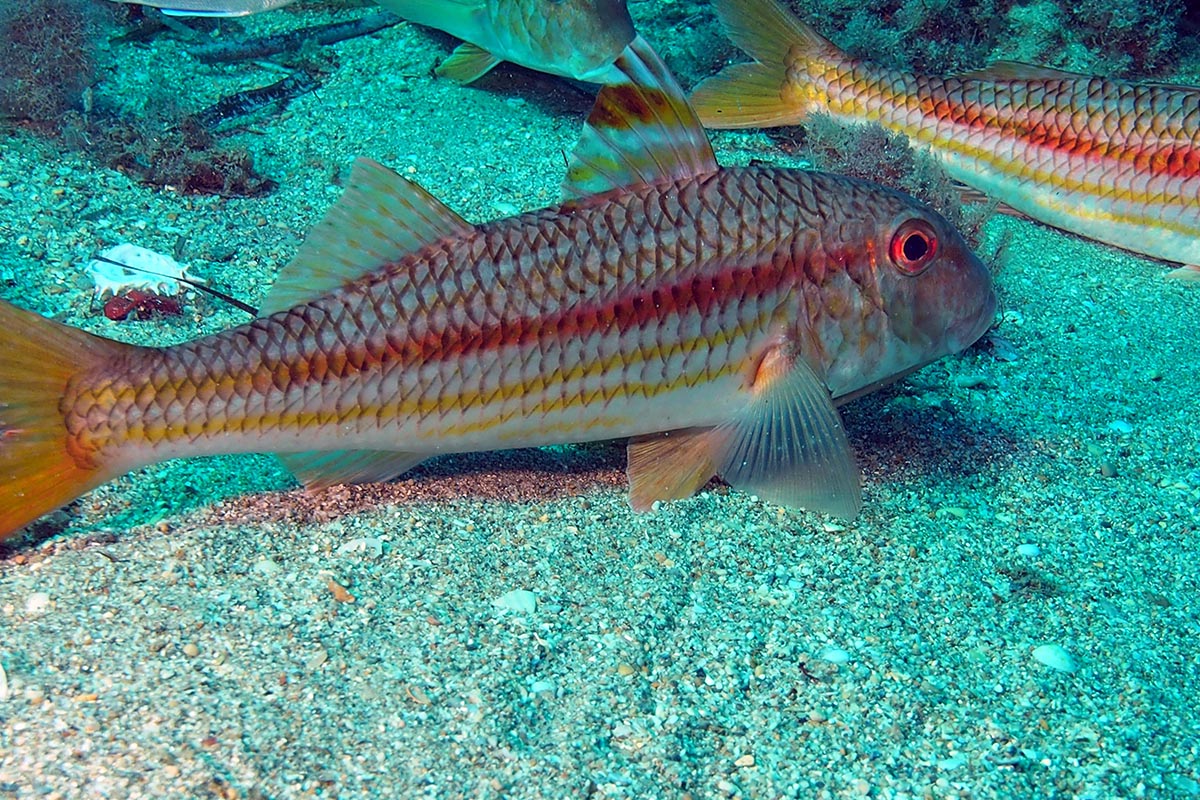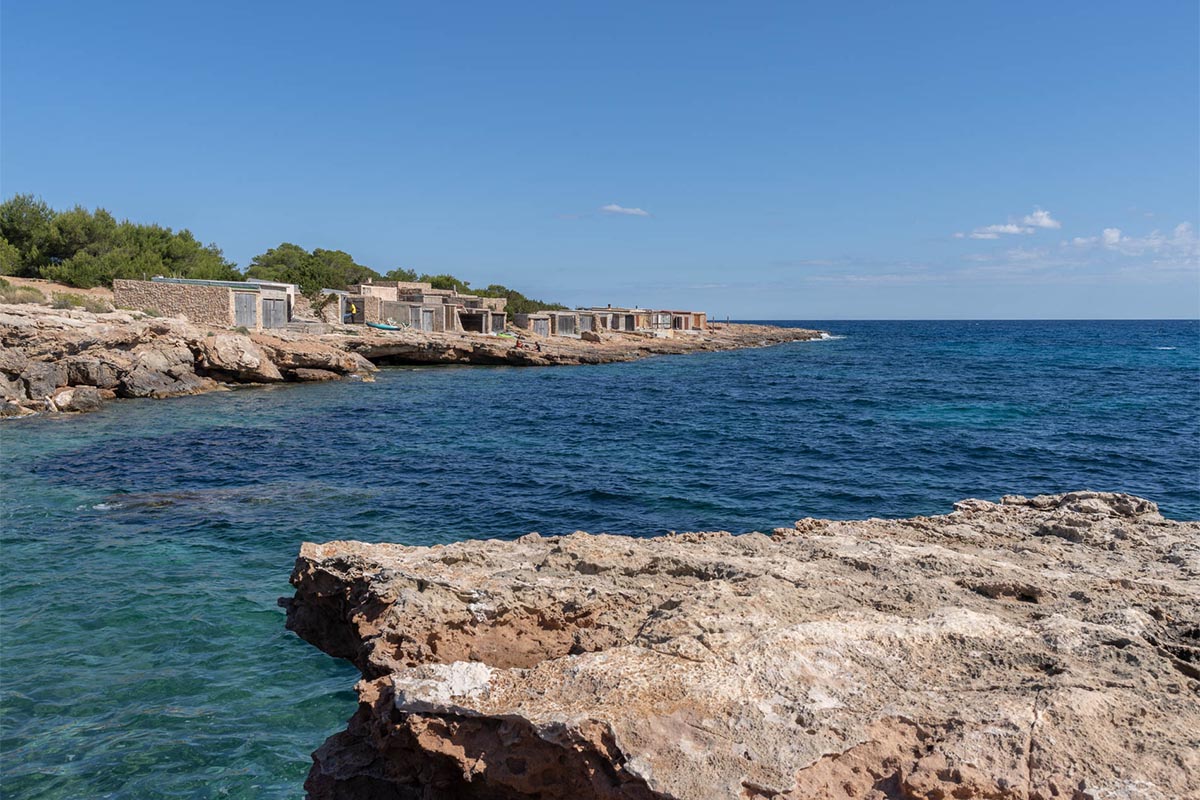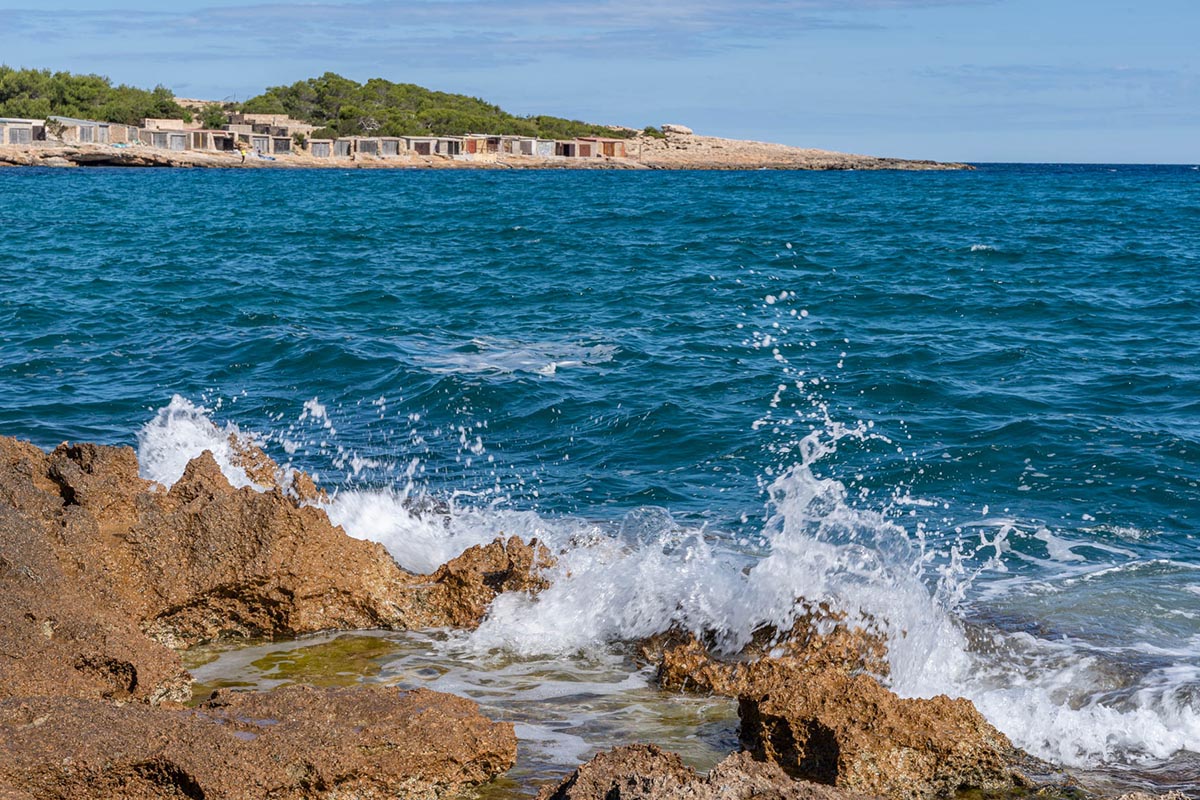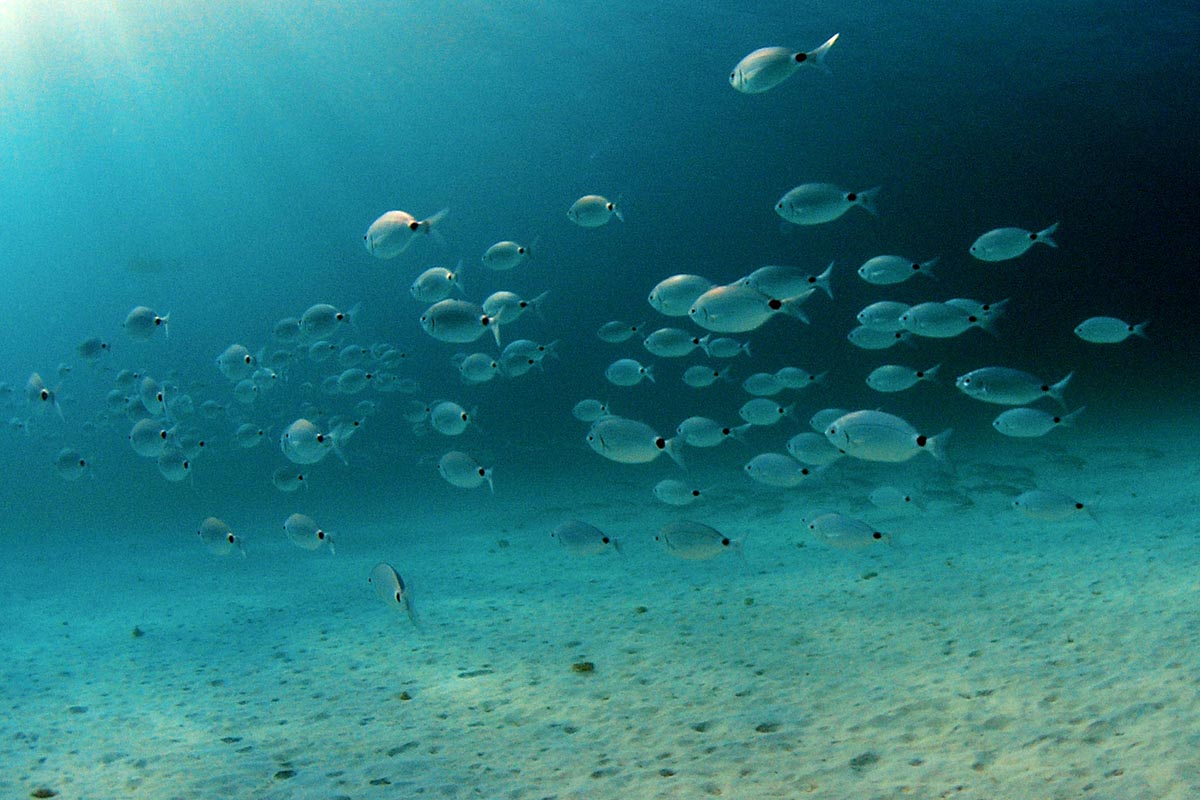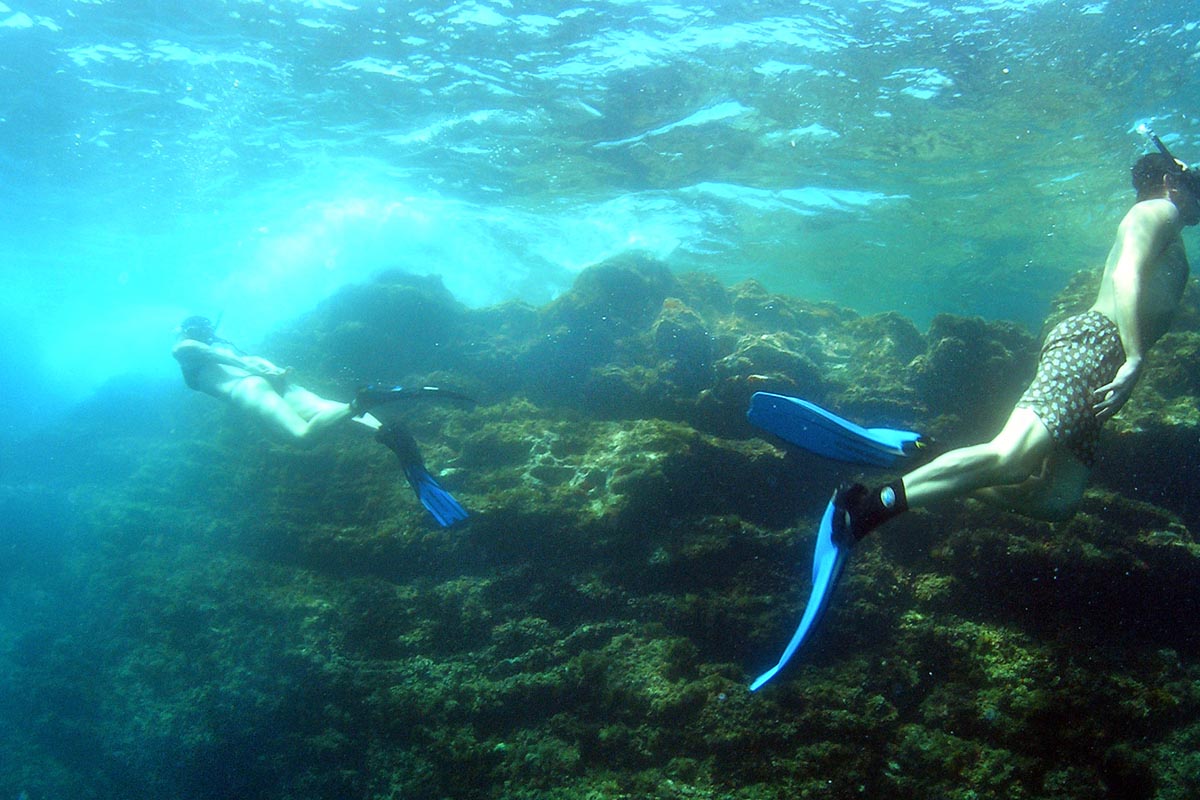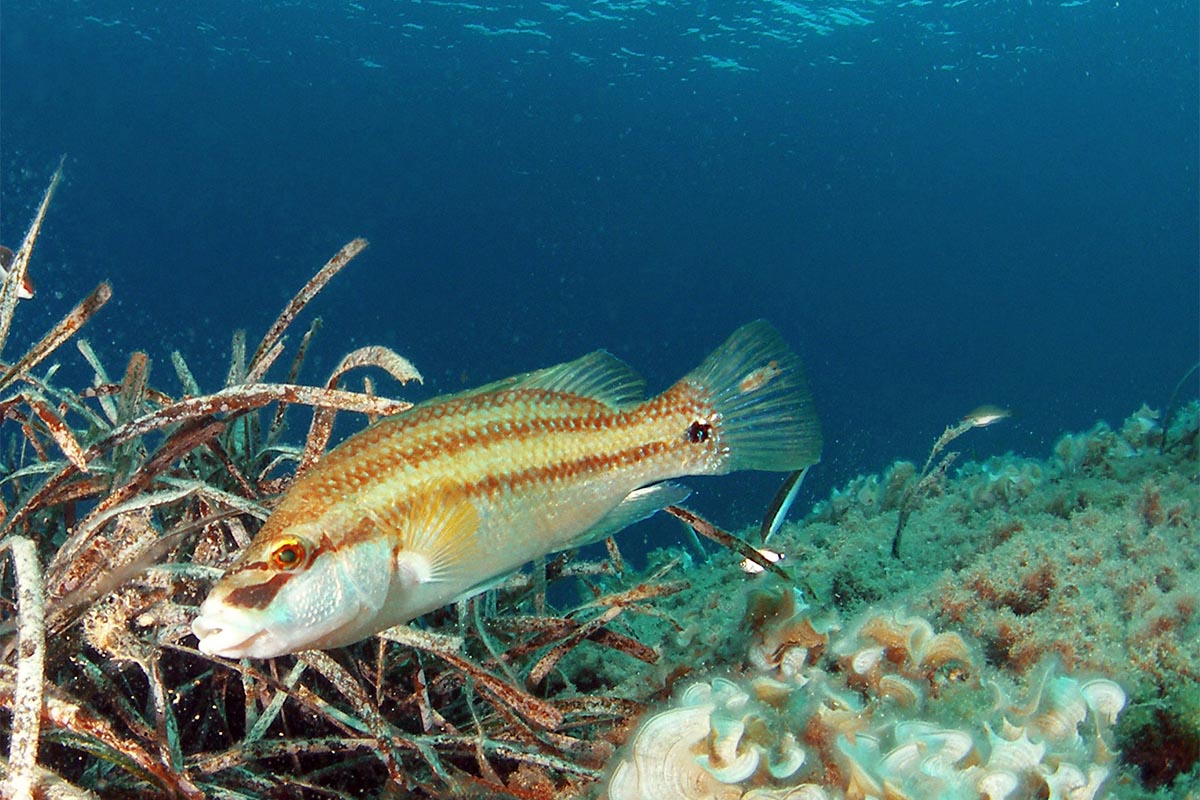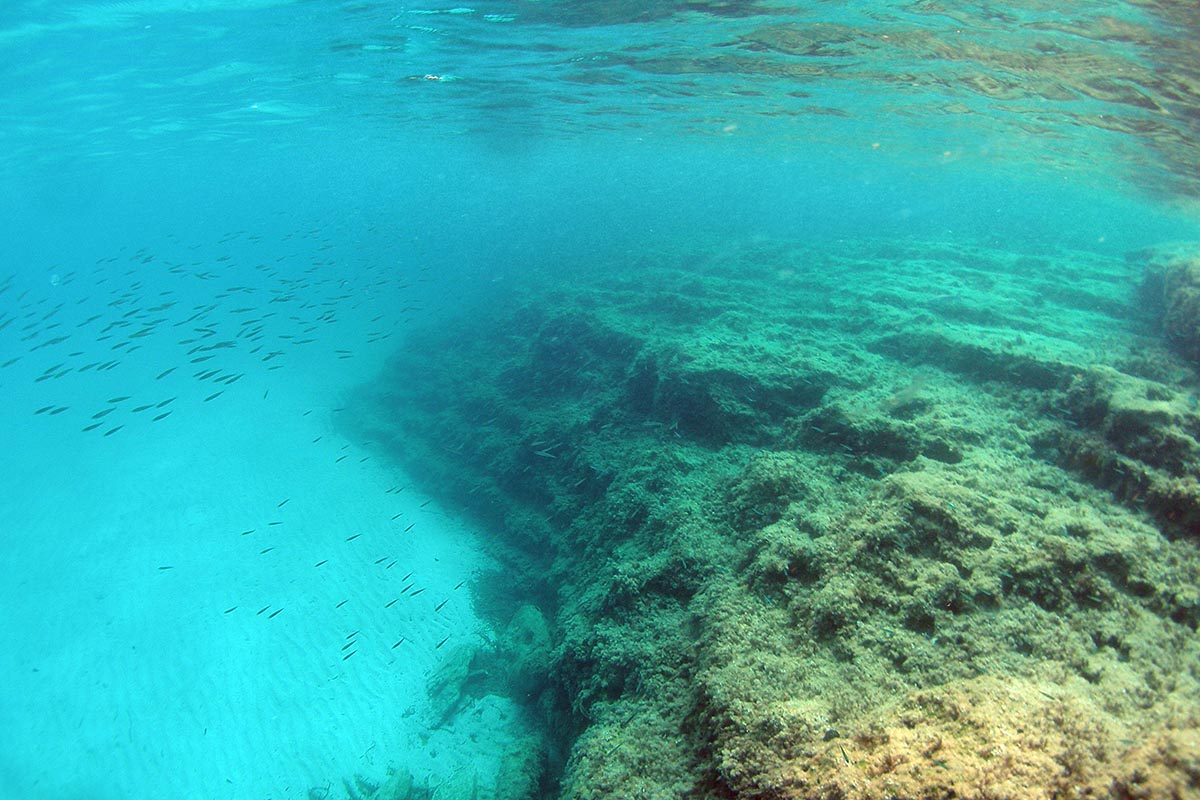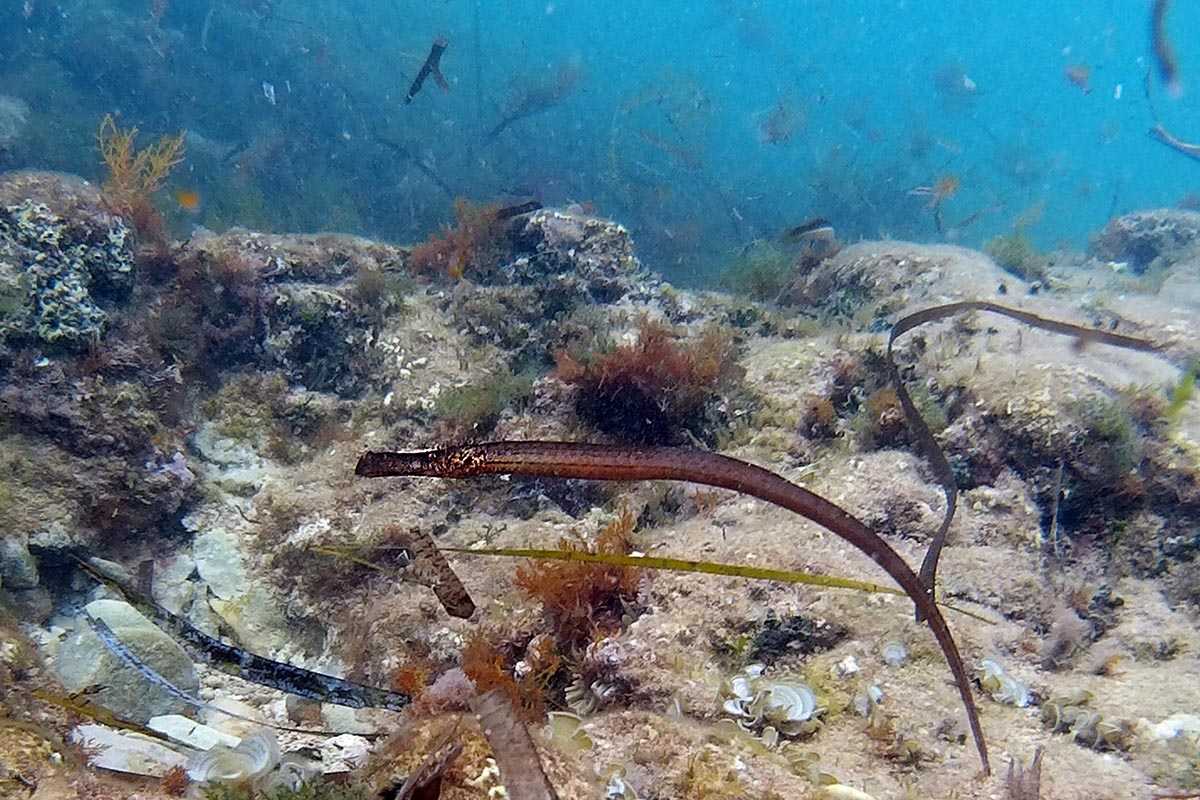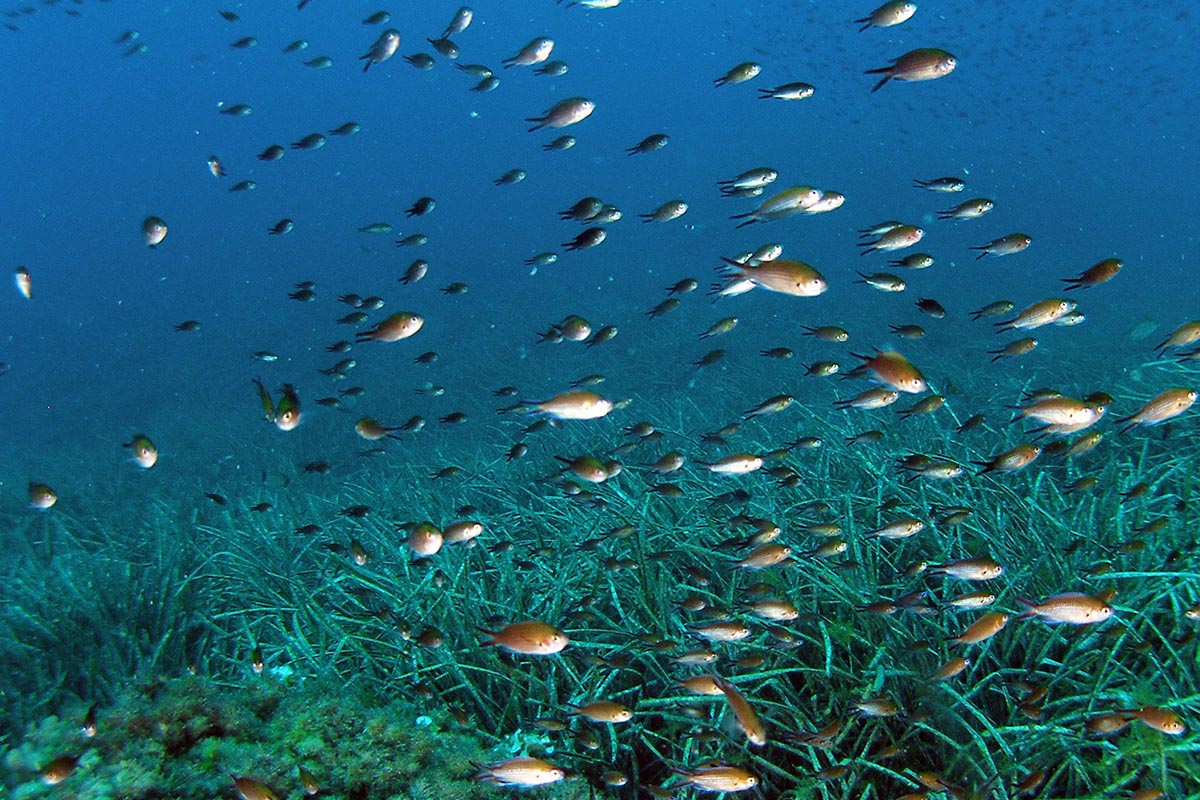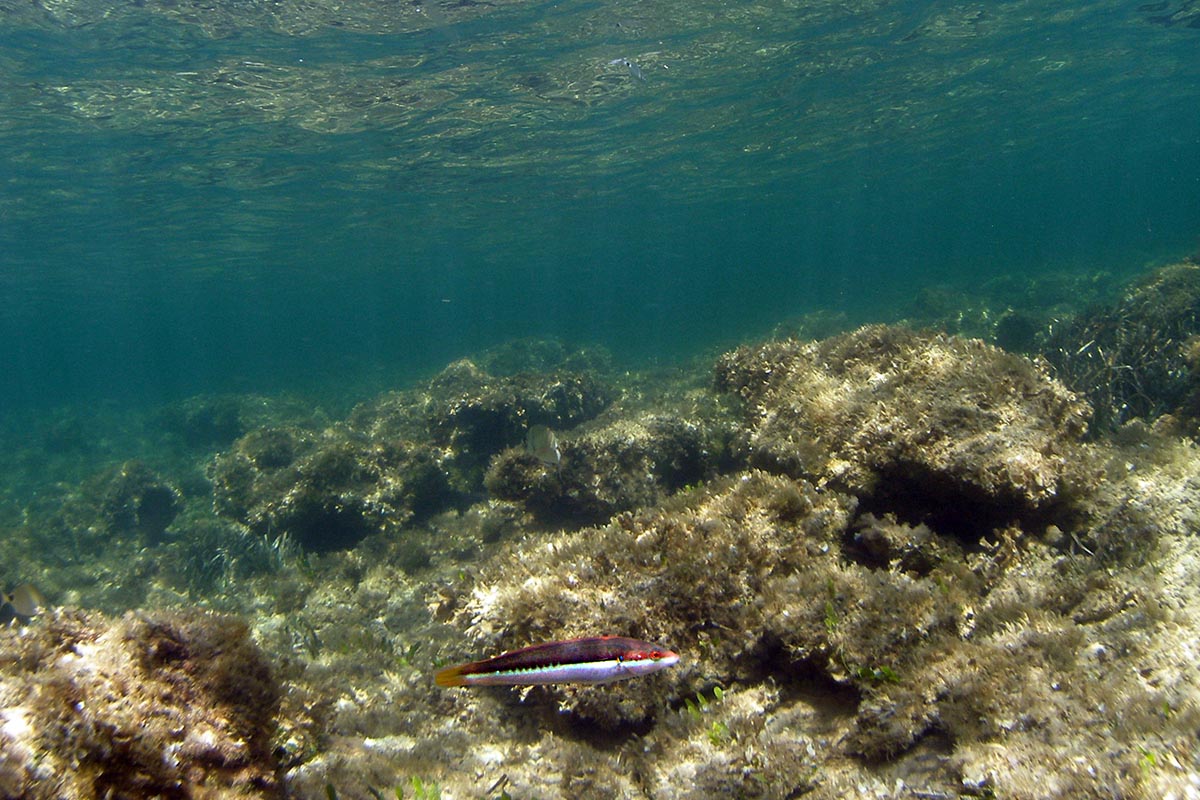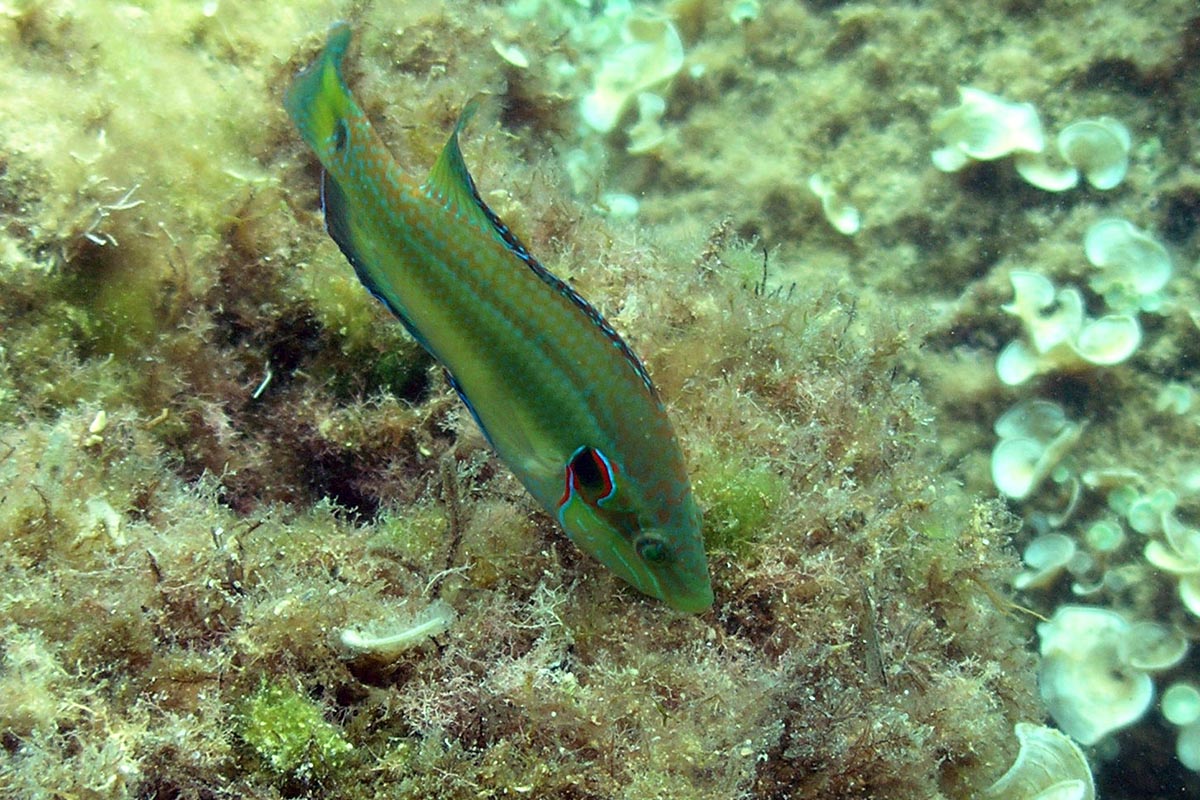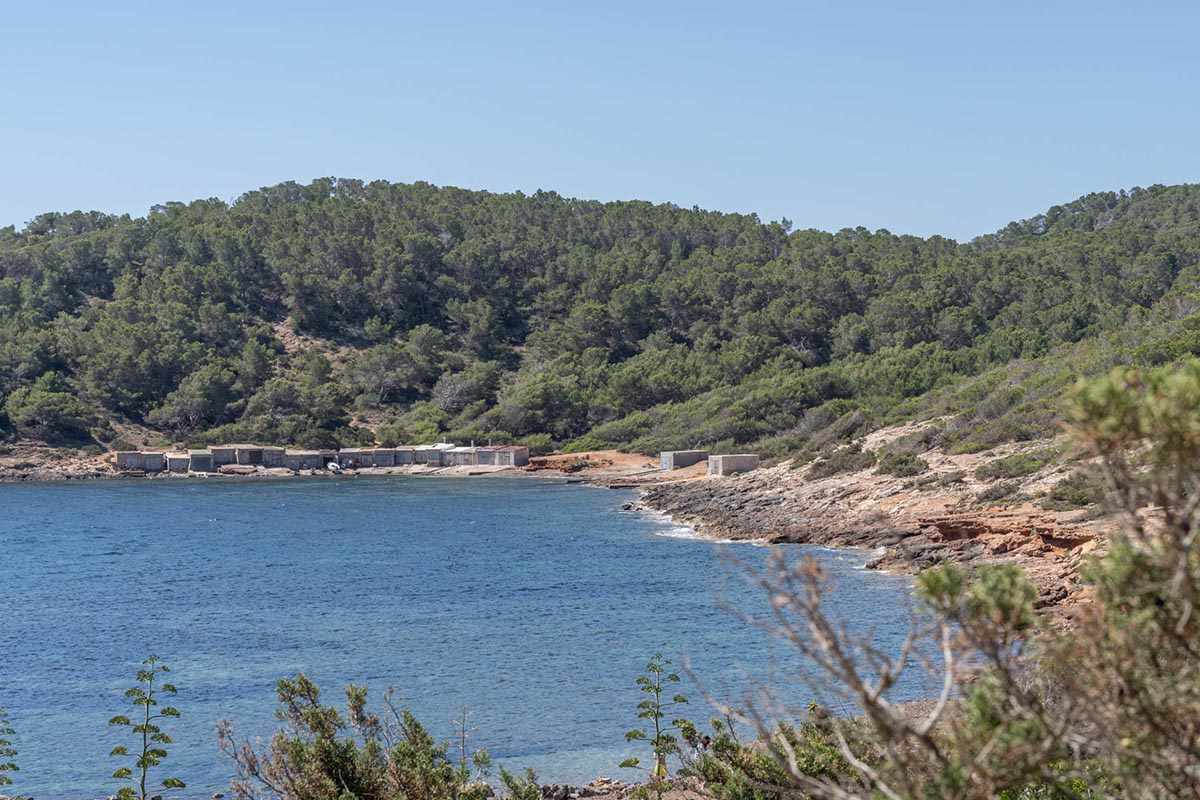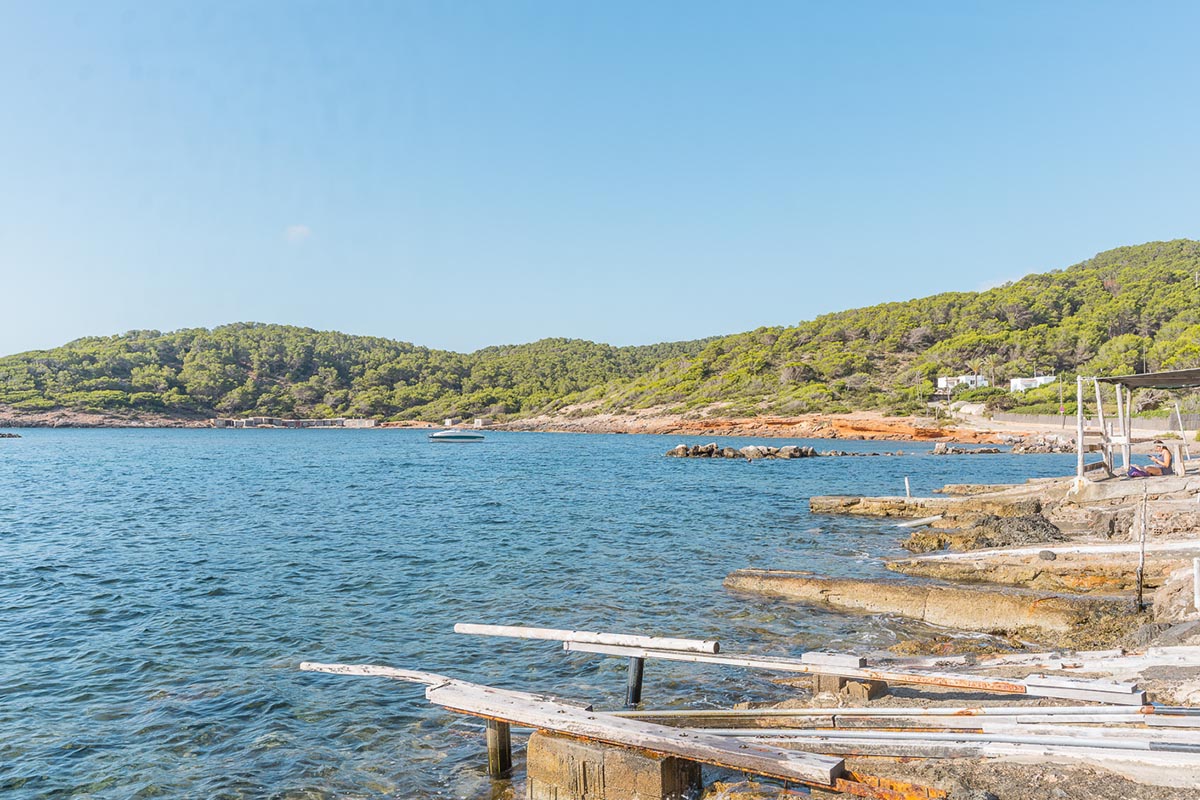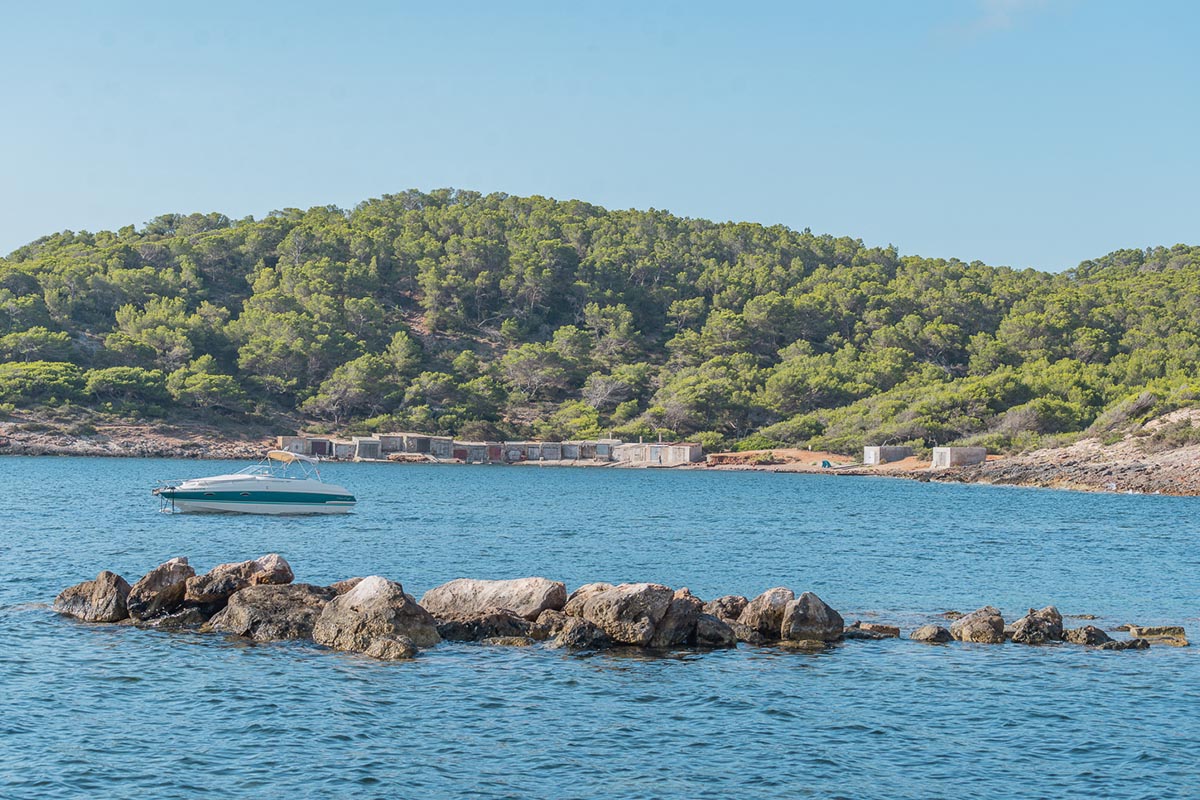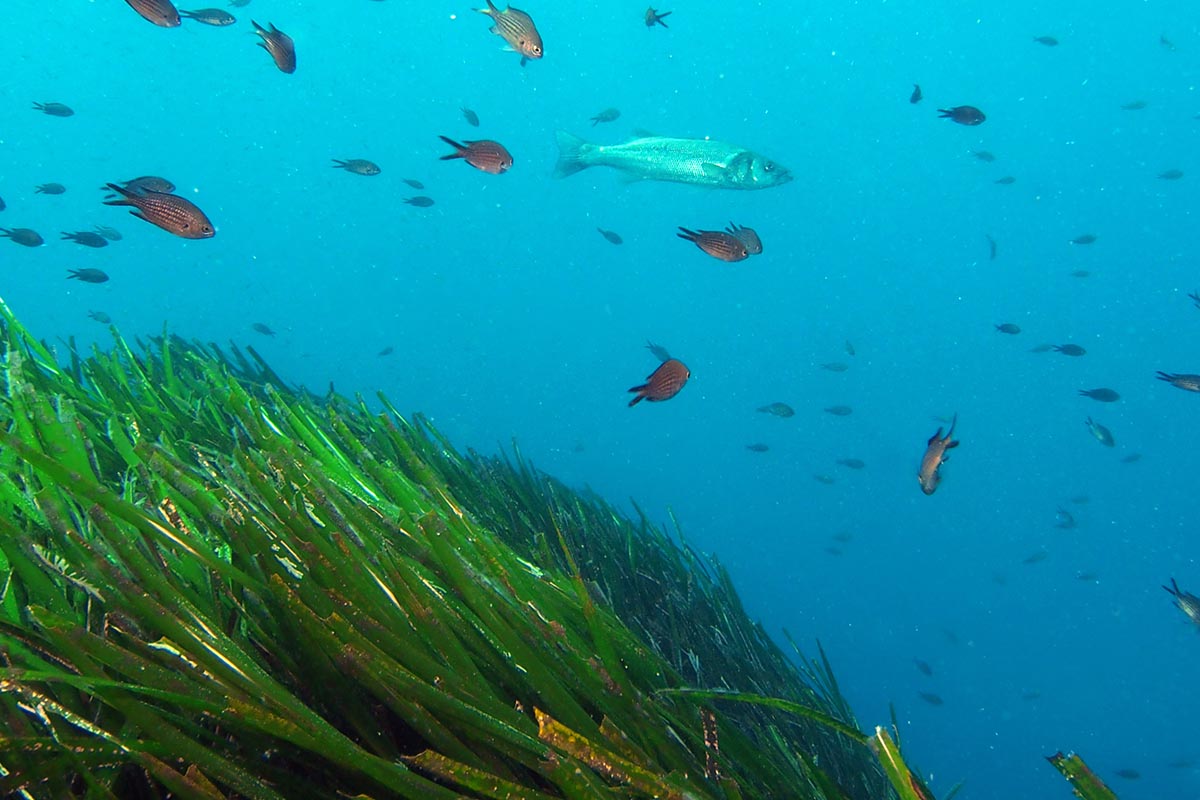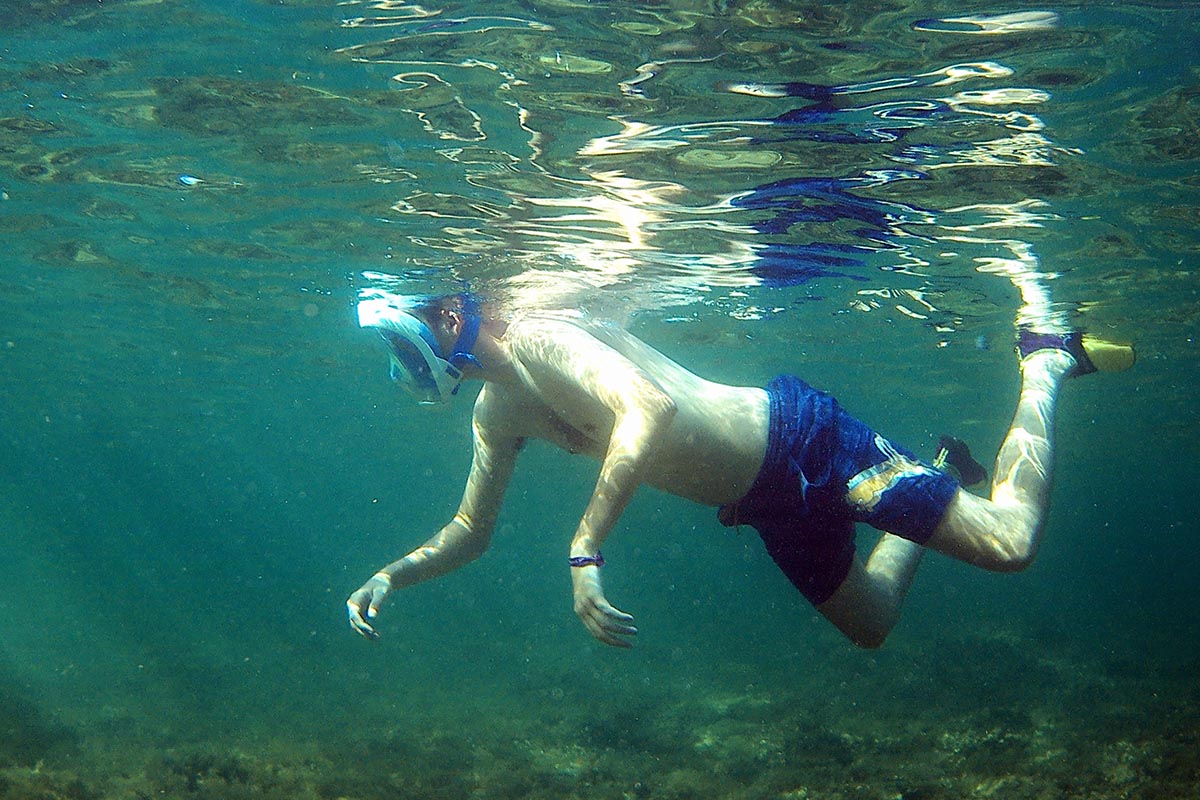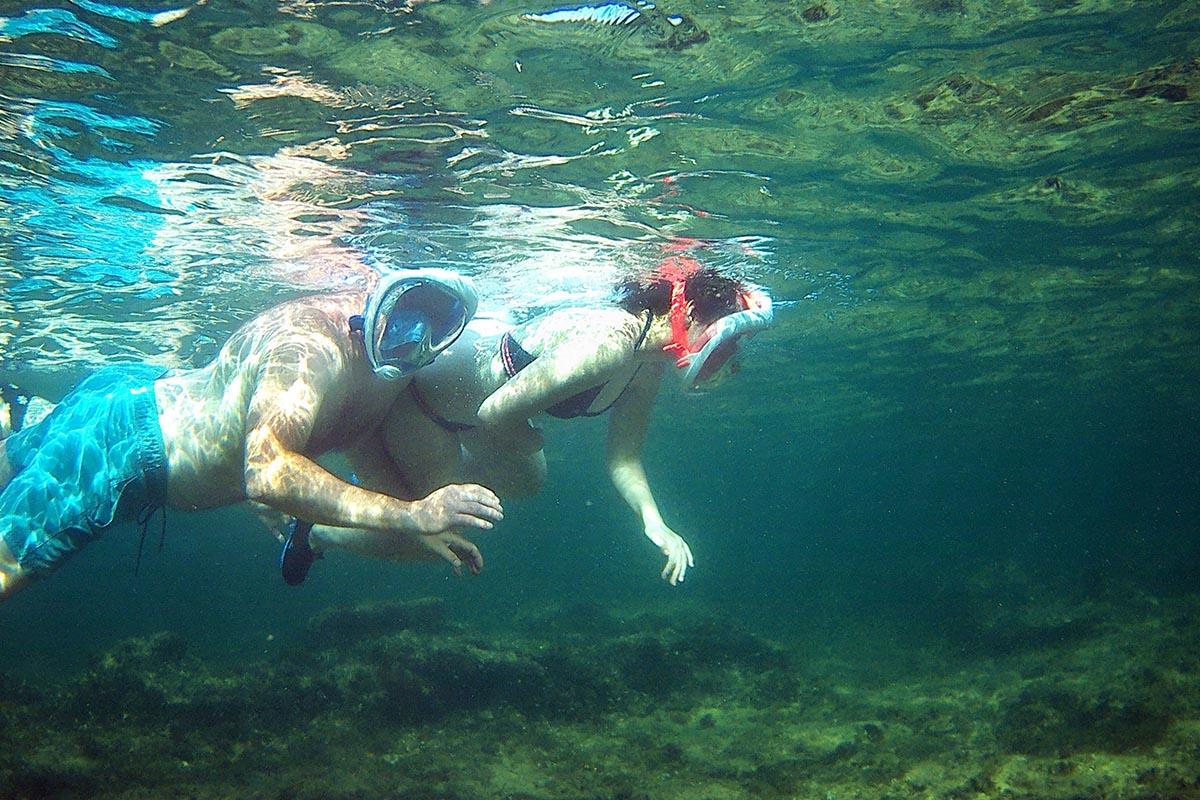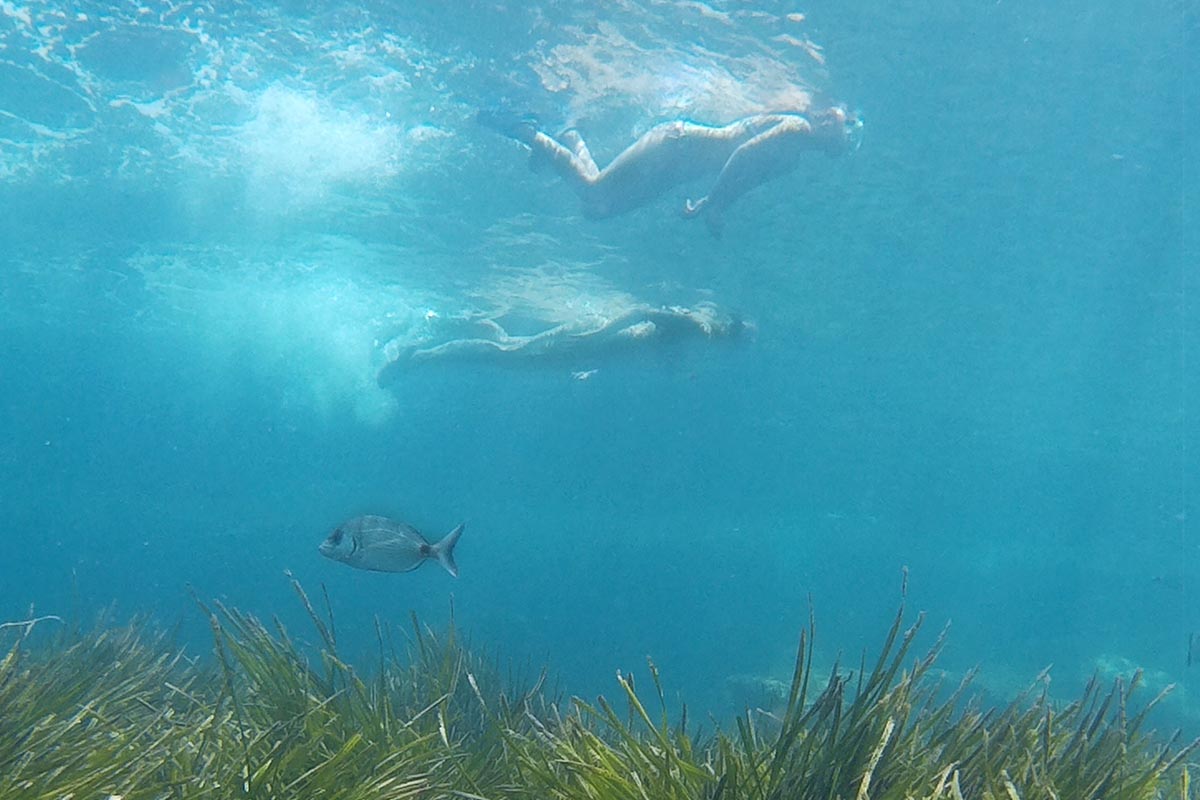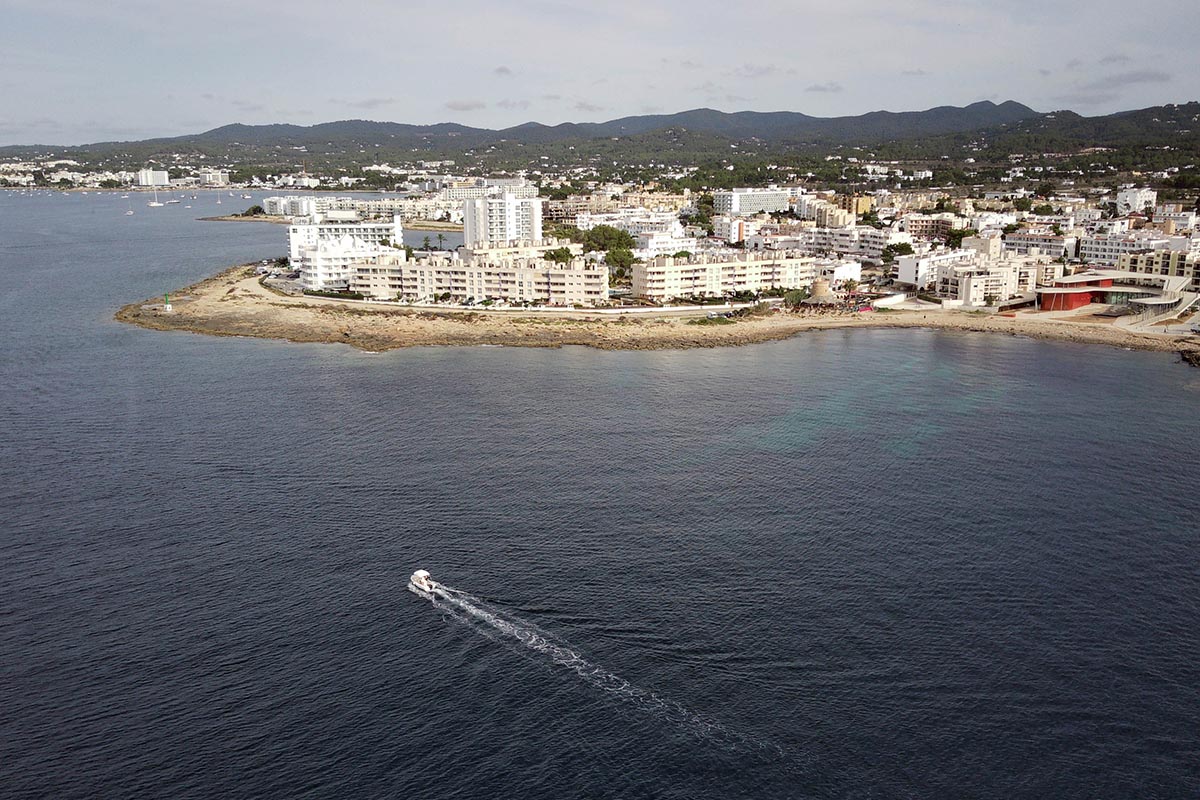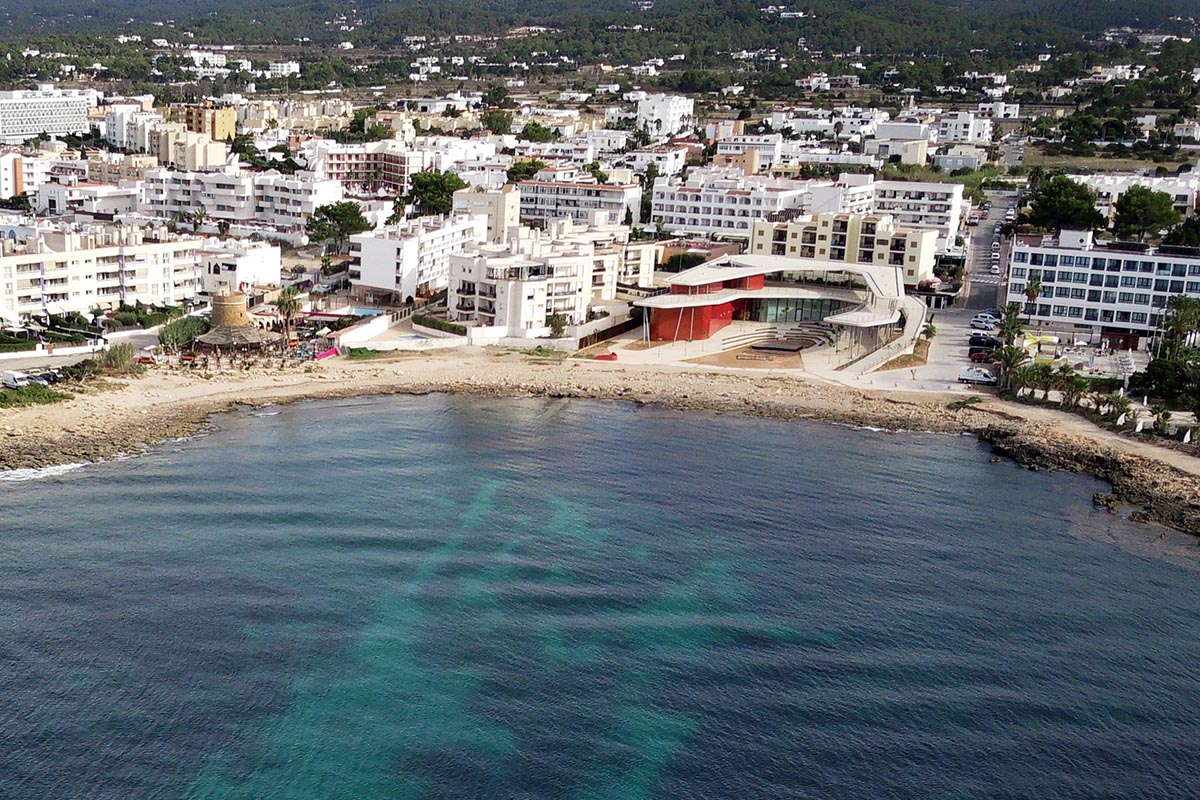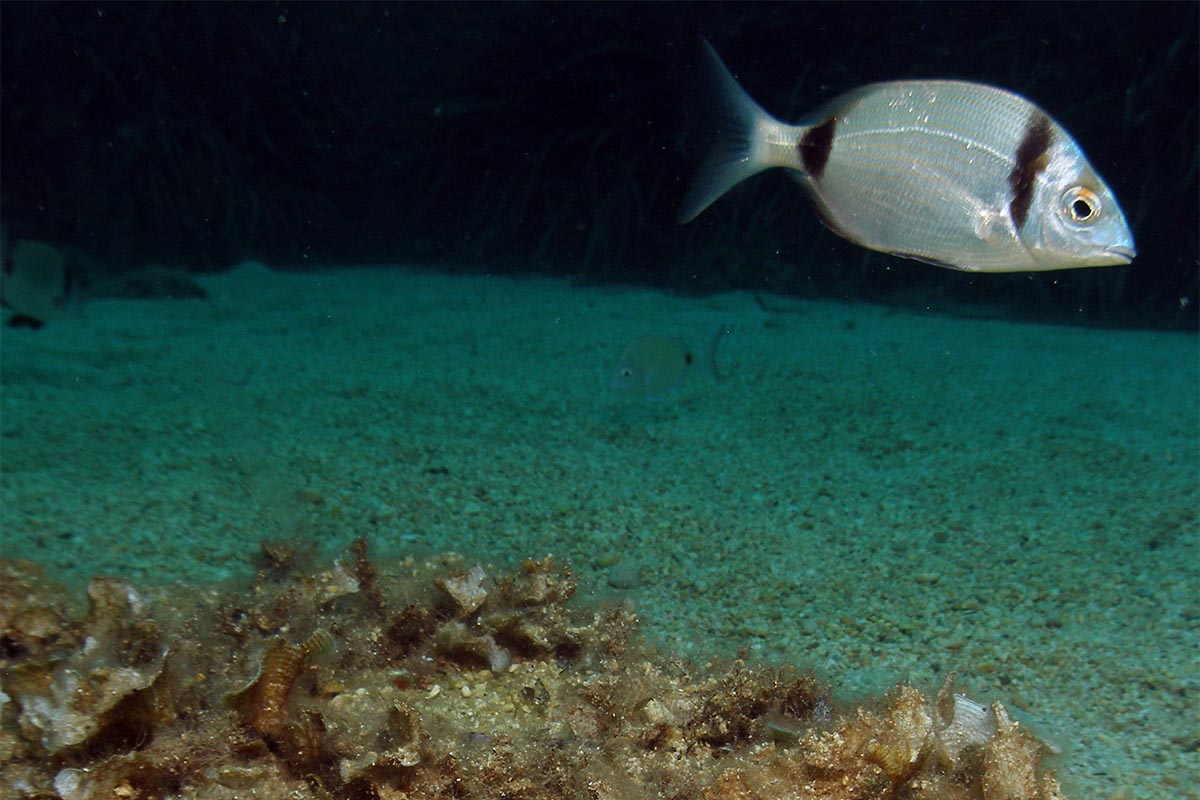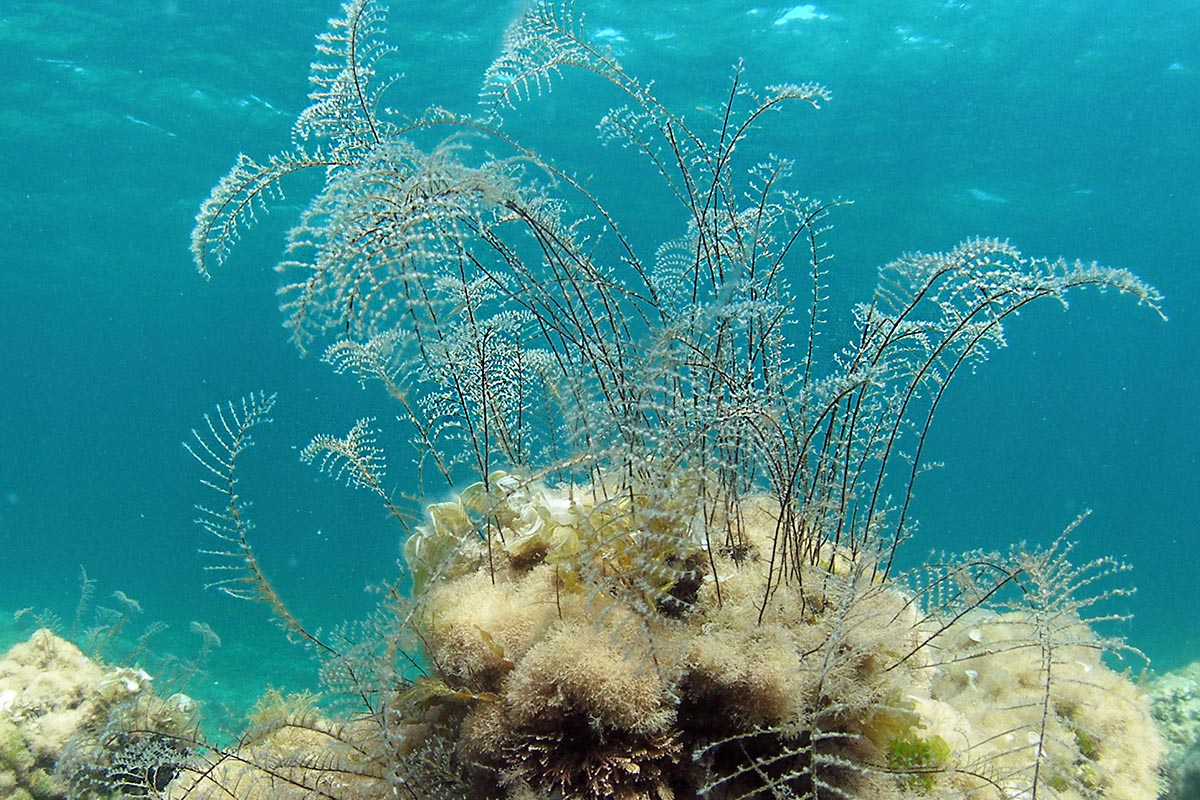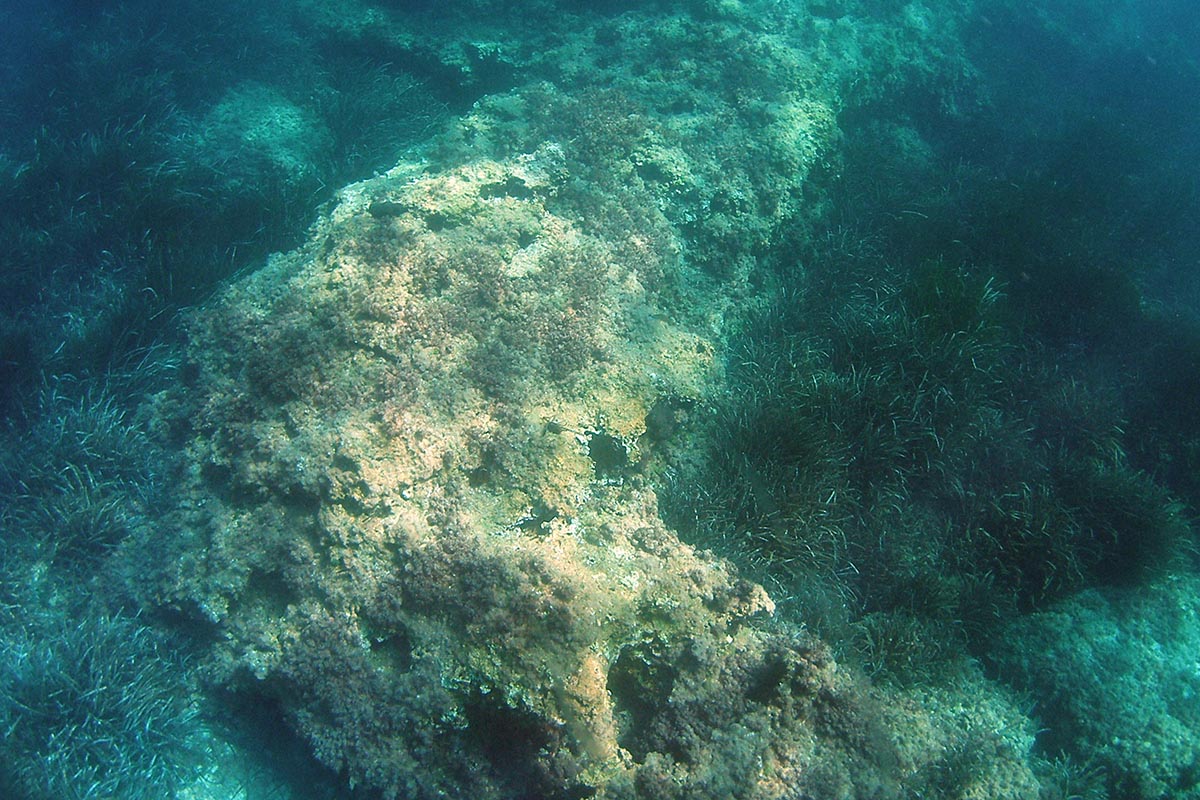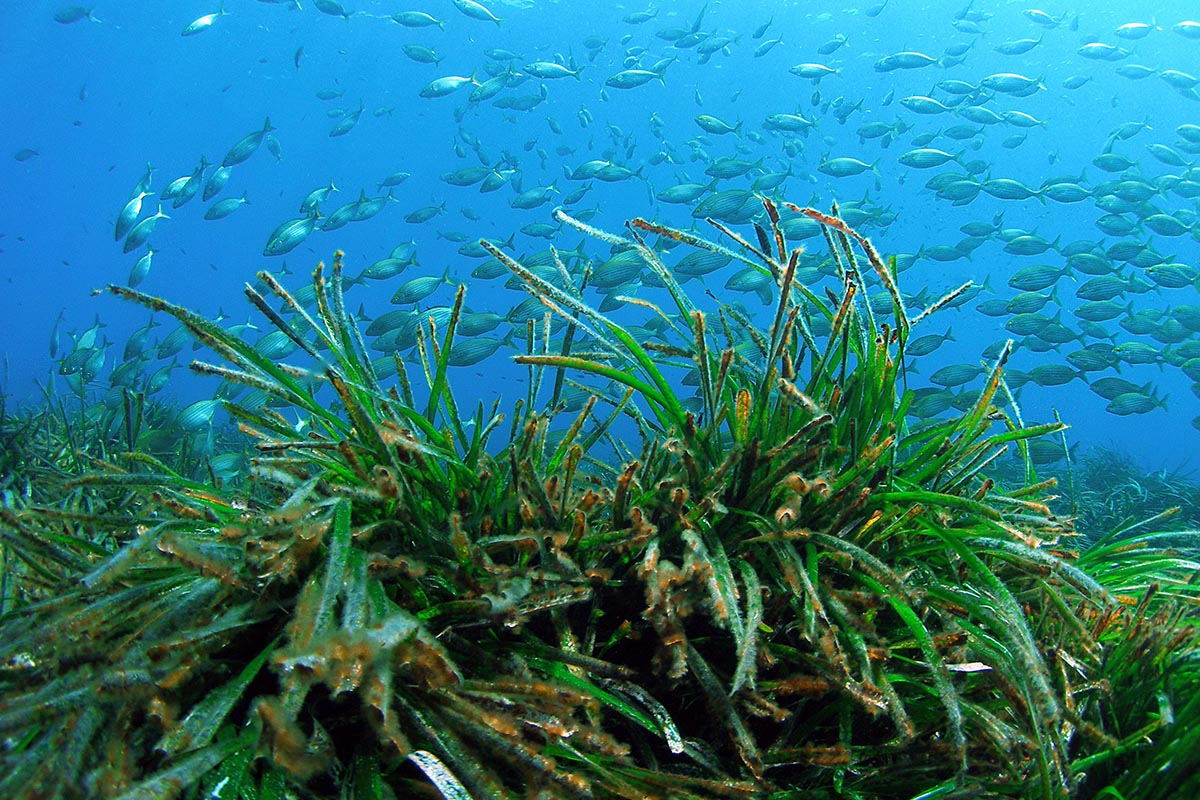
A Walk along the Western Cliffs of Sant Josep
In Ibiza, any time of the day is perfect for a walk – you know, one of those long hikes that bring you into contact with nature and when you get back you feel your batteries have been charged. But if you had to pick a time that was more special than any other, it would be the twilight, when the sky comes alive with colour and the heat gives way to cooler temperatures. For this reason, we propose a walking route along some of the most stunning coastal stretches in the municipality of Sant Josep. We are referring to the western cliffs that wind round the littoral from Cala Codolar to Platges de Comte, where the best sunsets of the summer happen every night. Without further ado, let us discover what the west of Ibiza has to offer.
Route map
Difficulty: Medium
Distance: 3,32 km.
Estimated time: 2 hrs .
Recommendations: Sport shoes and clothes, and water.
Using Sant Josep as our starting point, we’ll set off toward Sant Agustí. After passing the right-hand turning that goes up to the village centre, we come to another turning on the left that is signposted with the names of several nearby beaches, most of them with a westerly orientation. If we keep following the signs to Platges de Comte, about two kilometres before we get to that stunning array of beaches, we come to a left-hand turning signposted for Cala Codolar, the hidden cove that will be our departure point for this route.
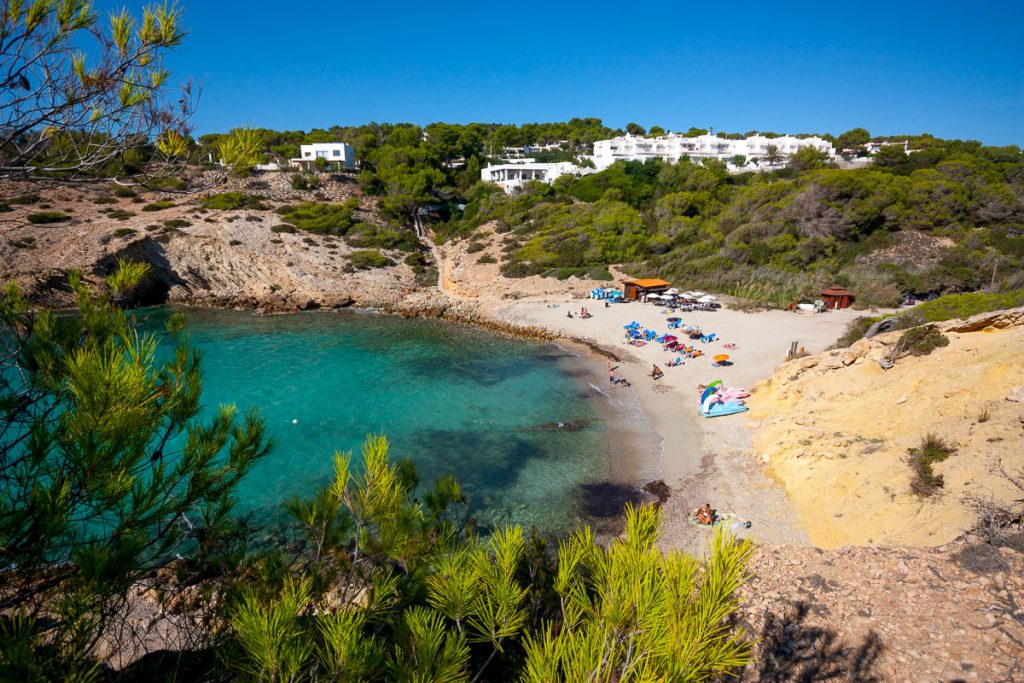
Before setting off, take some time to enjoy the beauty of Cala Codolar, an out-of-the-way cove far from the madding crowd and ideal for those who know how to appreciate the simple pleasures of small beaches. Its rustic charm is not eclipsed by the few services it offers and its waters are usually that clear blue so characteristic of this part of the island. A word of advice, wear a good sturdy pair of shoes because it’s well worth climbing up the south face of this beach to reach Cala Llentia, another even remoter beach that we wouldn’t want to miss.
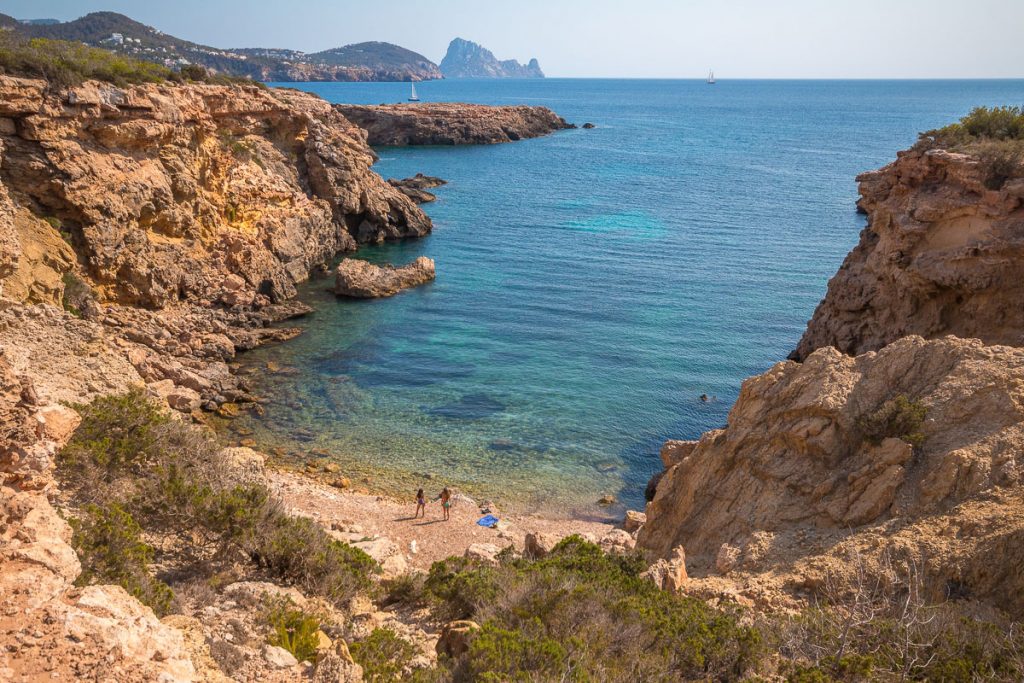
The appeal of Cala Llentia rests in the fact that it cannot be accessed by land vehicle as there is no passable road. As a result, the cove has remained unspoilt. It is located on a hidden inlet between the cliffs that go from Cala Corral to Cala Codolar. The cliffs themselves make a wonderful lookout point with views over the Mediterranean and Es Vedrà offshore to the south. On clear days you can even see the coast of Dénia in the distance. It naturally lends itself as a place from which to contemplate the sunset in the early days of summer and at summer’s end. From the cliffs there is a small path that leads down to the stony shores of Cala Llentia, a beach of rounded stones and crystalline waters which, with a bit of luck, will be all yours. The scene is made complete by the fisherman’s huts that line the cove and give it that rustic Ibicenco feel.
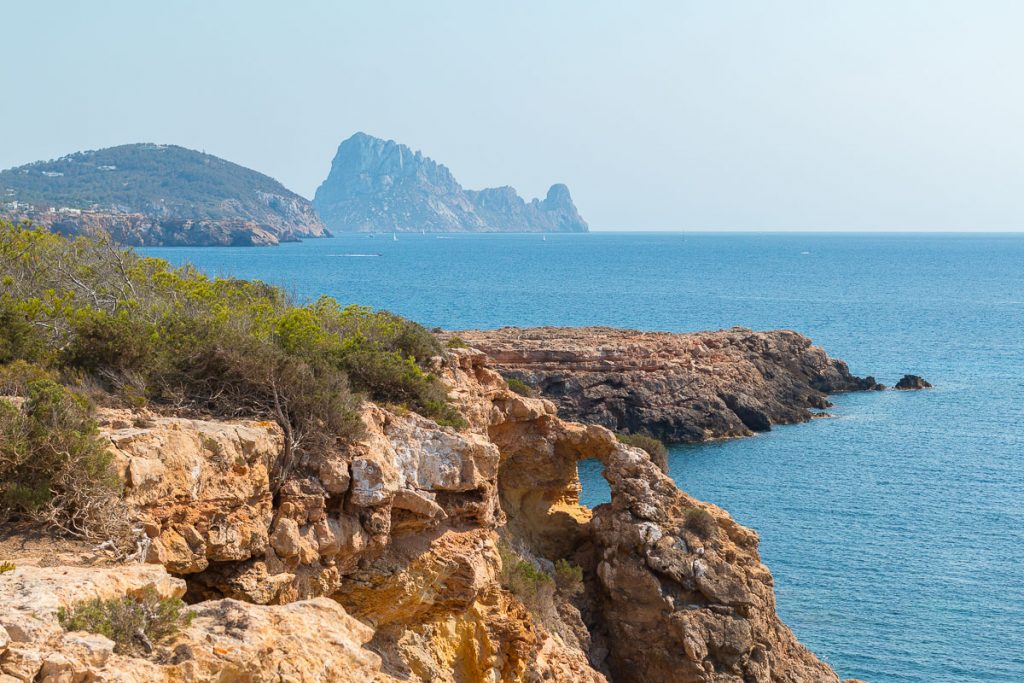
Backtracking to Cala Codolar, we will continue on to the next beauty spot. This time we’ll be heading north and cutting across the housing development at Puig des Dofí. On the other side we keep following the coast to reach sa Figuera Borda, a bay whose charm will captivate you when viewed from above. The best part of this spot is the enormous cave under the cliffs, an aperture that spans the rock face from side to side, creating the perfect niche from which to contemplate the views over s’Espartar, the islet just opposite. To get down to the cave, you’ll find a ladder on the north side of the bay that leads to the fisherman’s huts built in the shelter of the hollow. This place is quite unusual and it’s nice to hang out for a bit on its rocky ledges, whether for a dip or a snorkel or just to take in the seascape from inside the cavernous nook.
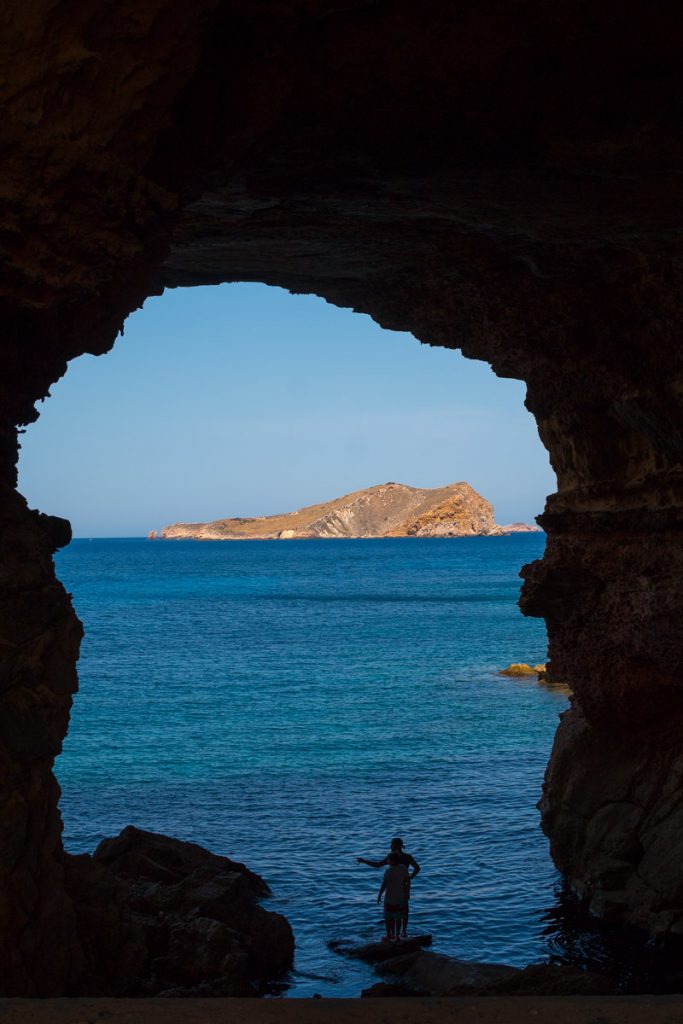
Once you climb back up, you will undoubtedly marvel anew at the panoramic view off the western horizon with s’Espartar in the offing. This islet is known as being one of the places where esparto grass was harvested in days gone by. And, although this custom has fallen into disuse, you still get the occasional esparto grass picker who has a permit and keeps the tradition alive. The stretch of cliffs we are traversing is known as Ses Roques Males and here we find a road that leads directly to the series of beaches known as Platges de Comte, where we will conclude our walk.
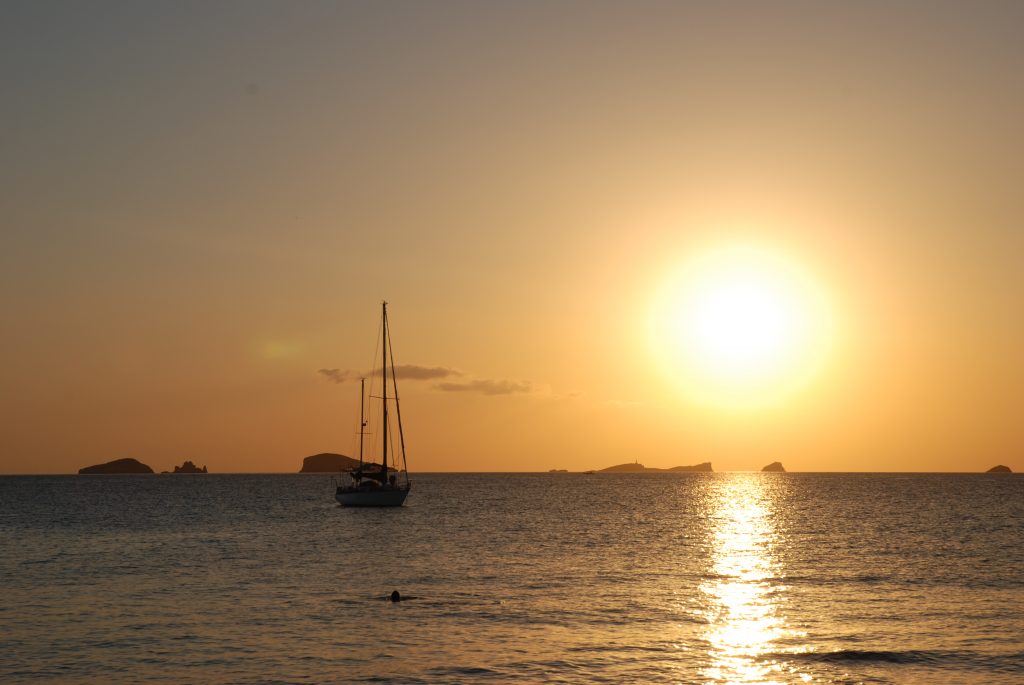
If we skirt the coast, the first of Comte’s beaches that we come to is Racó d’en Xic, a small sandy inlet bathed by clear placid waters. Next, following the cliffs, we find the western beach (playa de poniente), the favored spot for watching the solar disc drop into the sea and slide below the horizon. The next beach over is called Tramuntana and, while it is not oriented toward the part of the sea where the sun sets, it is equally beautiful and affords the best vista of s’Illa des Bosc, the nearest of Comte’s offshore islets. In the distance, we also see the Illots de Ponent (Western Isles), which, along with Es Vedrà and Es Vedranell comprise one of the area’s most important Nature Reserves.
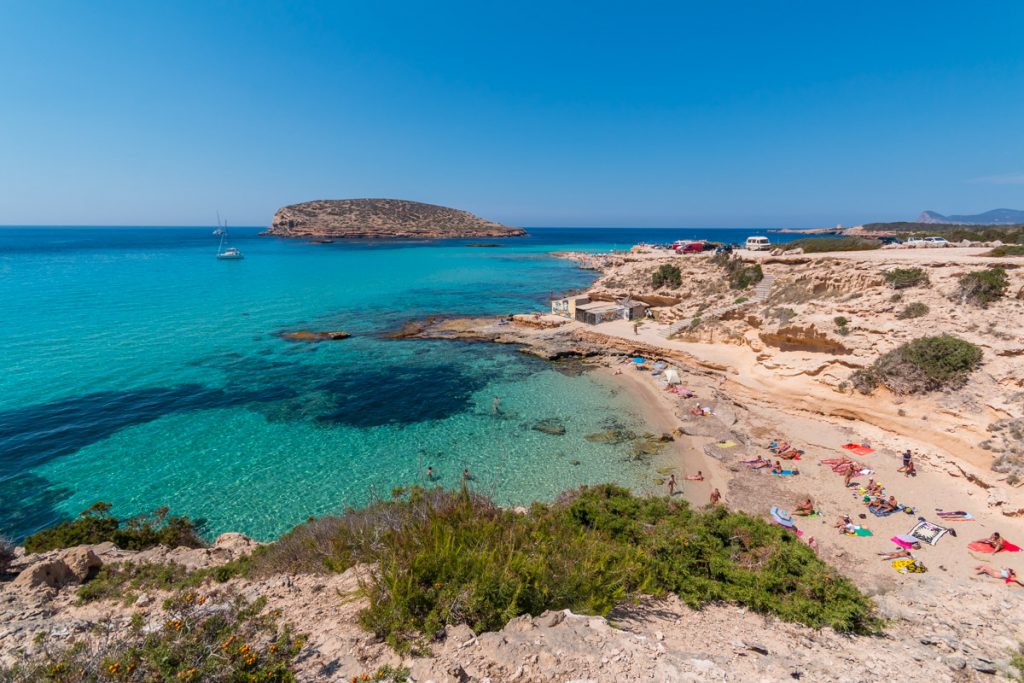
Finally, after having traversed the dunes, cliffs and beaches on our walk, it’s time to find a seat, whether on the sand or perched on the rocks above the western beach (playa de poniente), and get ready to take in one of those spectacular sunsets that Platges de Comte are famous for.
